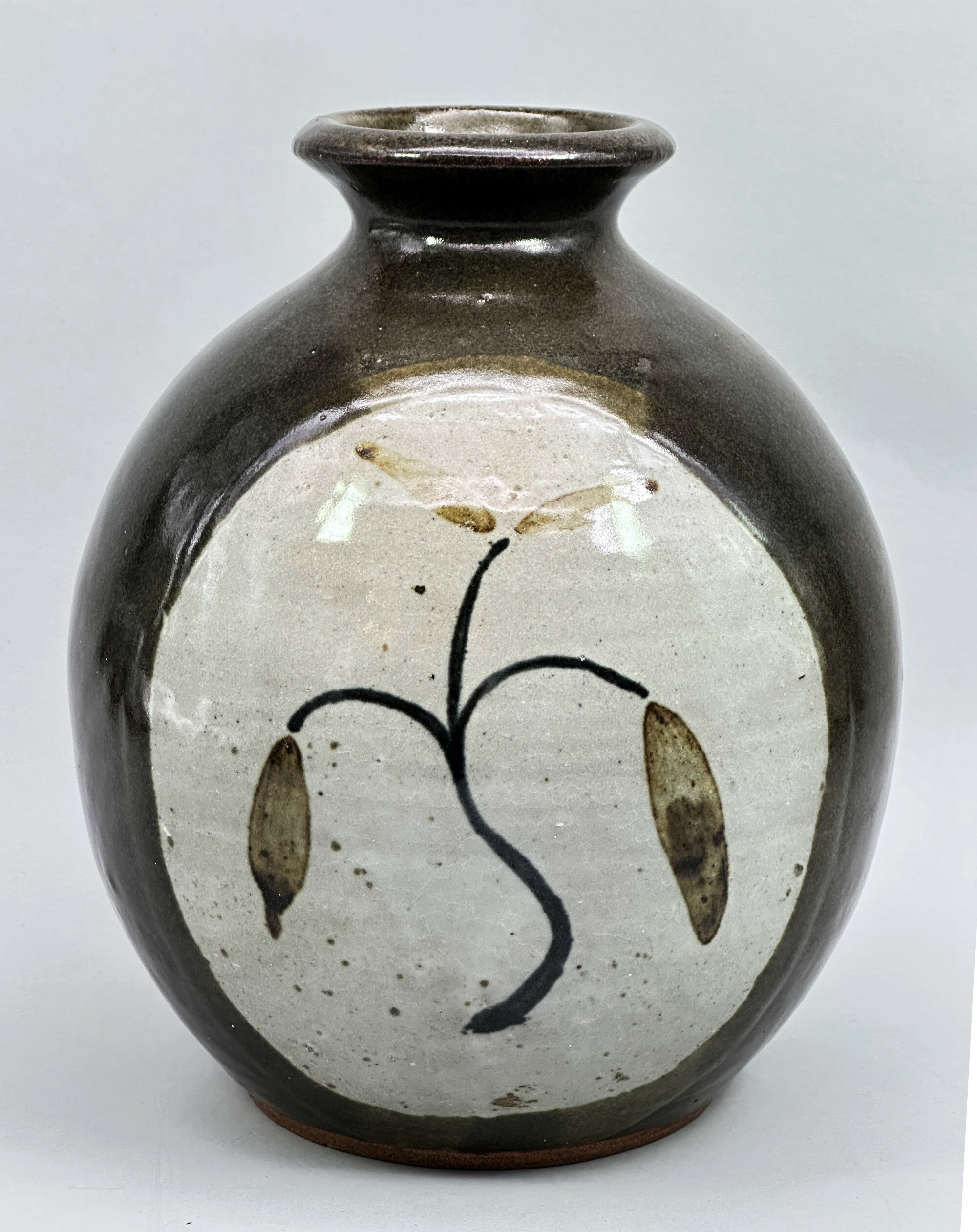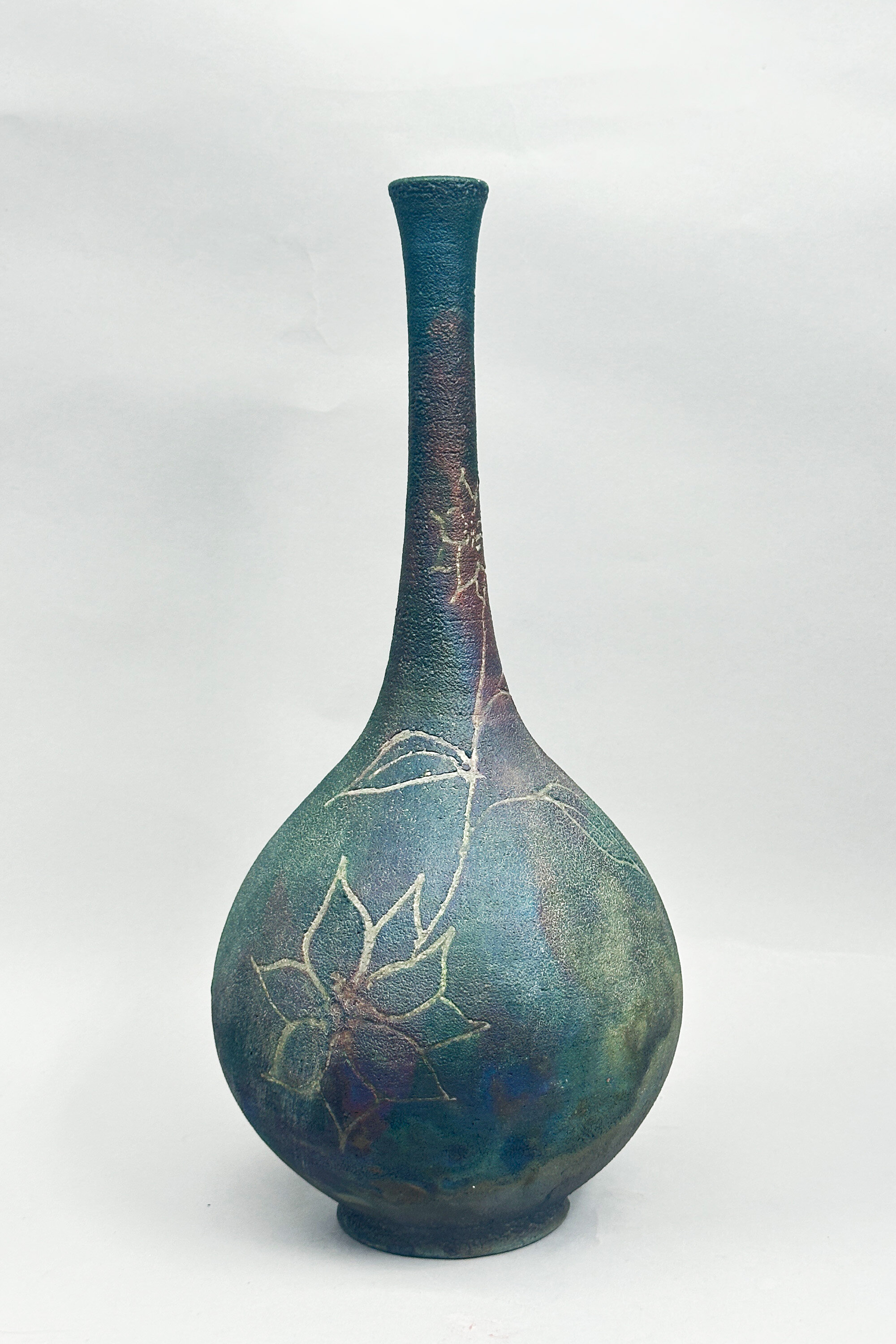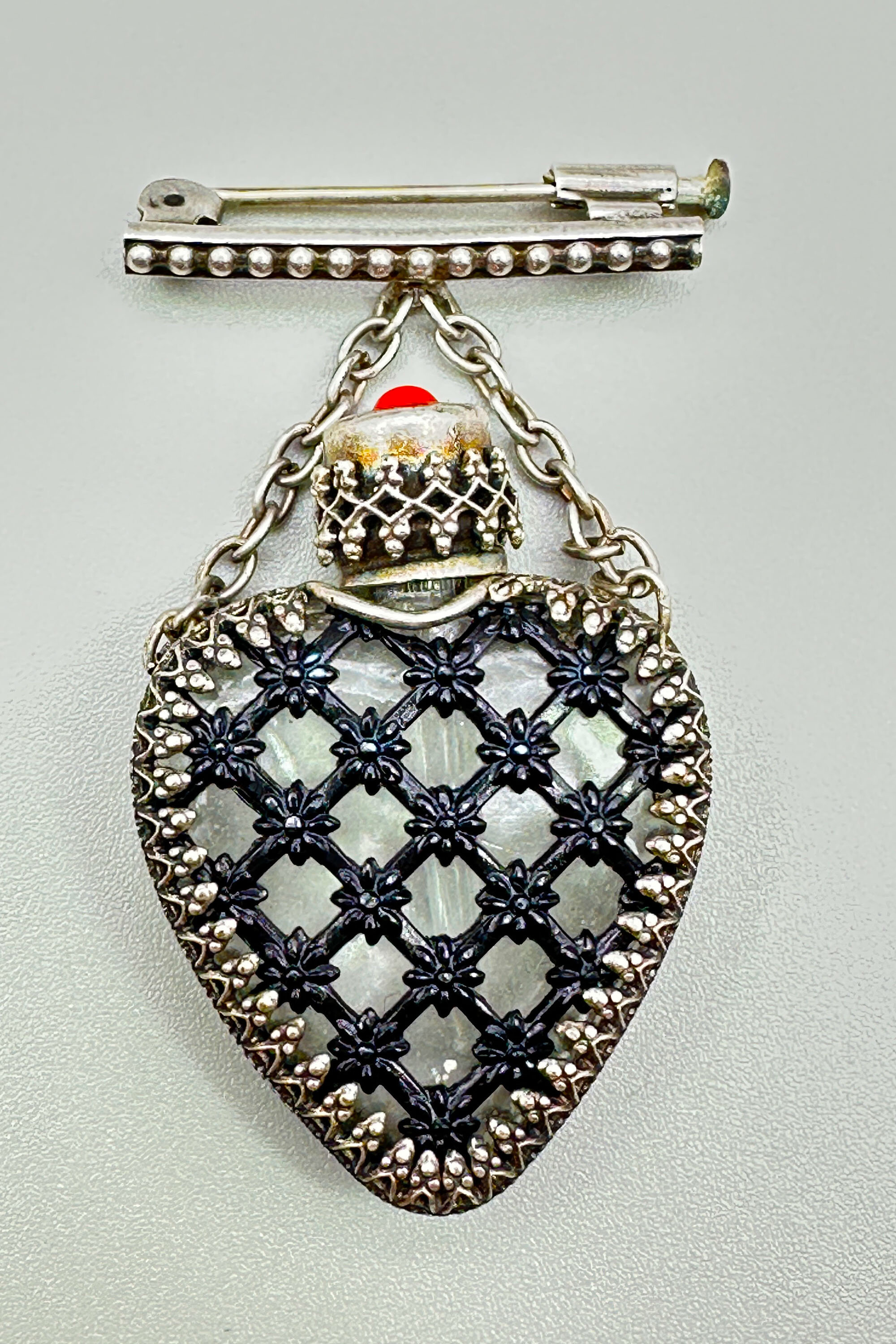
Perfume Bottle Brooch, probably French mid C20th
Price: £55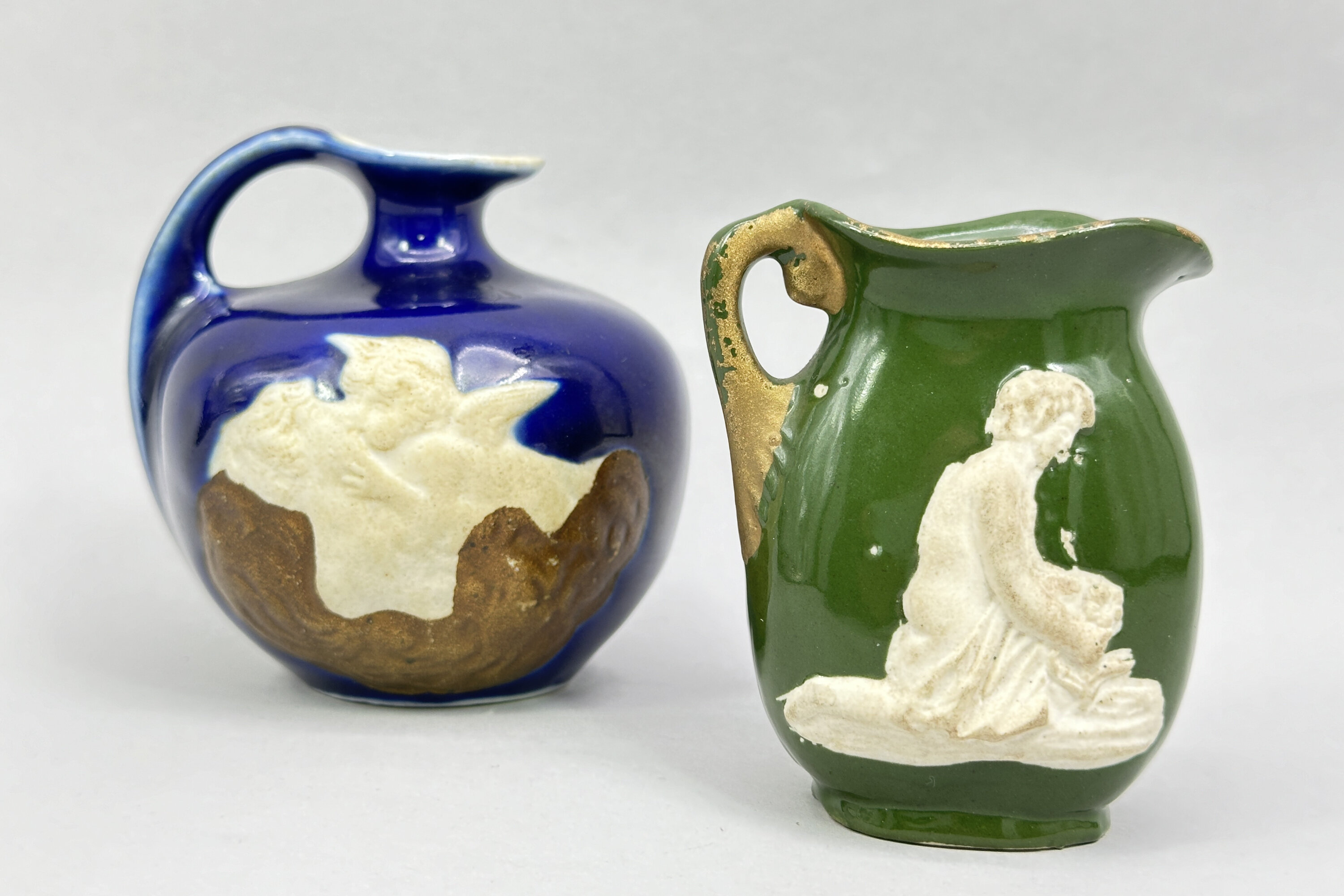
Two Ceramic Jugs with Erotic Decoration, continental perhaps German, circa 1900
Price: £25These pieces represent something of a puzzle. Seen the right way round (with the handle on the right) they are plain and the decoration only reveals itself on the reverse. This suggests a playful intent to conceal which, when combined with the subject matter, suggests something a bit ‘naughty’ which could confirm the second interpretation of what the seated man is holding! The paste, and general style of the pieces, looks continental and a German origin might be a good guess, but no more than that. The blue glazed jug has an impressed mark to the base ‘186 [plus an unidentifiable number]’ which might be the date but is more likely the pattern number; a dating of around 1900 for both seems reasonable - certainly there is an ‘old’ look to the pieces. There are one or two similar examples but little in the way of firm information. One for a collector to puzzle out!
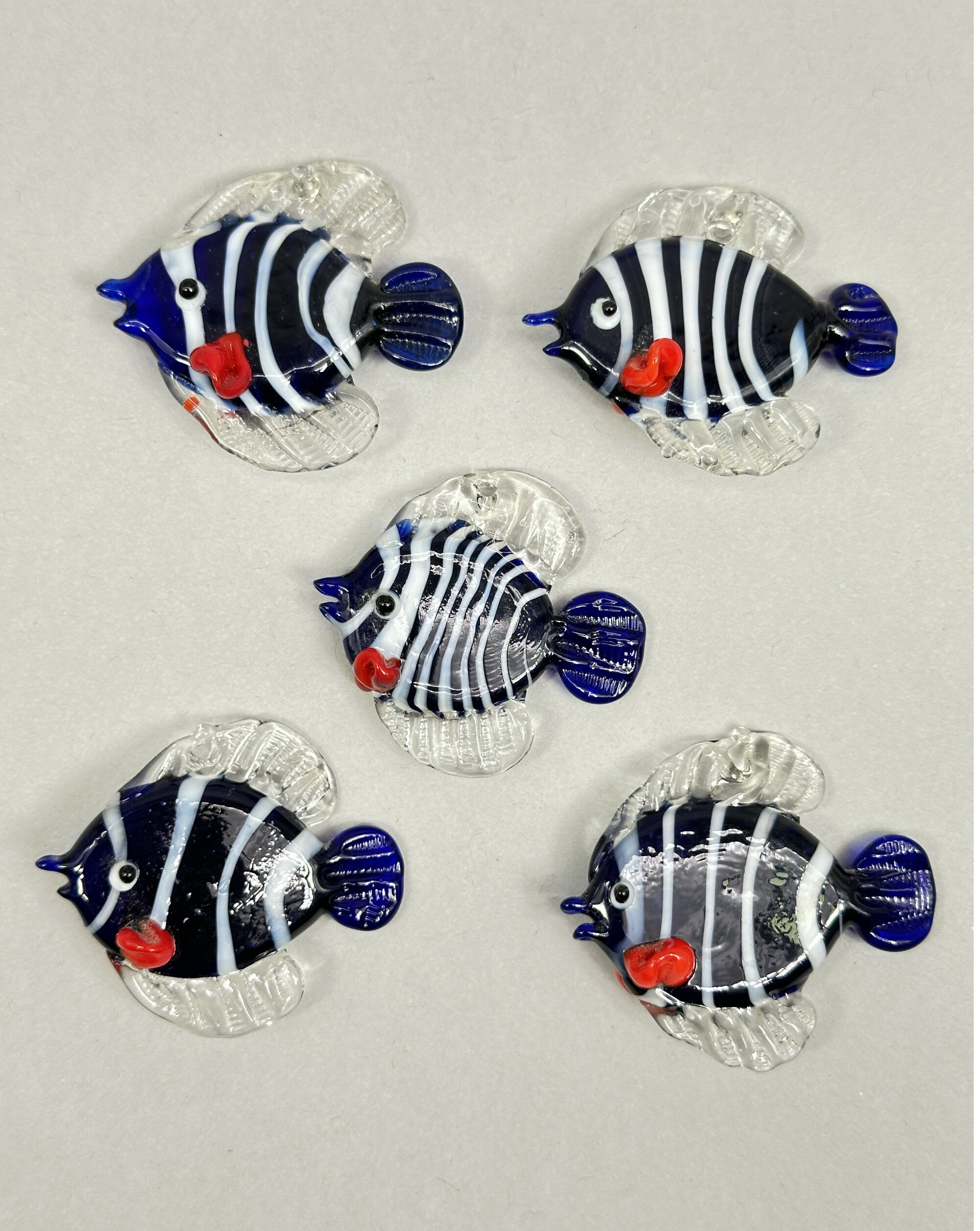
Five Murano glass fish pendants
Price: £25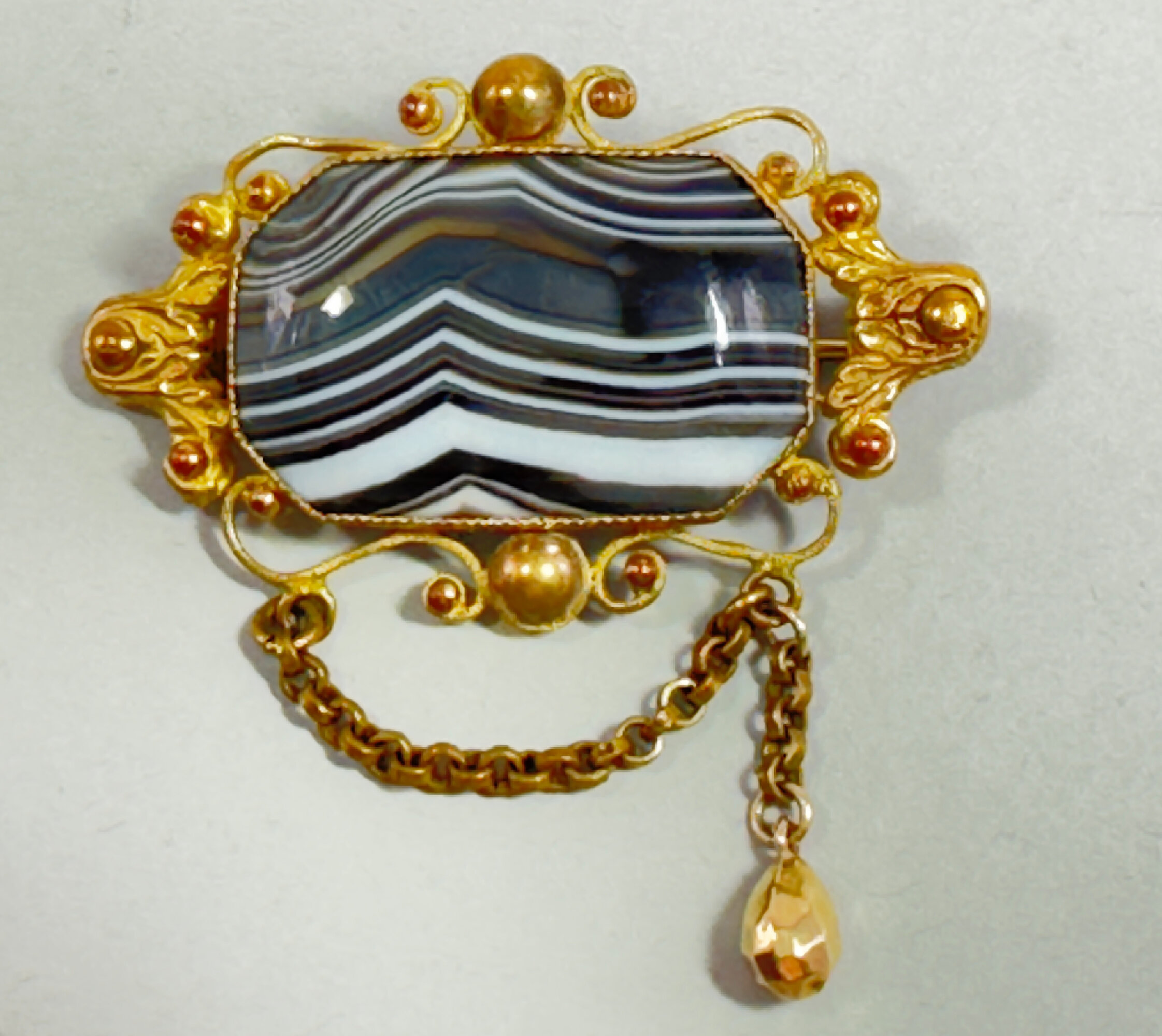
Victorian rolled gold and black and white agate Brooch, English c1920
Price: £50
Brown Alabaster Egg painted with a bird and flowers, fitted wood stand, Chinese C20th
Price: £25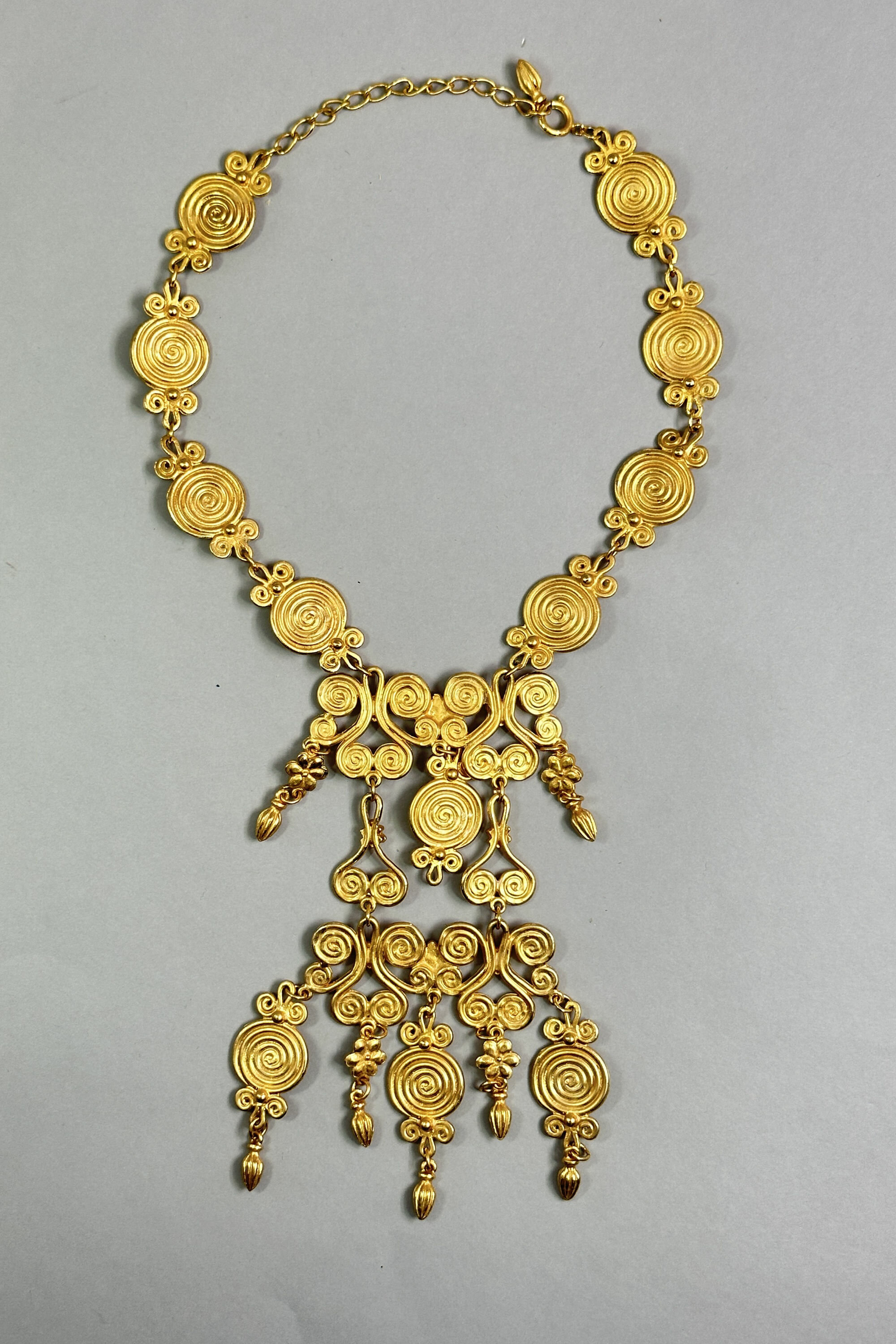
Statement necklace in the manner of Lalaounis c1990
Price: £35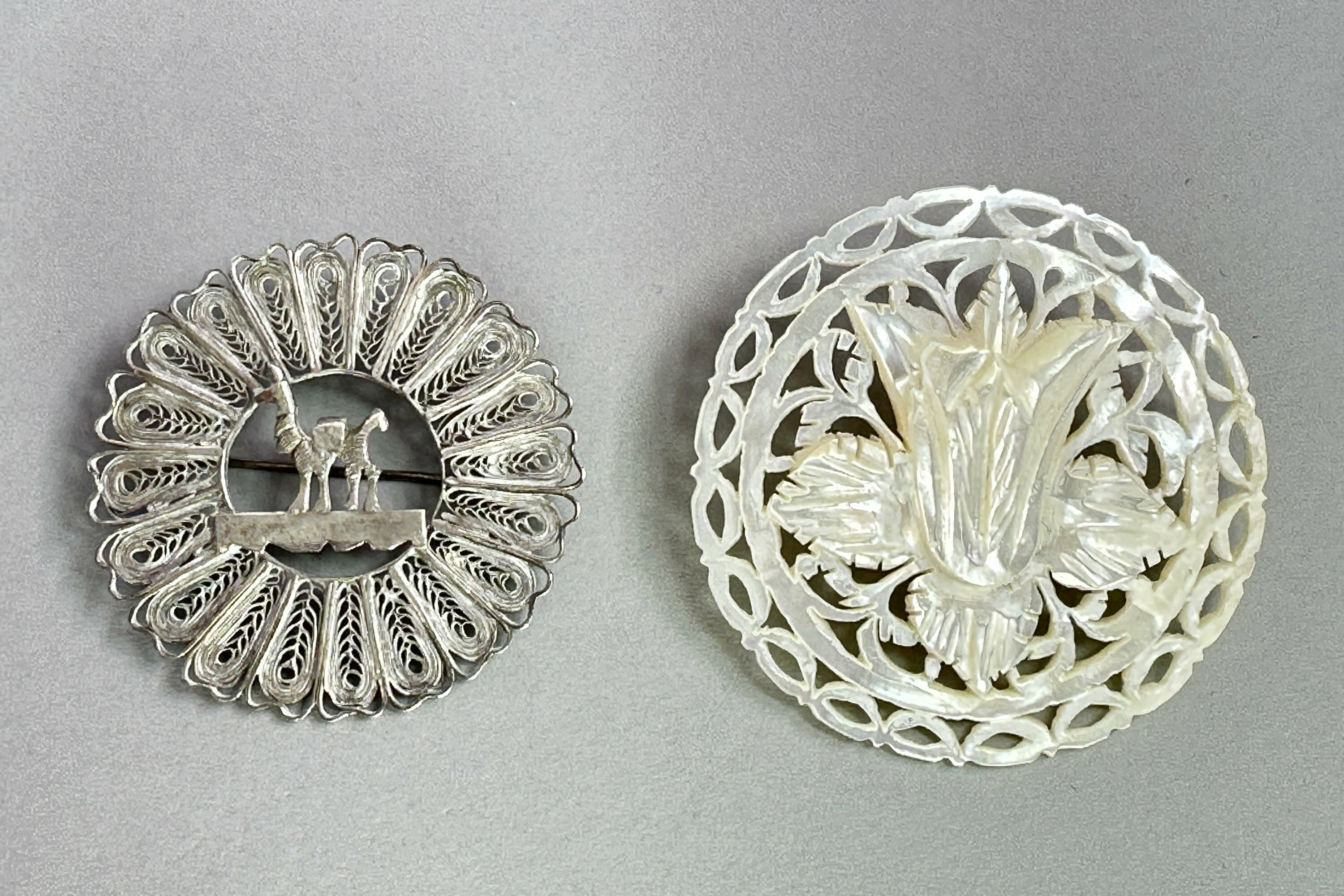
Two brooches - Jerusalem Mother of Pearl and Egyptian Silver, 1950s
Price: £15PLEASE NOTE THAT THERE IS FREE UK SHIPPING ON THIS ITEM. For international buyers the shipping cost will be reduced by the UK shipping cost, so don't worry if you are outside the UK, you still receive this benefit!
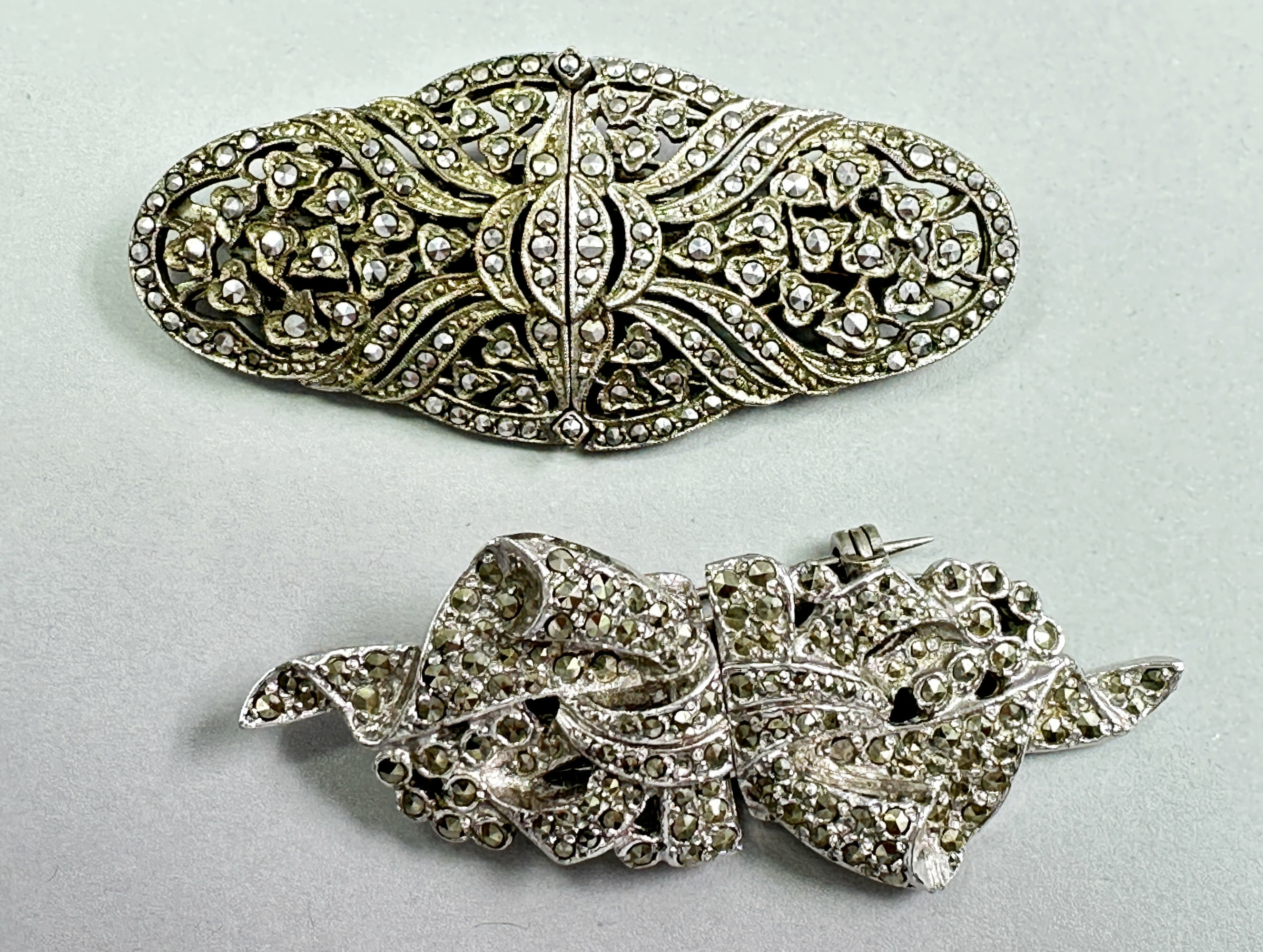
Two marcasite convertable dress clip brooches c1940
Price: £35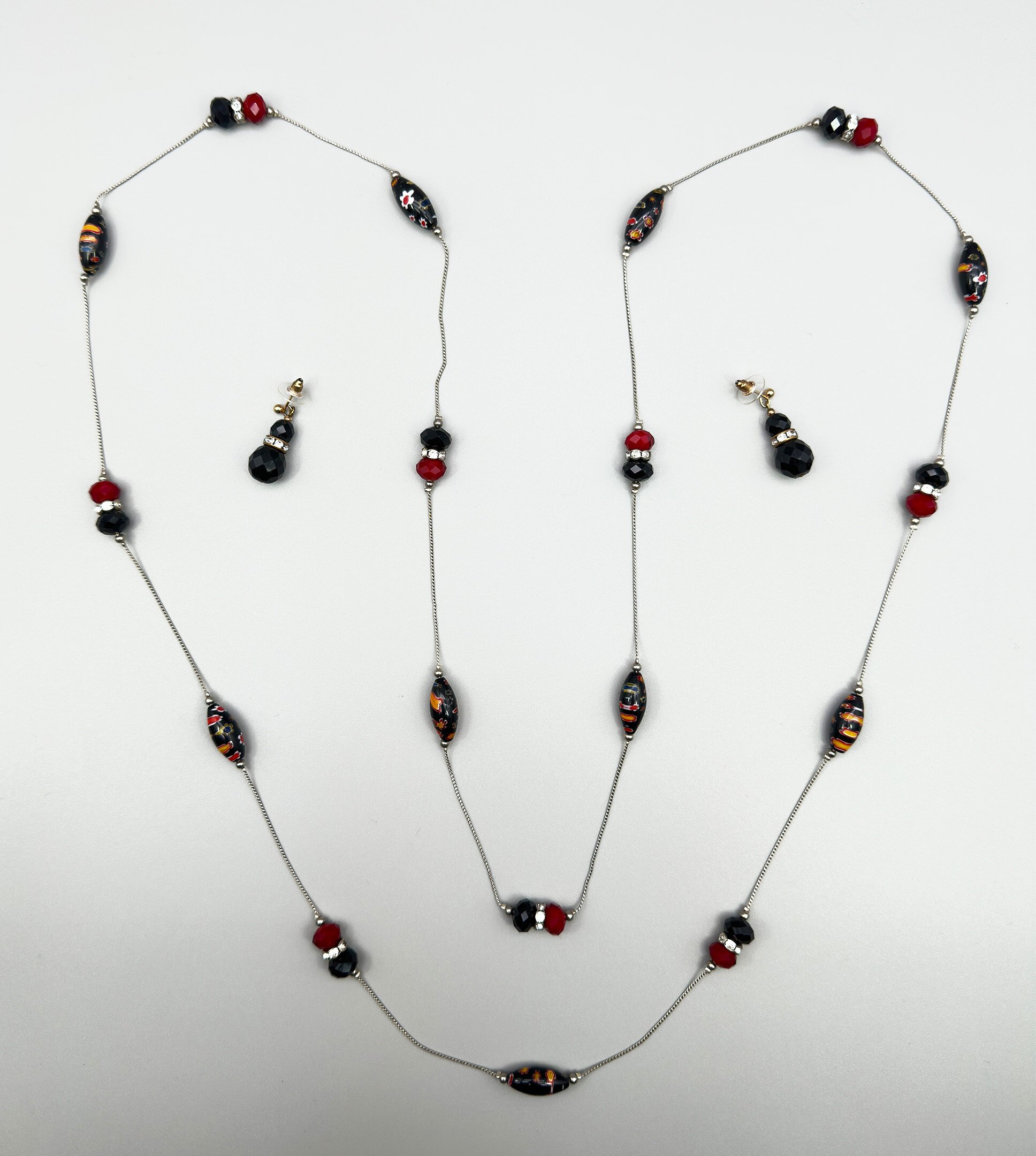
Opera length mille fiore station necklace and earrings c1950 and later
Price: £25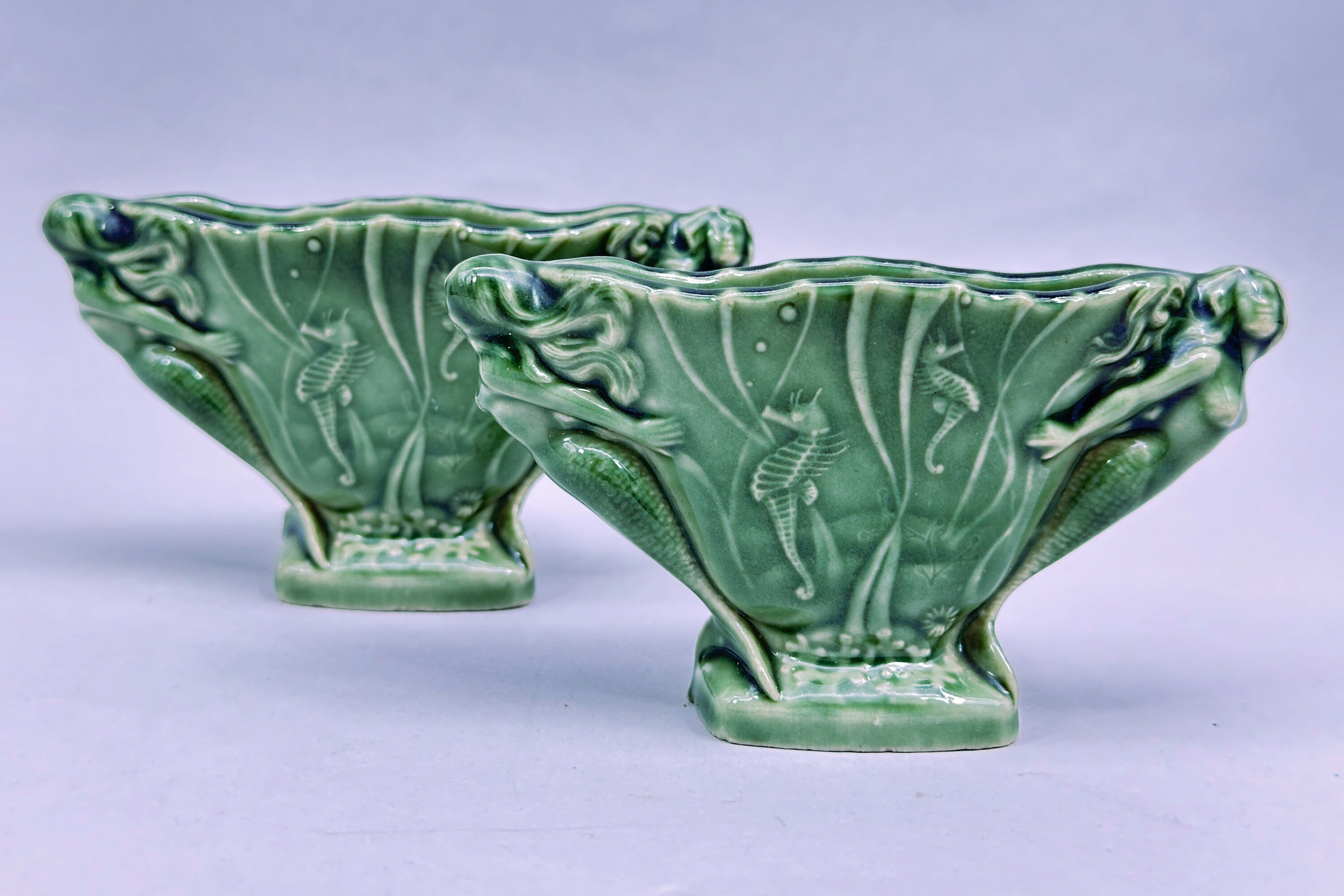
Pair of Wade green glazed Mermaid salts, 1950s
Price: £55Wade Ceramics Ltd was a manufacturer of porcelain and earthenware, headquartered in Stoke-on-Trent, England. Founded in 1867, it was run by various members of the Wade family until the death of George Anthony Wade in 1987 after which there was a succession of management buyouts. Despite substantial investment in 2009, the firm eventually went into administration in 2022. Wade produced a wide variety of ceramics, including the well known Wade Whimsies animal figurines.
This pair of salts is rather different to many of their productions and have a distinctly ‘Art Nouveau’ feel but, in fact, date to the 1950s when this particular format of the factory mark was used. It seems to be one of the rarer forms and pairs are even rarer still, so definitely one for Wade collectors!
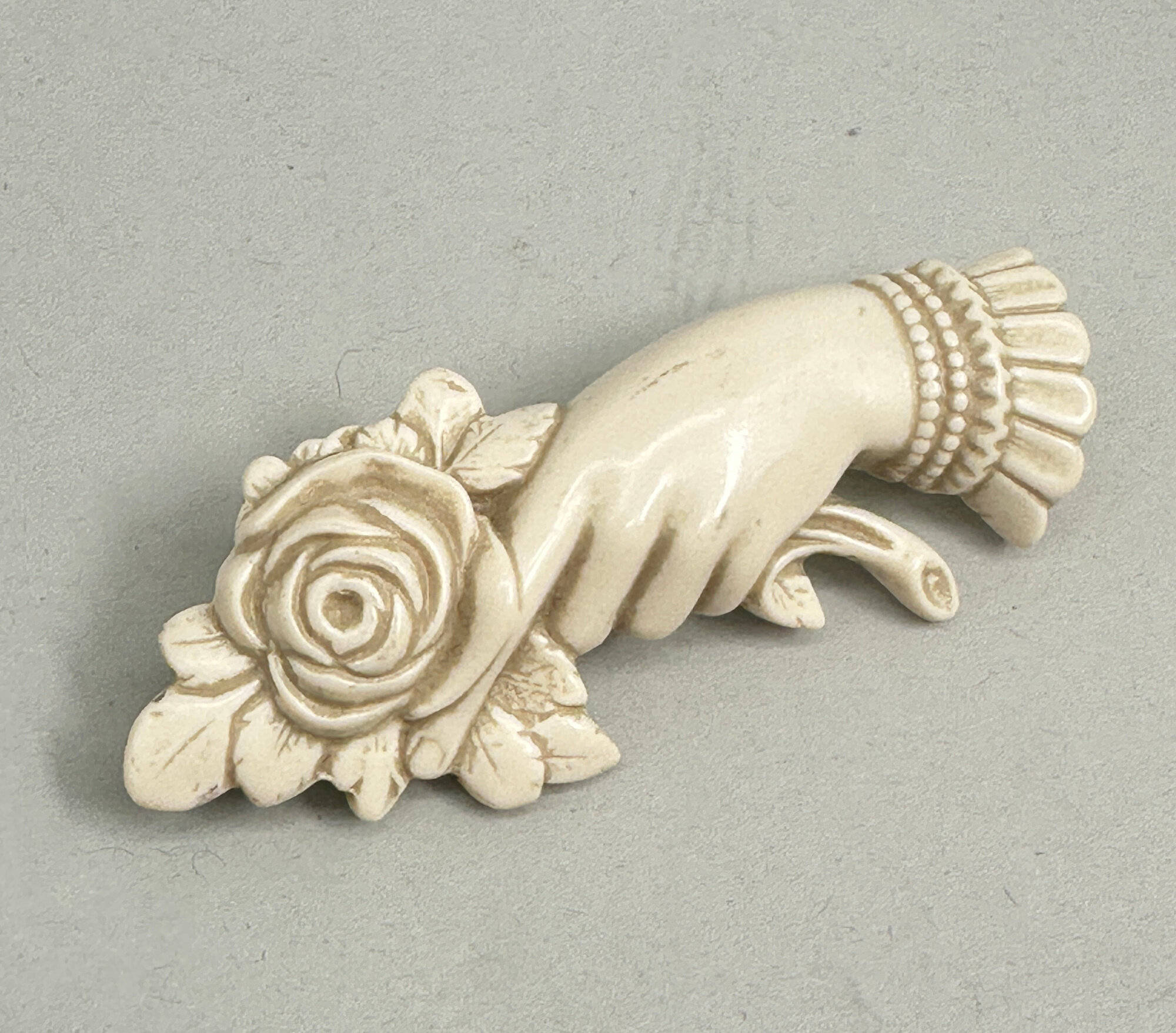
Bakelite Ivorine Mourning Brooch, British c1930
Price: £25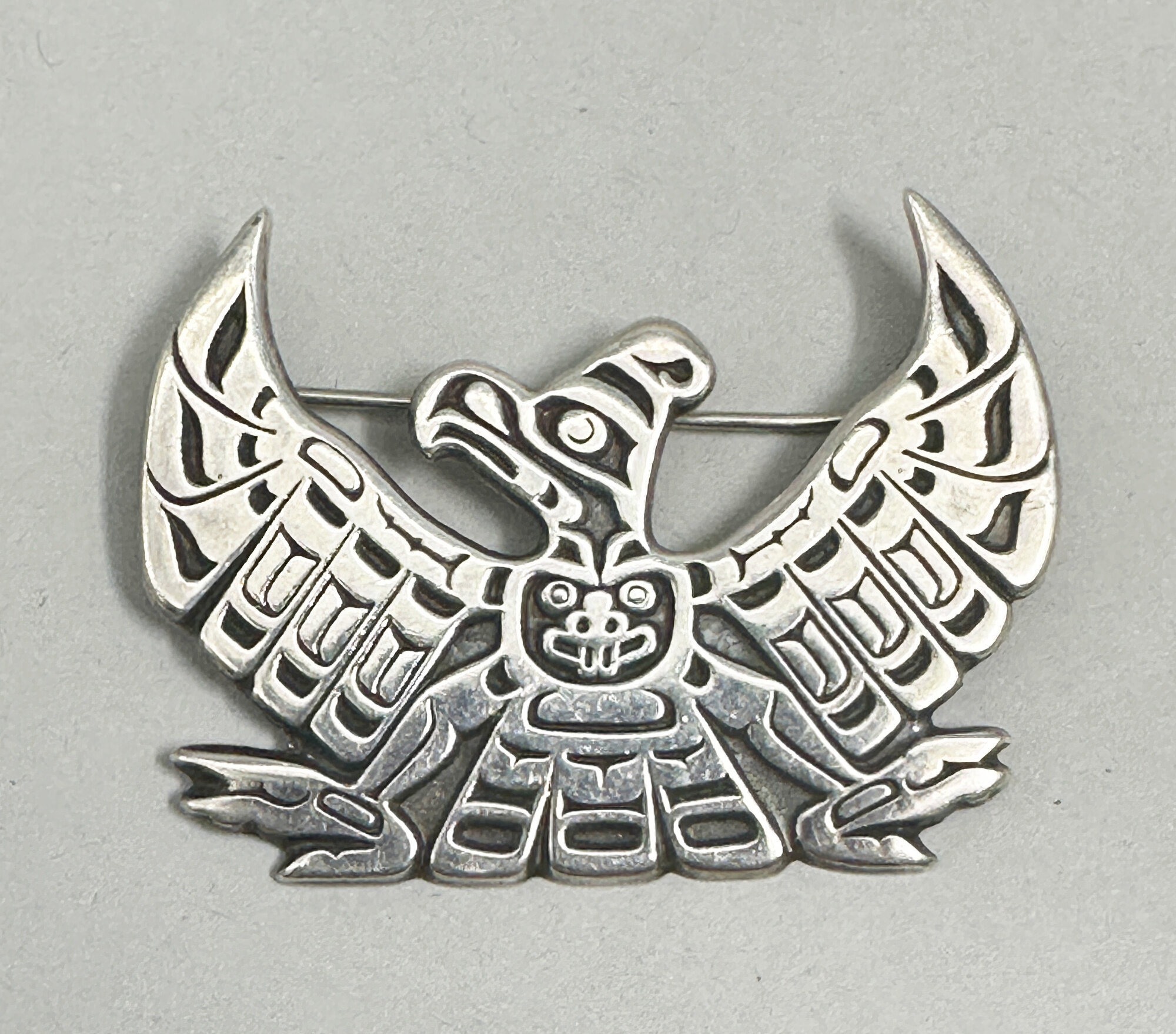
Hopi Thunderbird brooch 1960s
Price: £85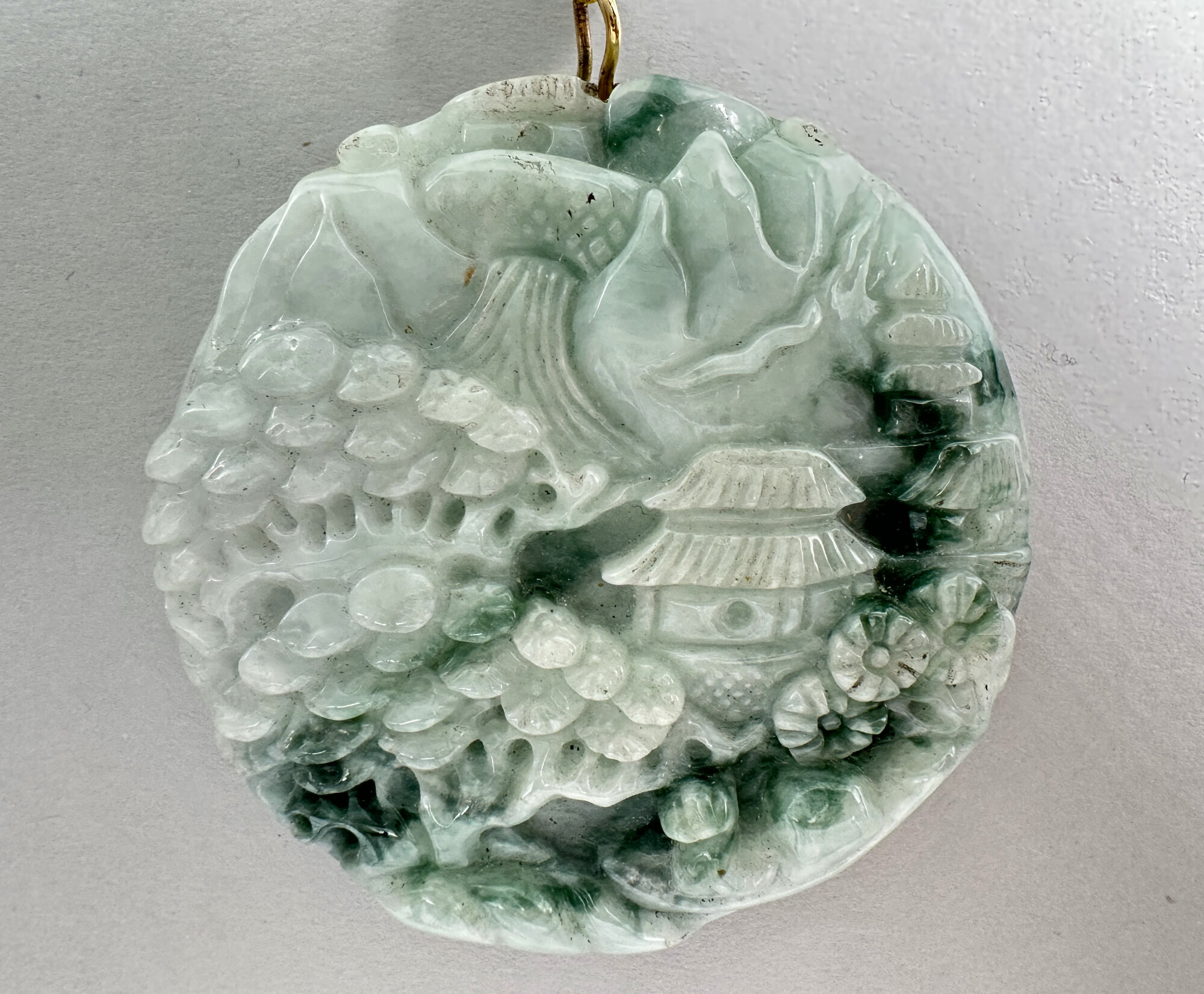
Floating Flower jade pendant on bead necklace
Price: £175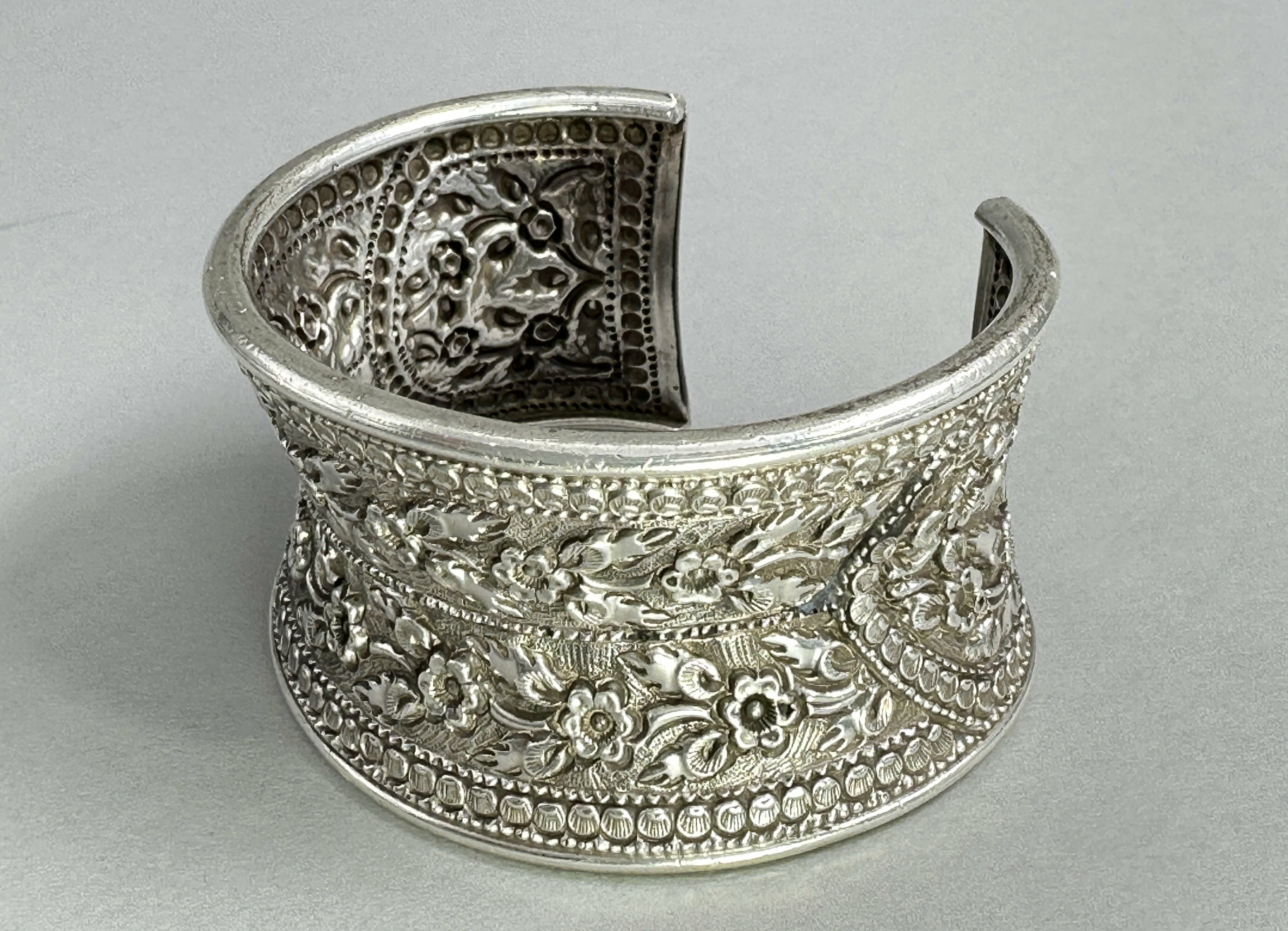
Indian silver repousse cuff bracelet, c1920
Price: £85
Estruscan style necklace in the manner of Lalaounis c1990
Price: £75
Vintage Woven Straw and Raffia Beach Bag, 1950s
Price: £65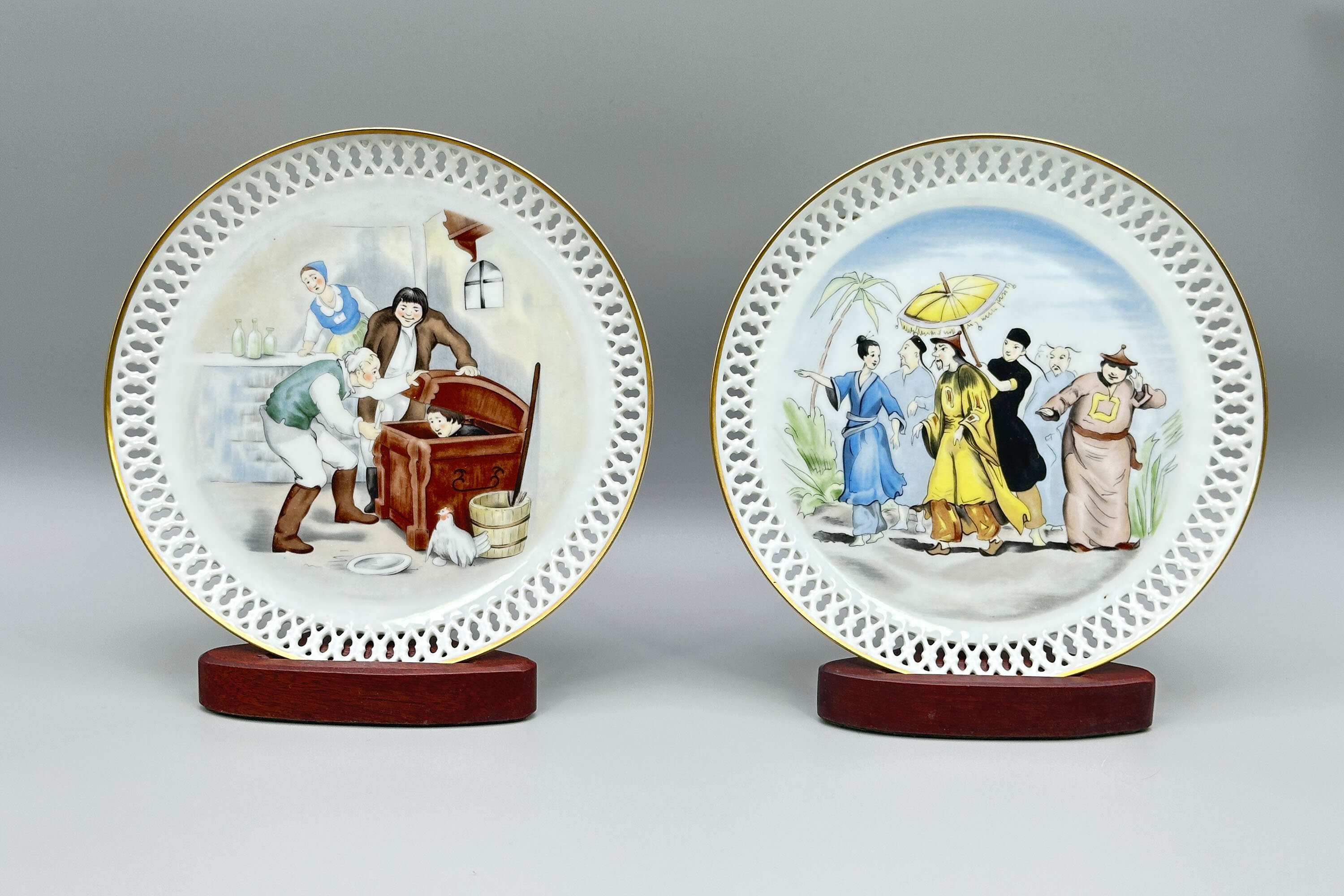
Two Bing & Grøndahl plates, scenes from Hans Christian Andersen, late C20th
Price: £45Bing & Grøndahl was established in 1853 by the sculptor Frederik Vilhelm Grøndahl and the merchant brothers Meyer Hermann Bing and Jacob Herman Bing. Their trademark, which can be seen on these two plates, was that of three towers, which was derived from the Coat of Arms of Copenhagen. Their designs proved popular and it is said that their dinnerware service in the ‘Seagull’ pattern could be found in one in ten Danish households in the 1950s. Eventually, in 1987 the company merged with its competitor, the Royal Porcelain Factory, under the name Royal Copenhagen, but some of the pieces produced thereafter still display the initials ‘B&G’ and the three tower symbol, as here. Originally sold with fitted boxes (not included here), these plates were probably produced in the early years after the merger and are sought after as collectors’ items today.
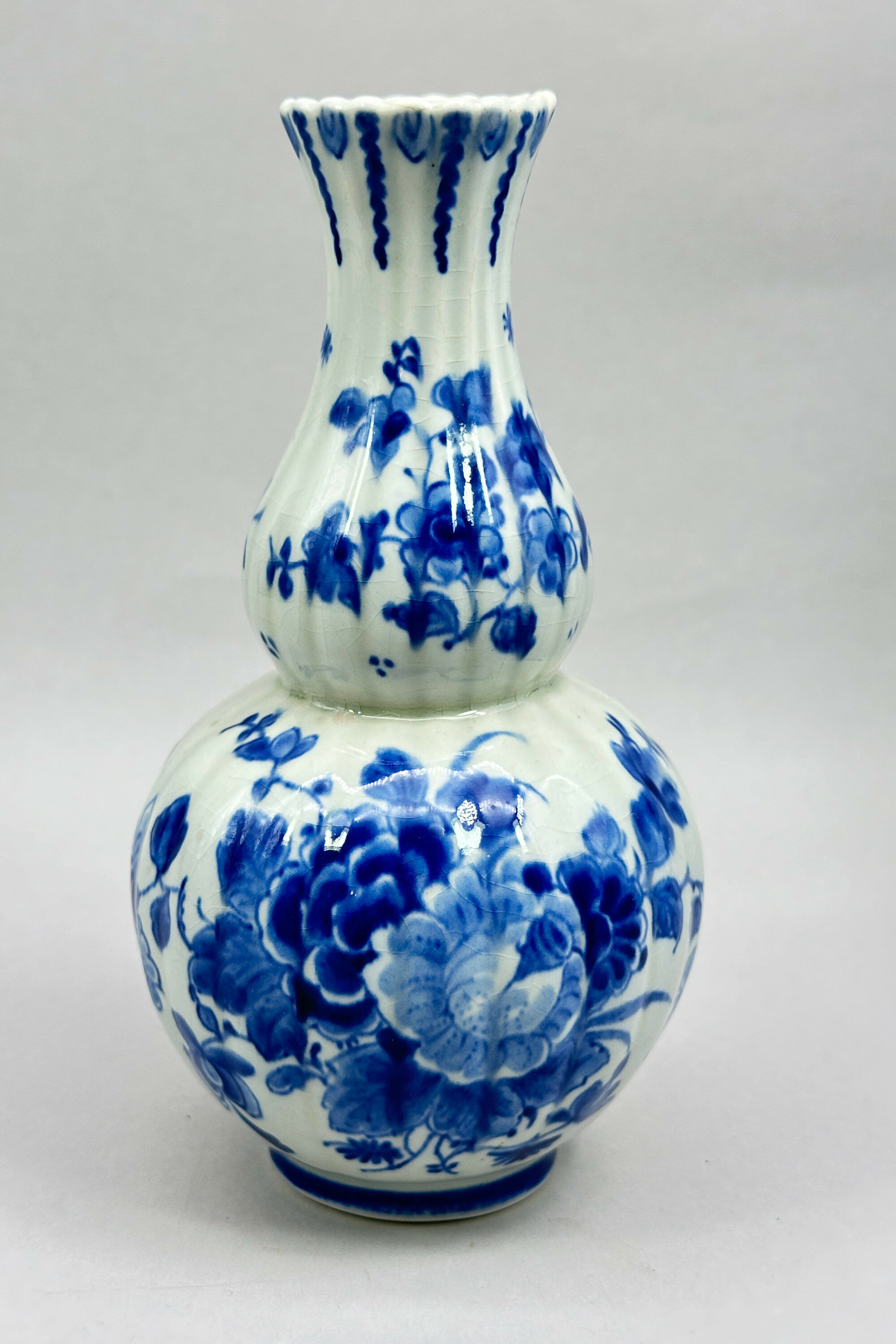
Dutch Delft Blue and White Gourd Vase in C18th Style, late C20th
Price: £25This vase is typical of one of these later creations and copies an eighteenth century original which itself was based on Chinese pieces. The marks underneath, although some of them are blurred, offer a clue to the dating. Below an ‘A’ at the top can be seen a vase which stands for ‘De Porcelyne Fles (The Porcelain Bottle) a factory which was established in 1653 and continues production today. There follow the initials ‘JT’ as a monogram standing for Joost Thooft who bought the factory in 1876 and below this ‘Delft’. At the bottom are usually found the painter’s initials to the left and letters to the right which are the date mark. On this vase these are unclear but the painter’s initials read ‘MA’ which appears to stand for M.H.van Aalst who worked for the firm from 1941to 1983. This would fit with a likely dating here to the second half of the twentieth century, but the artist has successfully recreated the work of his predecessors and produced a piece of great charm.
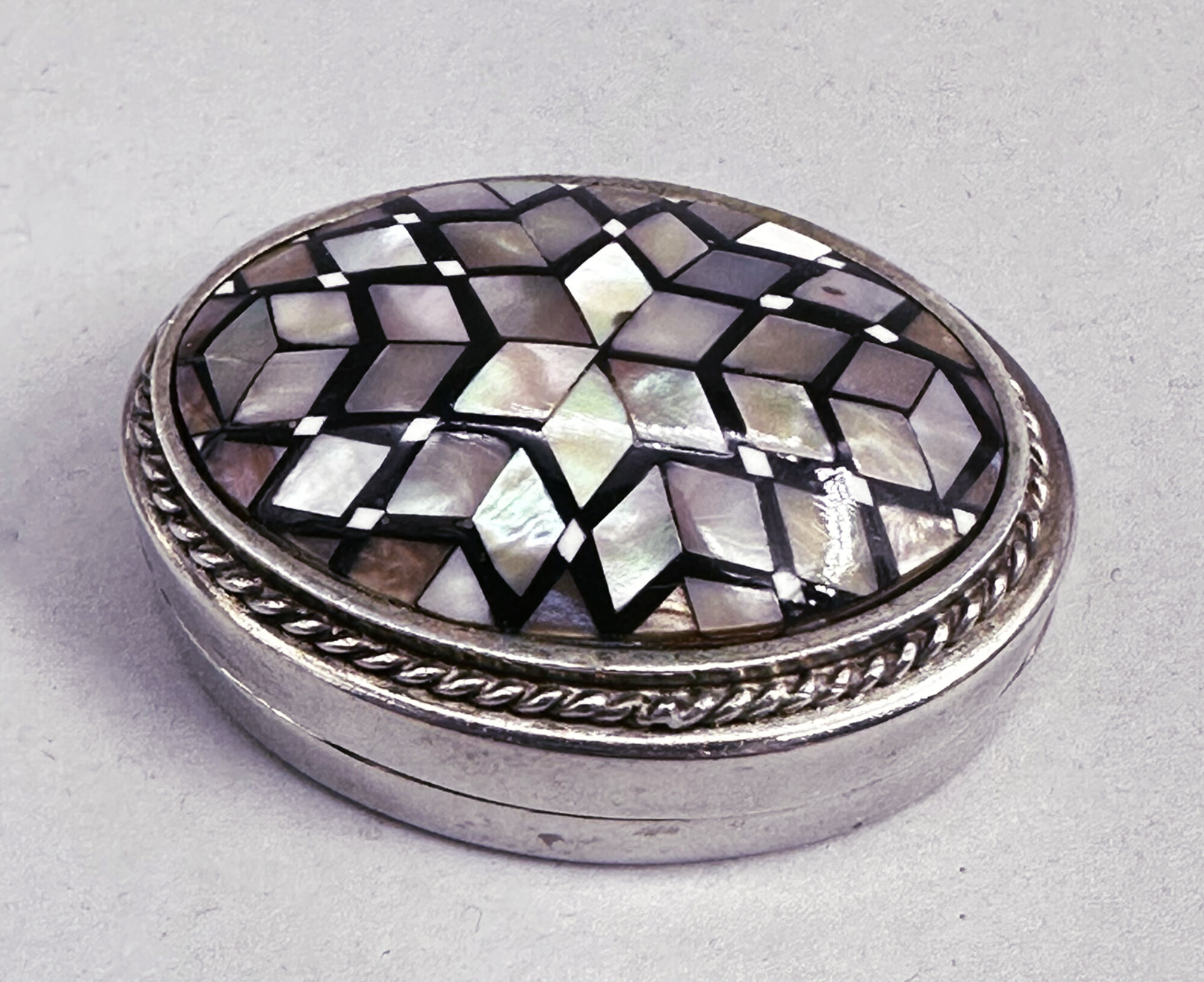
Egyptian Silver Pill Box with Mother of Pearl Inlay, marked, second half C20th
Price: £45
Japanese tooled and painted leather Clutch Bag, 1930s
Price: £45
A very finely carved white pendent on traditional silk cord, Modern
Price: £25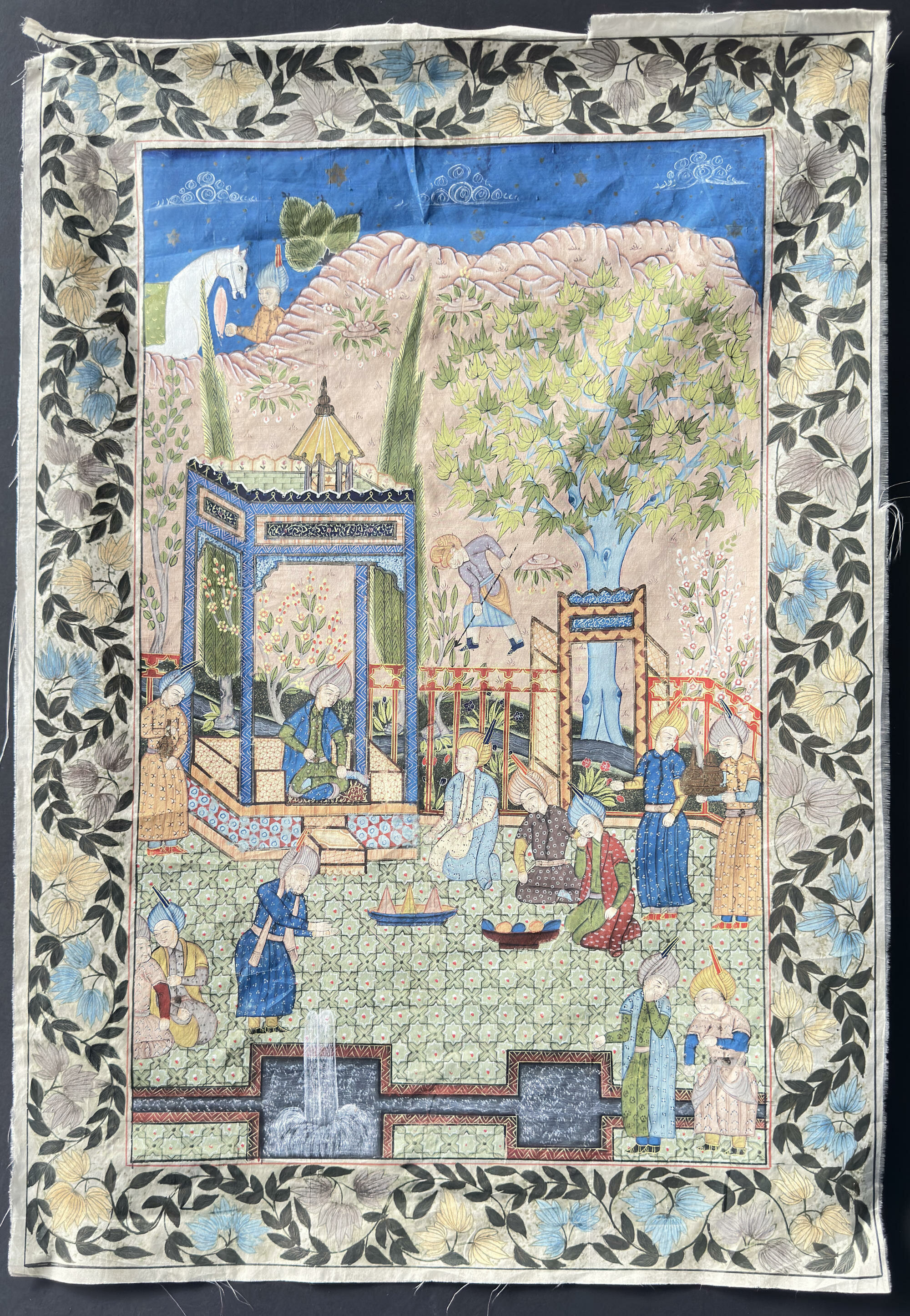
Persian Painting on Silk depicting Courtiers in a Palace Scene, C19th/C20th
Price: £75The ‘Khamsa’ (Quintet or Quinary) is the best known work of Nizami Ghanjavi (c1141 – 1209) considered the greatest romantic epic poet in Persian literature. It comprises five long narrative poems the first of which is ‘Makhzan-ol-Asrar’ (The Treasury or Storehouse of Mysteries) and contains an episode where two physicians agree to fight each other with poison: each would give the other a poison and the doctors would then attempt, by their skill, to provide an antidote. One doctor succeeds but the other has less luck and in the version of the scene mentioned above is depicted lying ill on the ground.
The Khamsa was a popular subject for lavish manuscripts illustrated with painted miniatures at the Persian and Mughal courts in later centuries. The British Museum picture mentioned above, for example, comes from a manuscript created for the Mughal Emperor Akbar in the 1590s. Scenes from these works were then copied or adapted in turn by Persian artists in the late nineteenth and early twentieth centuries which is what we have here. The quality of the execution remains high producing a highly decorative example of the best Persian work.

Show stopping suite of necklace and earrings c1960
Price: £85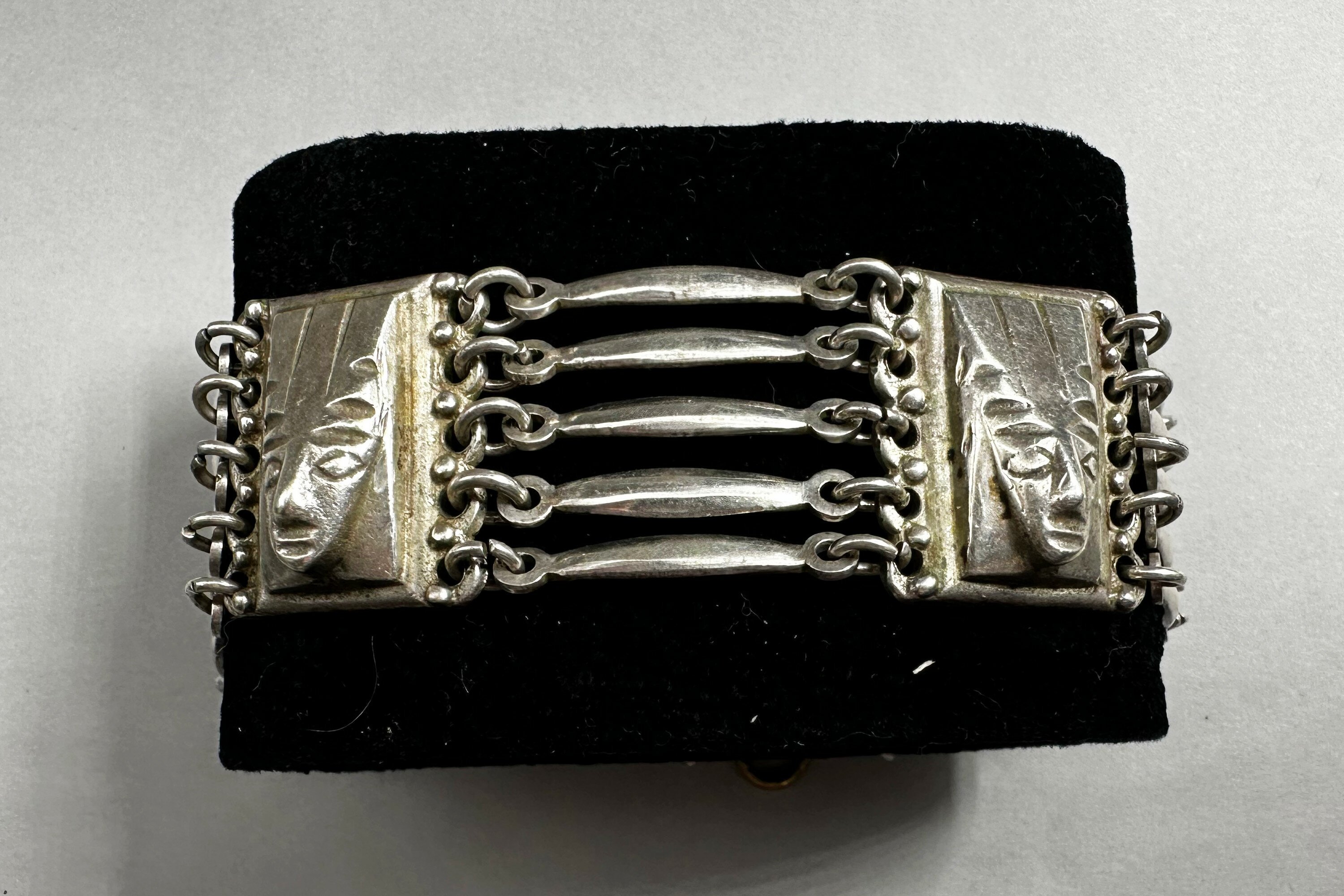
Taxco bracelet with Aztec mask motif, 1940s
Price: £65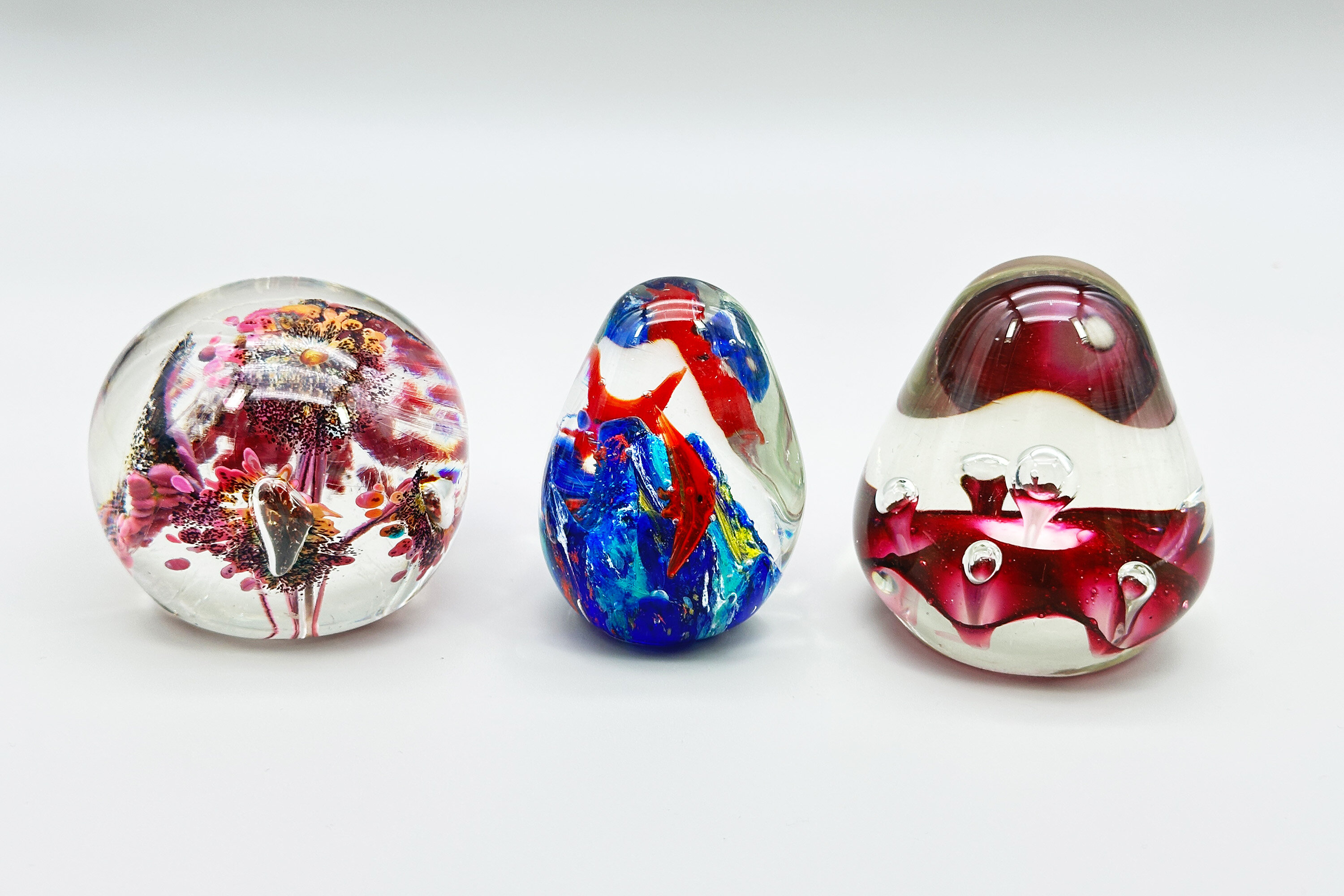
Three Art Glass Paperweights, late C20th
Price: £75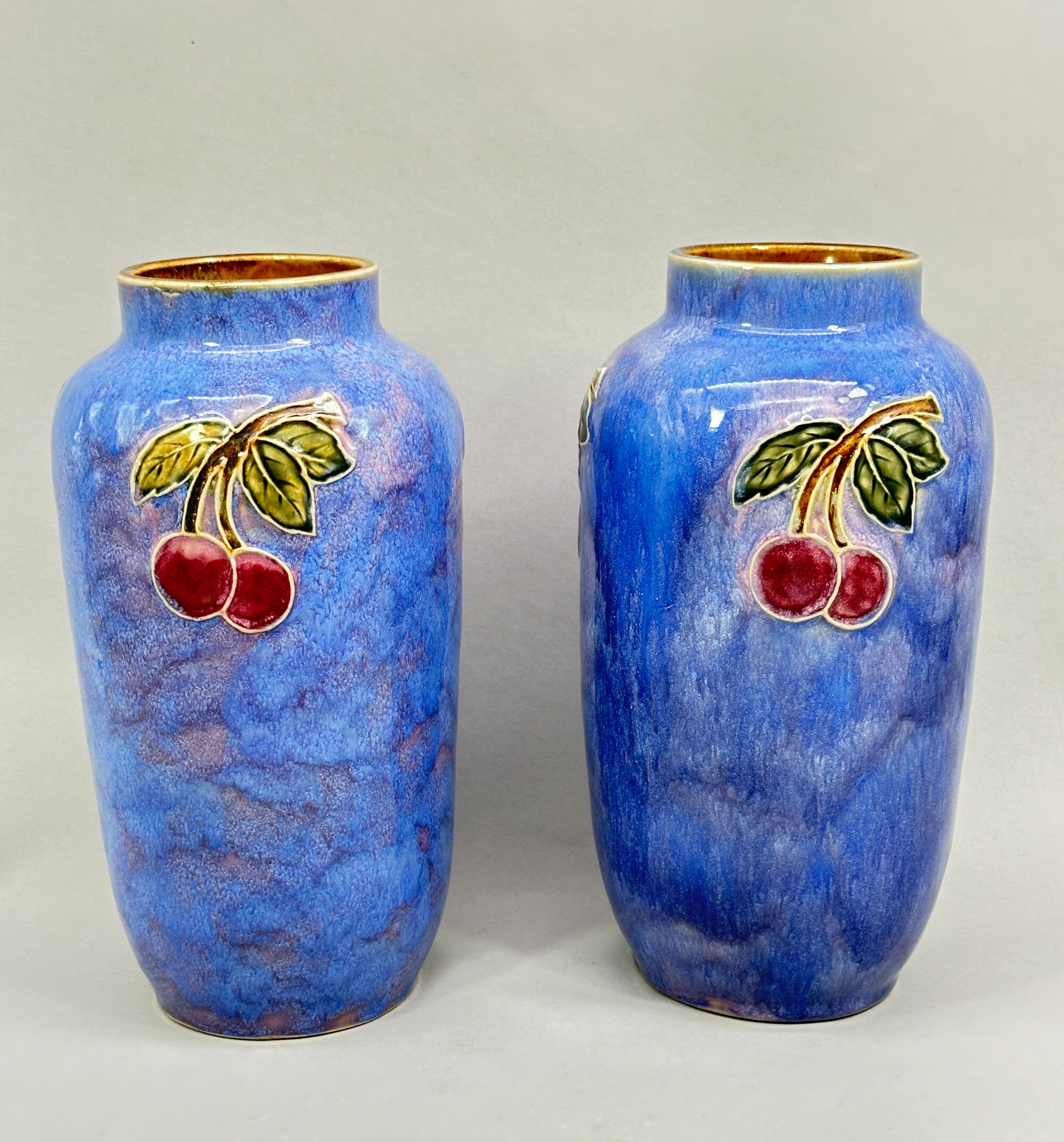
Pair of Royal Doulton Vases decorated Cherries, early C20th
Price: £95The mark for Doulton is one of the standard impressed 'Royal Doulton England' marks where the lettering forms part of a circle combined with three thick lines and the centre is filled with four interlocking 'D's. The addition of a lion but not with the usual accompanying crown allows a fairly precise dating to between 1923 and 1927 which matches with the pattern number ‘8546’, one of the range of numbers used between 1924 and 1927. The artist’s signature cannot be identified but he/she produced a pair of vases of great skill and charm which follow the Art Deco trends fashionable at the time.
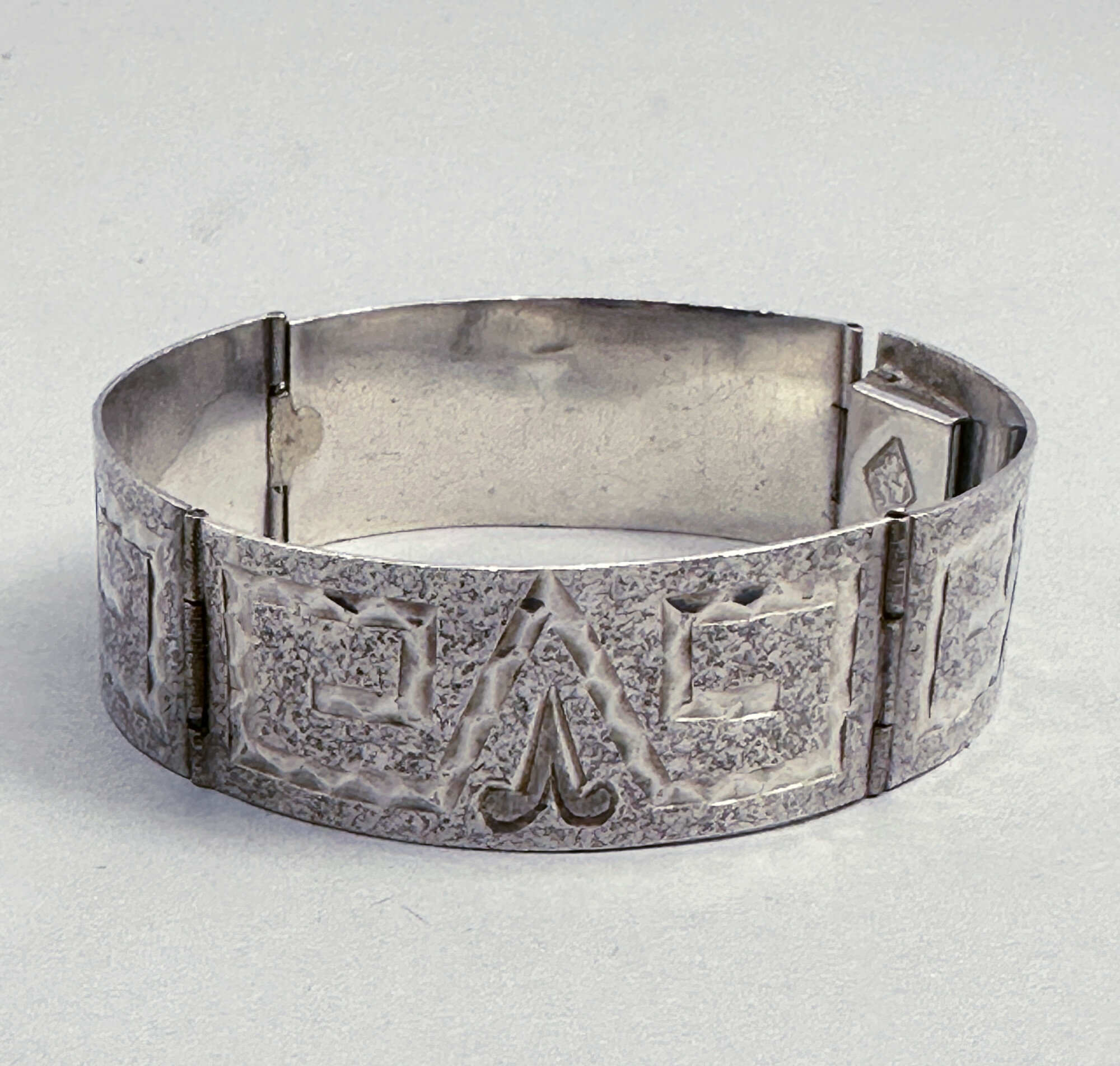
Mexican Silver Bracelet with Aztec Designs, Taxco, 1950s
Price: £65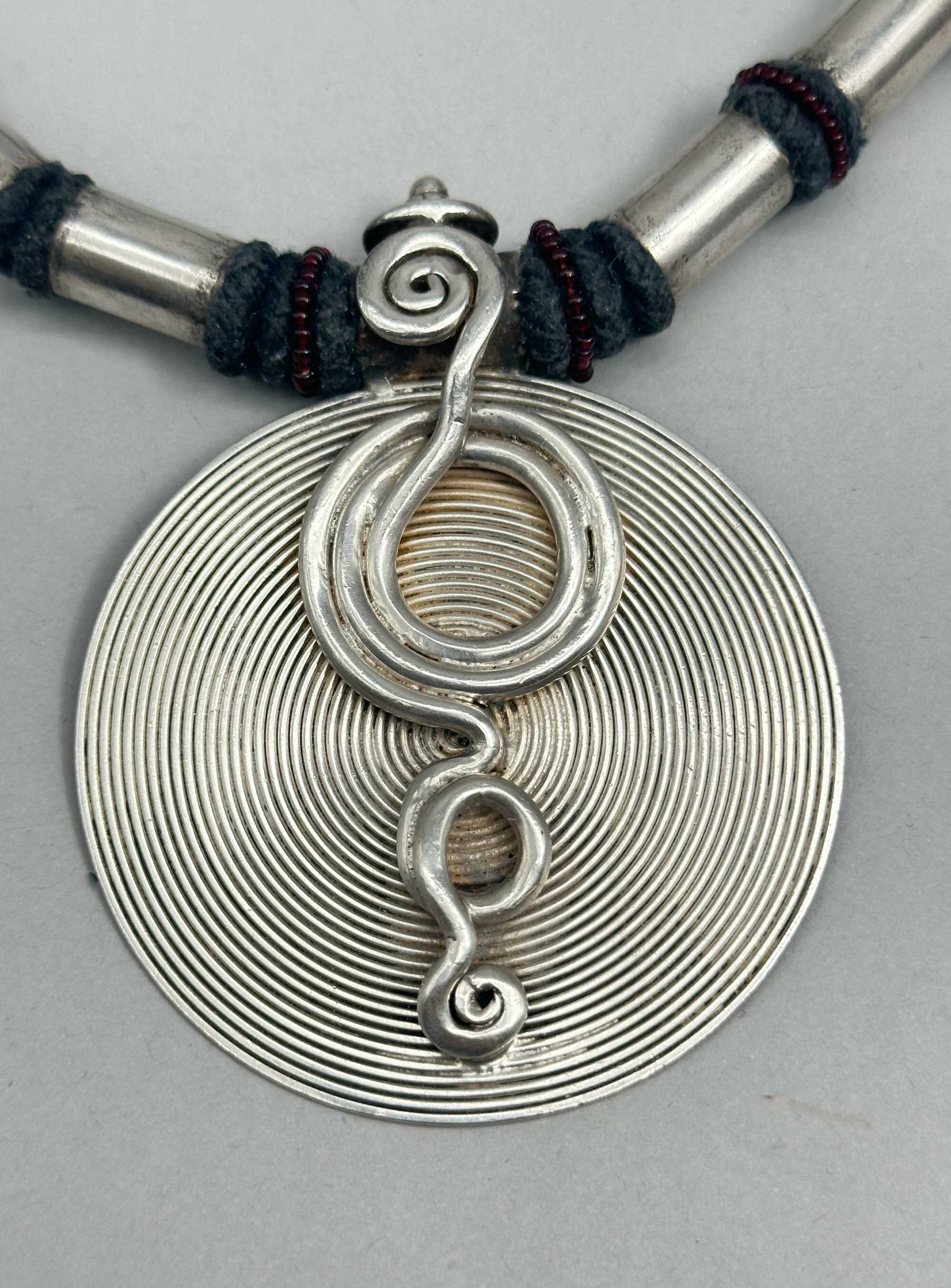
Indian tribal necklace, 19th century
Price: £175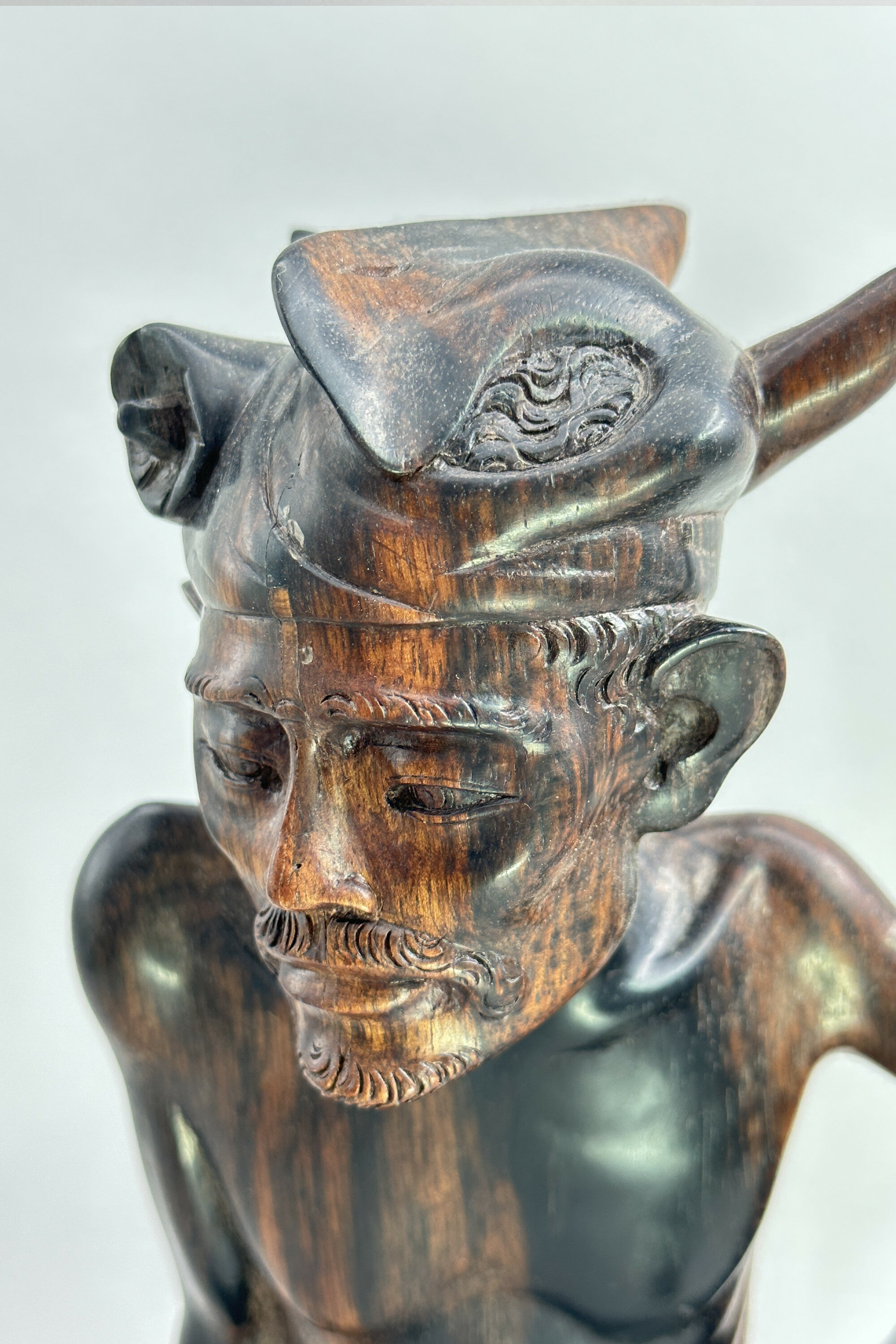
Vintage Carved wood figure of a seated Man, Bali, Indonesia, second half C20th
Price: £75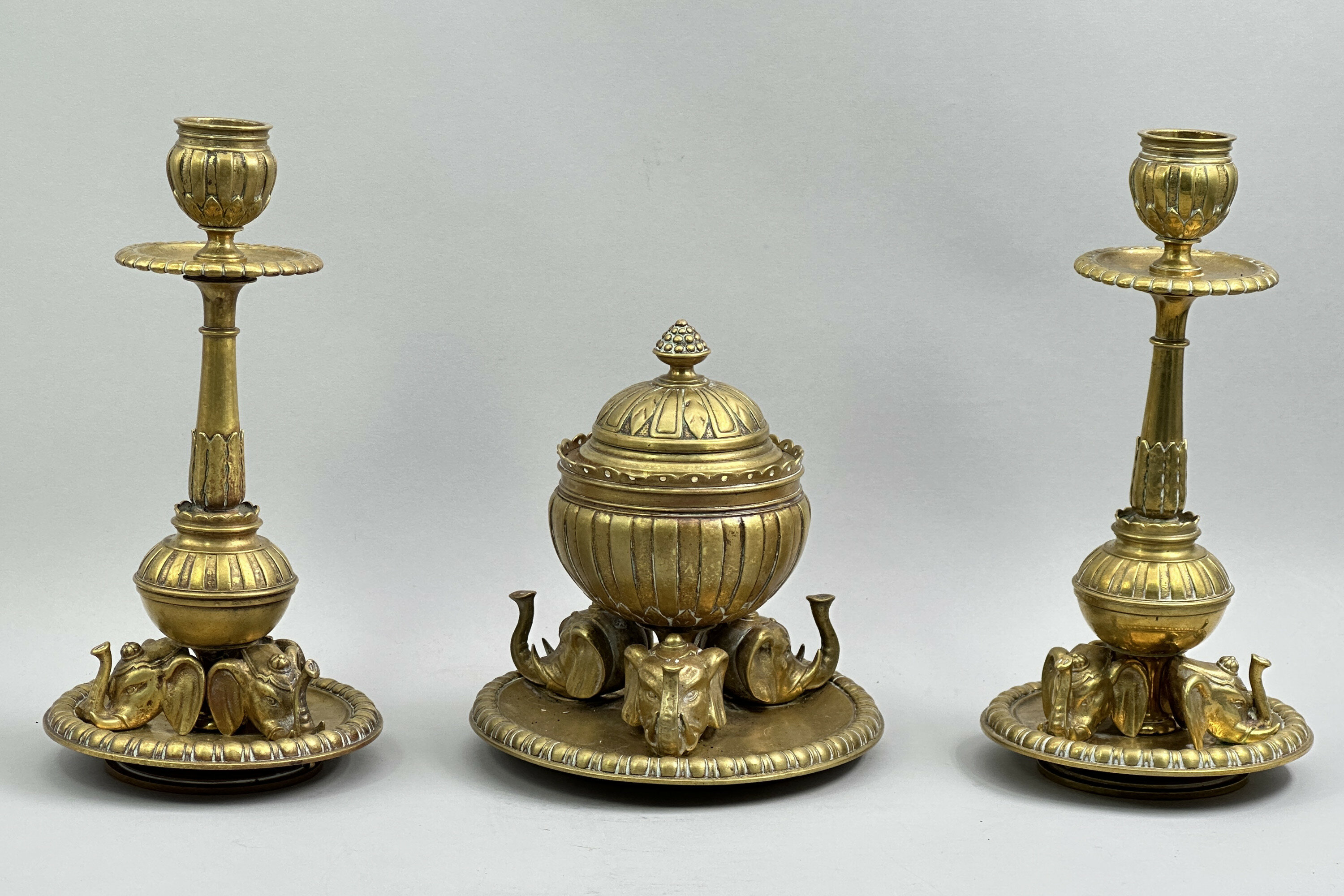
Unusual Brass Table or Desk Set with Elephant Heads, Indian, first half C20th
Price: £240The craftsmanship of this set is self evident both in the quality and weight of the brass and the casting techniques used. Its purpose is less certain and there are no easy parallels. The central vessel might have been designed for incense (although the cover is solid rather than openwork) in which case we could have a table ornament here, but the interior of the vessel can seem to resemble an inkwell in which case we might have a desk set. It's new owner will have to decide! Style of decoration suggests India in the early part of the C20th and this set would then be one of the many pieces exported to the Britain from India at that time and which became very much a feature of contemporary domestic interiors.

Classic black crocodile handbag 1940s
Price: £75
Vintage Brass Pocket Case with a lid, probably a Vesta case for Matches, circa 1900
Price: £55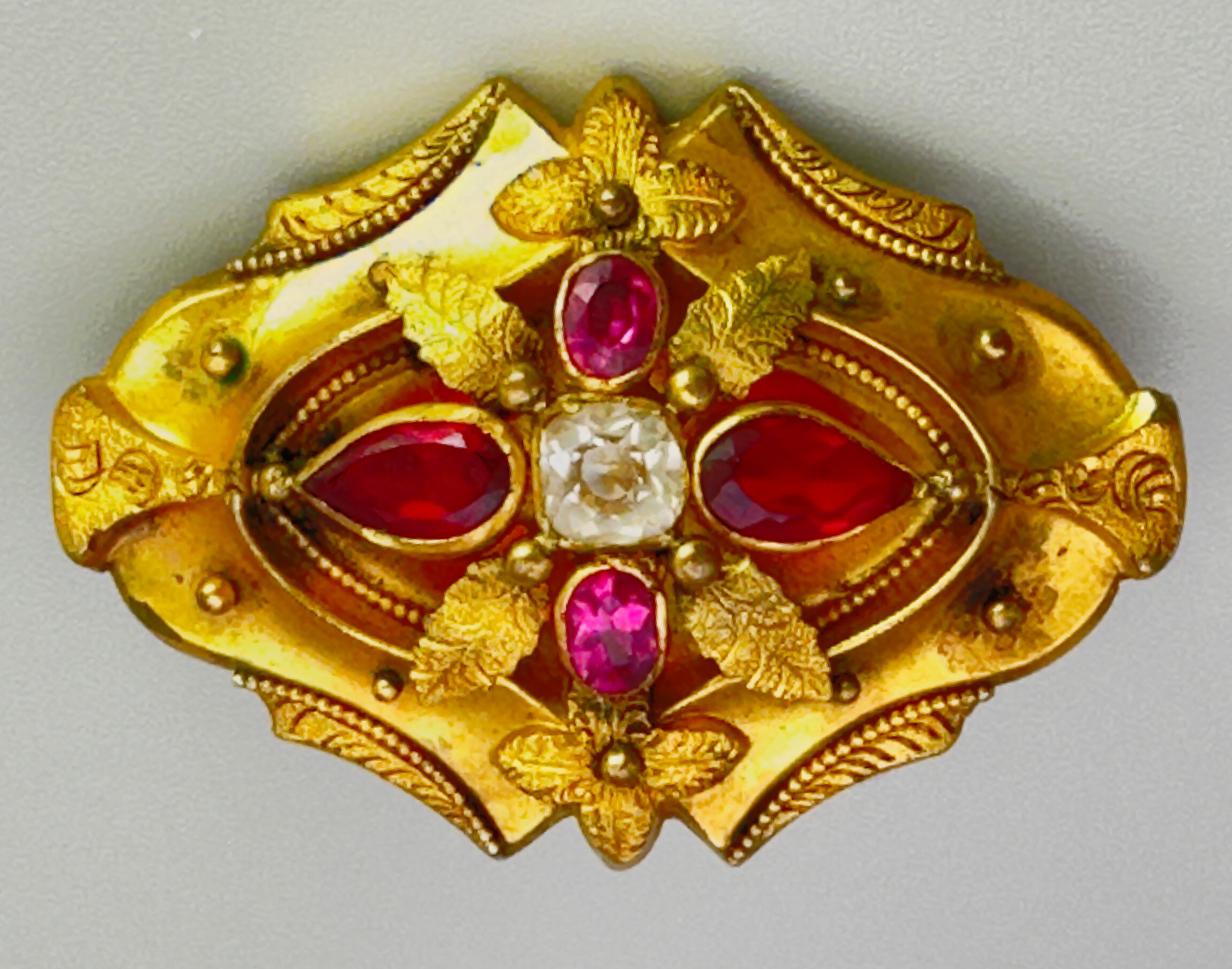
Victorian pinchbeck brooch with paste stone c1900
Price: £45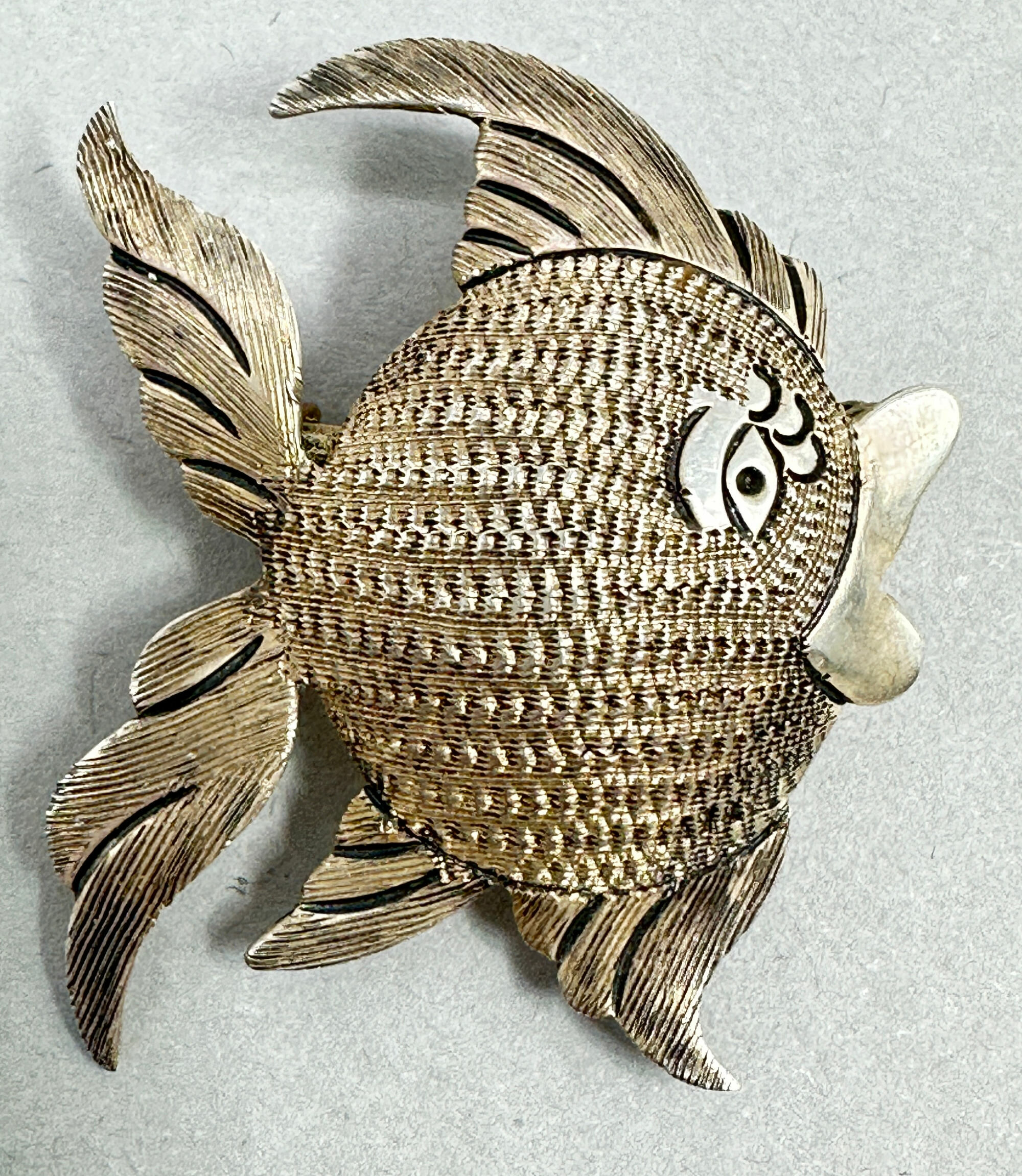
Taxco Fish Brooch c1940
Price: £25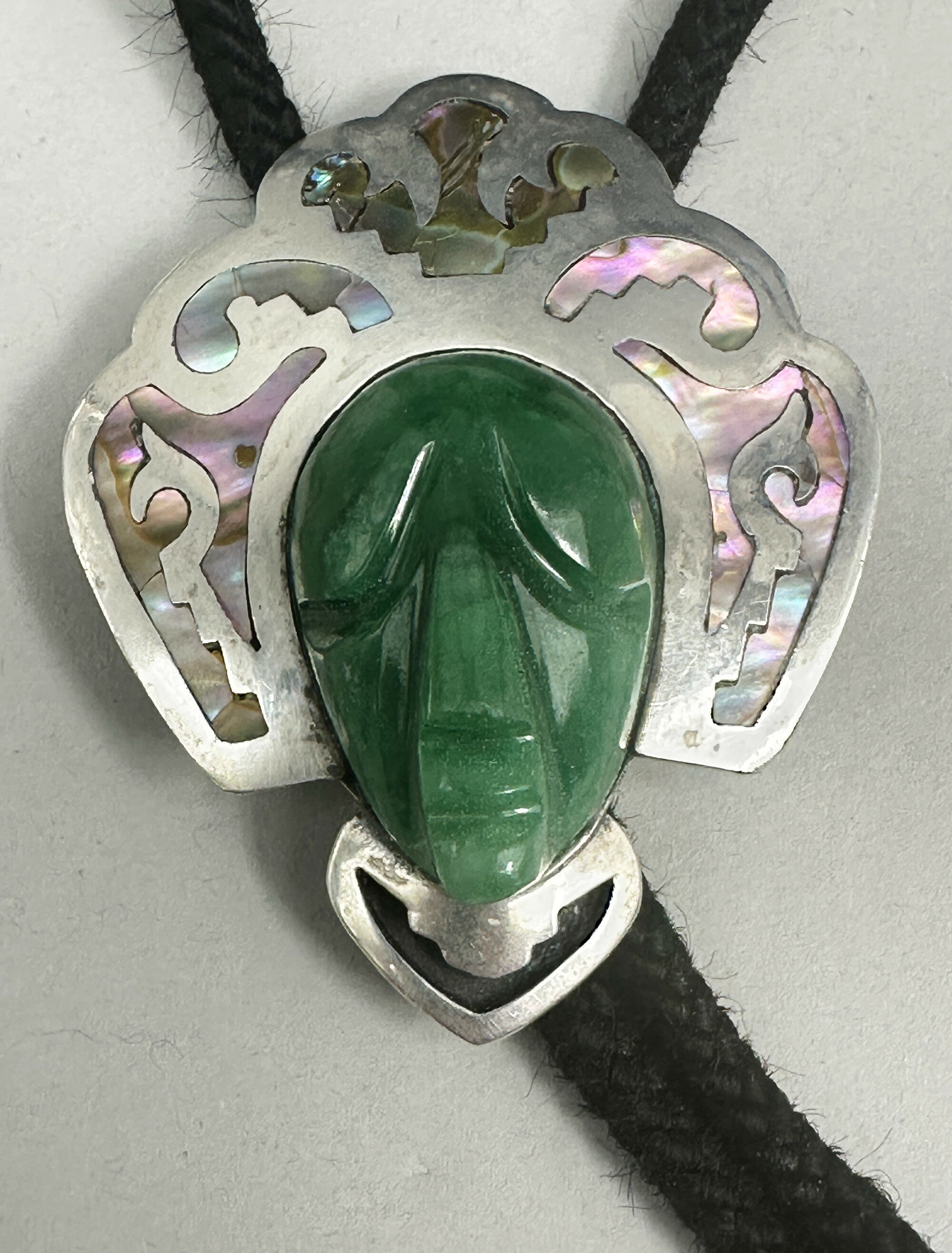
Mexican Silver Bolo Tie with Aztec mask Head, Taxco, c1950
Price: £125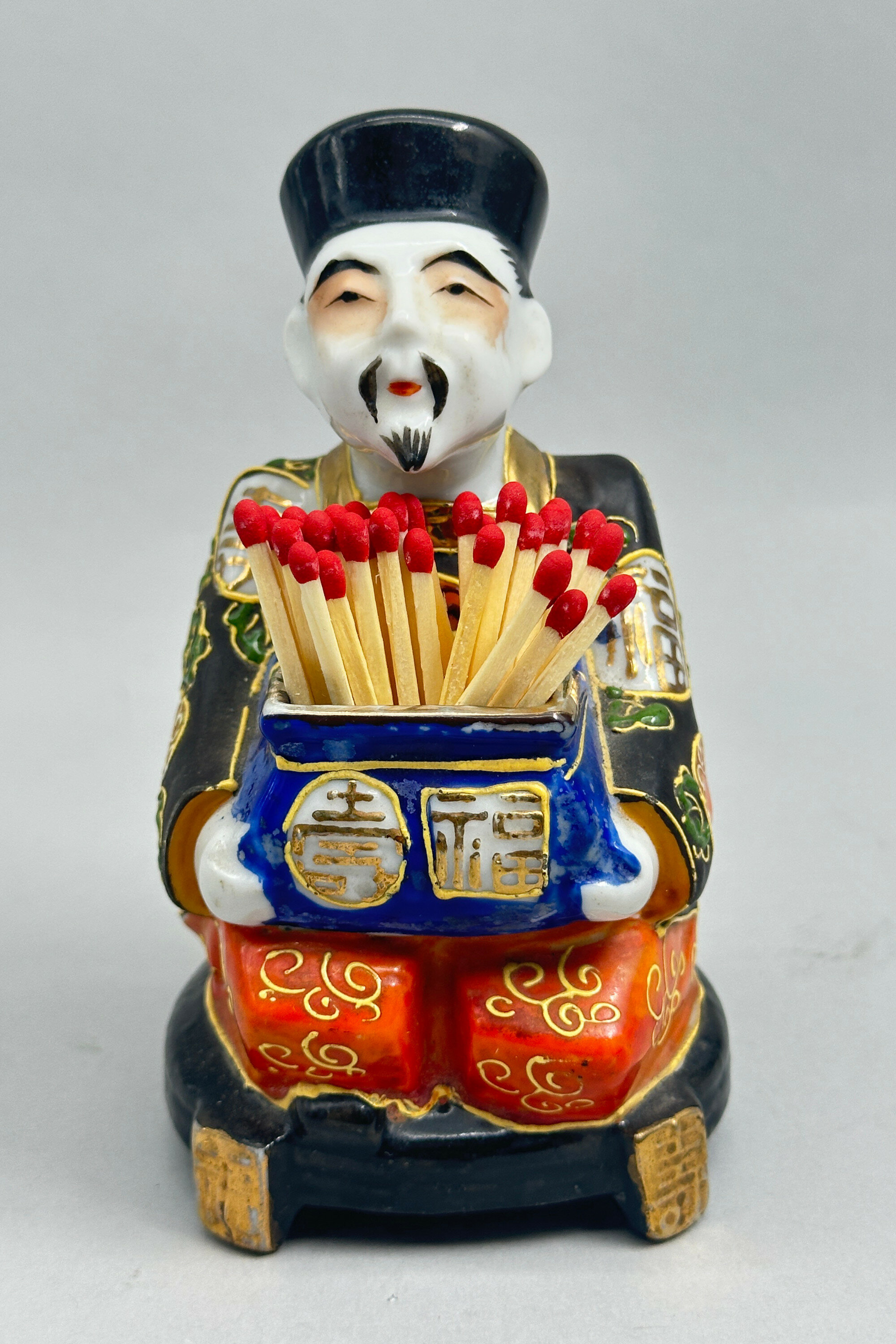
Japanese satsuma style match stick holder c1940
Price: £45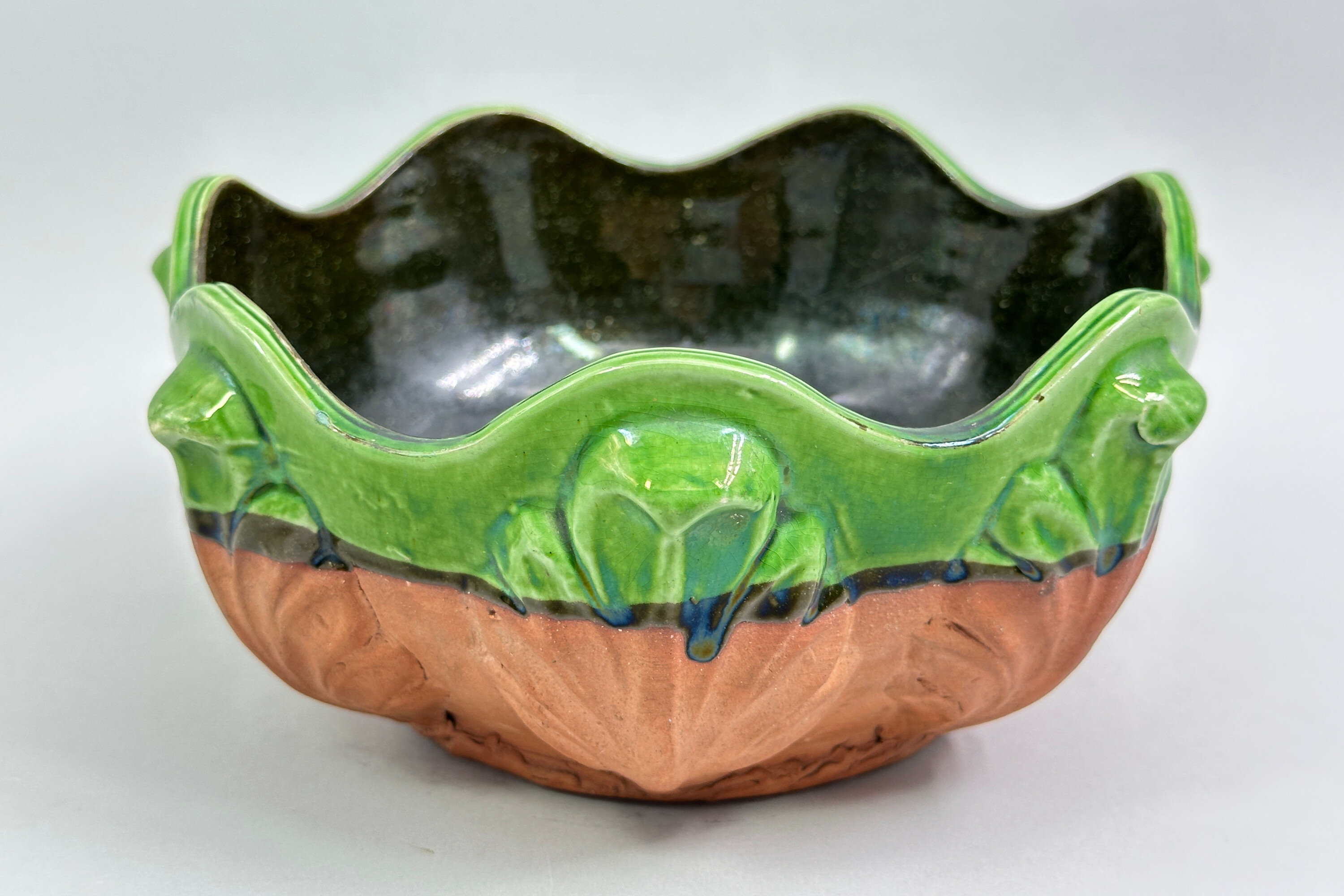
A Brannam Bowl, Barum ware, Terracotta and Glaze, marked C.H.Brannam, circa 1900
Estimate: £30 – 40
Chinese style Vase and Cover decorated with ladies and courtiers in a garden scene, C20th
Price: £55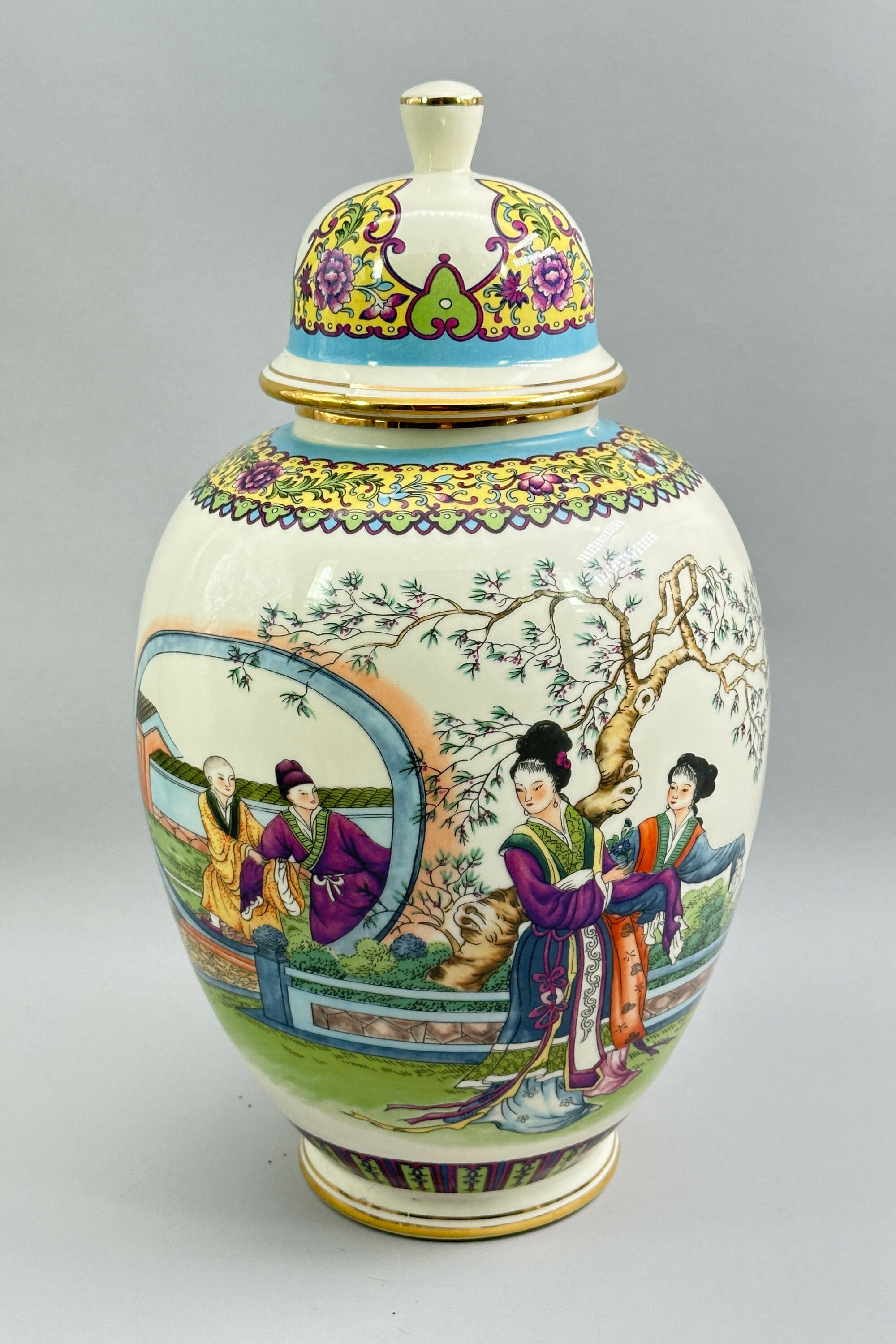
Chinese style Vase and Cover decorated with ladies and courtiers in a garden scene, C20th
Price: £55
Framed Picture of Two Elephants signed Mary Beth Zeitz and dated 2003
Price: £25
Small circular ceramic plaque after Fragonard marked Limoges, framed, late C20th
Price: £25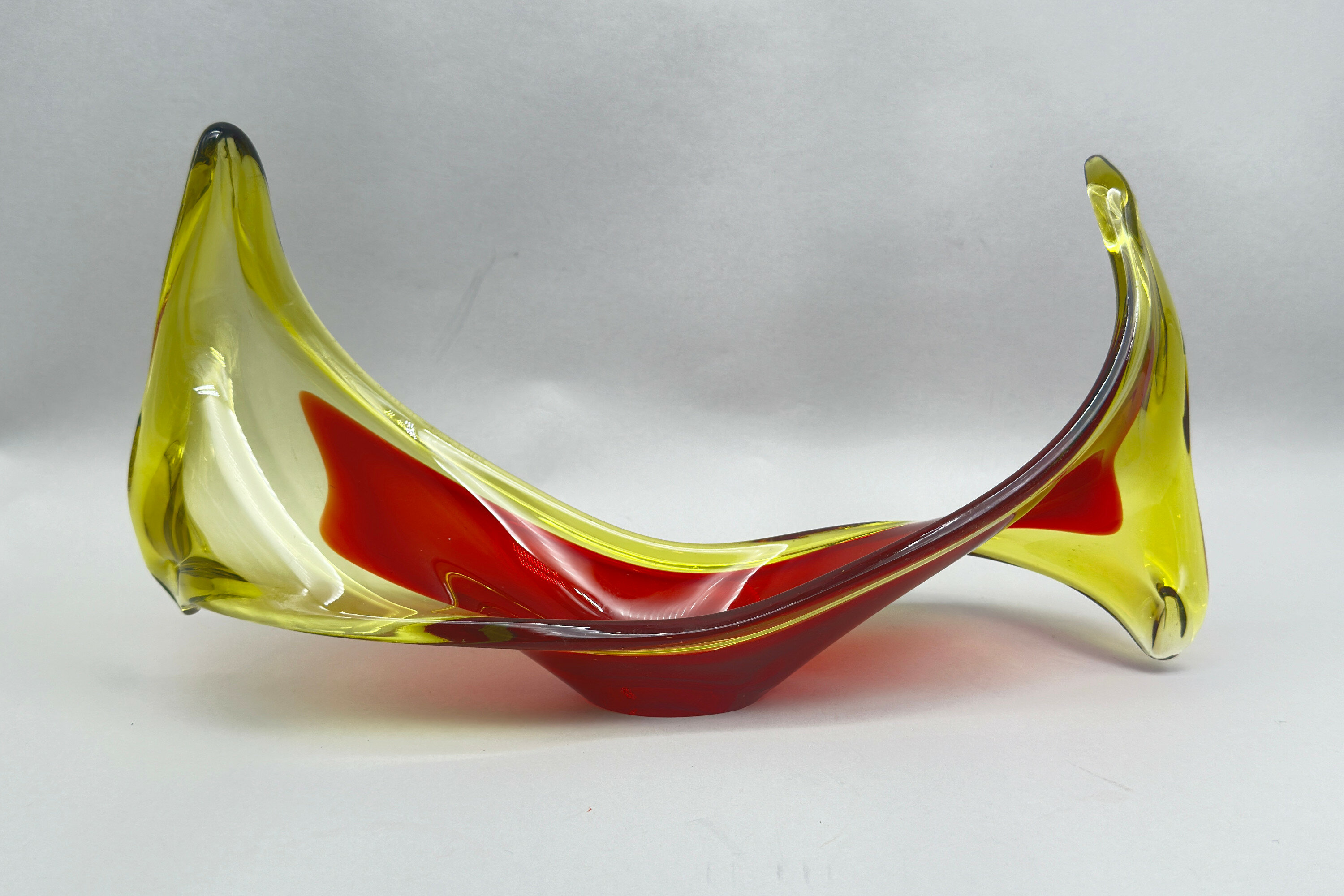
Viartec Murano Style Selenium Red & Orange Glass Sculptural Dish, Spanish 1950s/1960s
Price: £45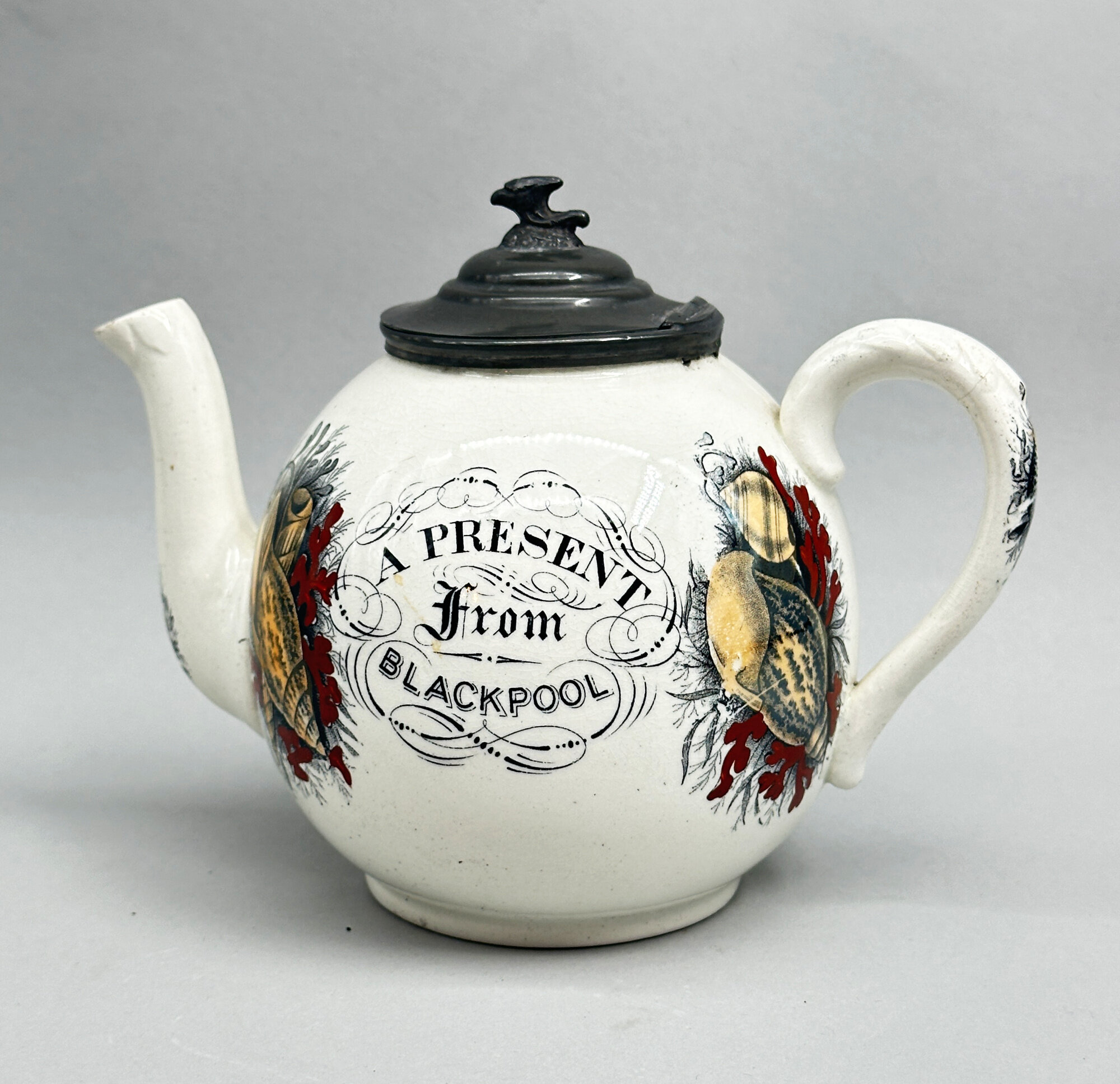
Blackpool souvenir teapot c1920
Price: £35
Two Vintage Japanese Kokeshi Doll Groups, C20th
Price: £25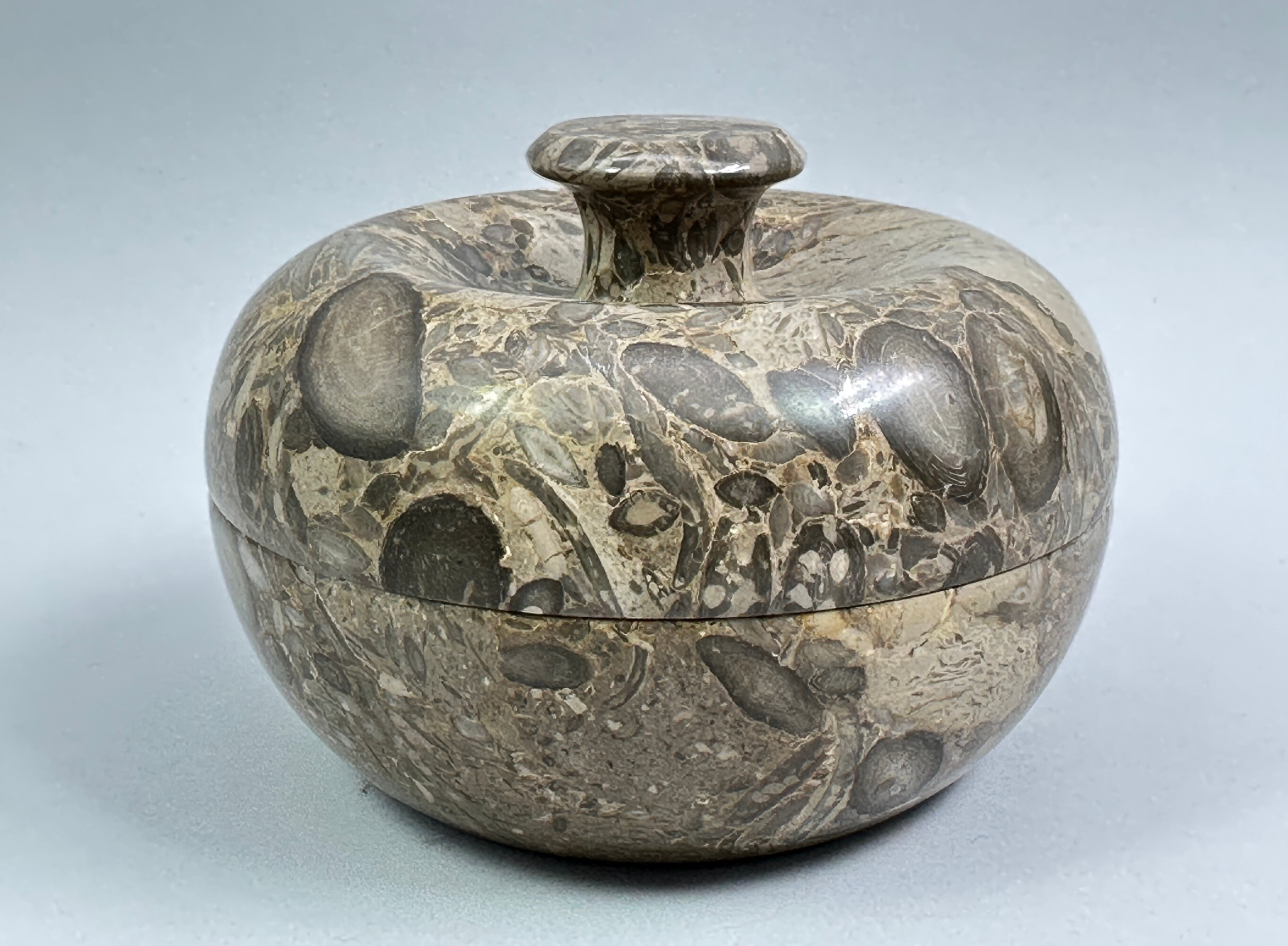
Vintage hand carved Fossil Stone Trinket Box and Cover, C20th
Price: £25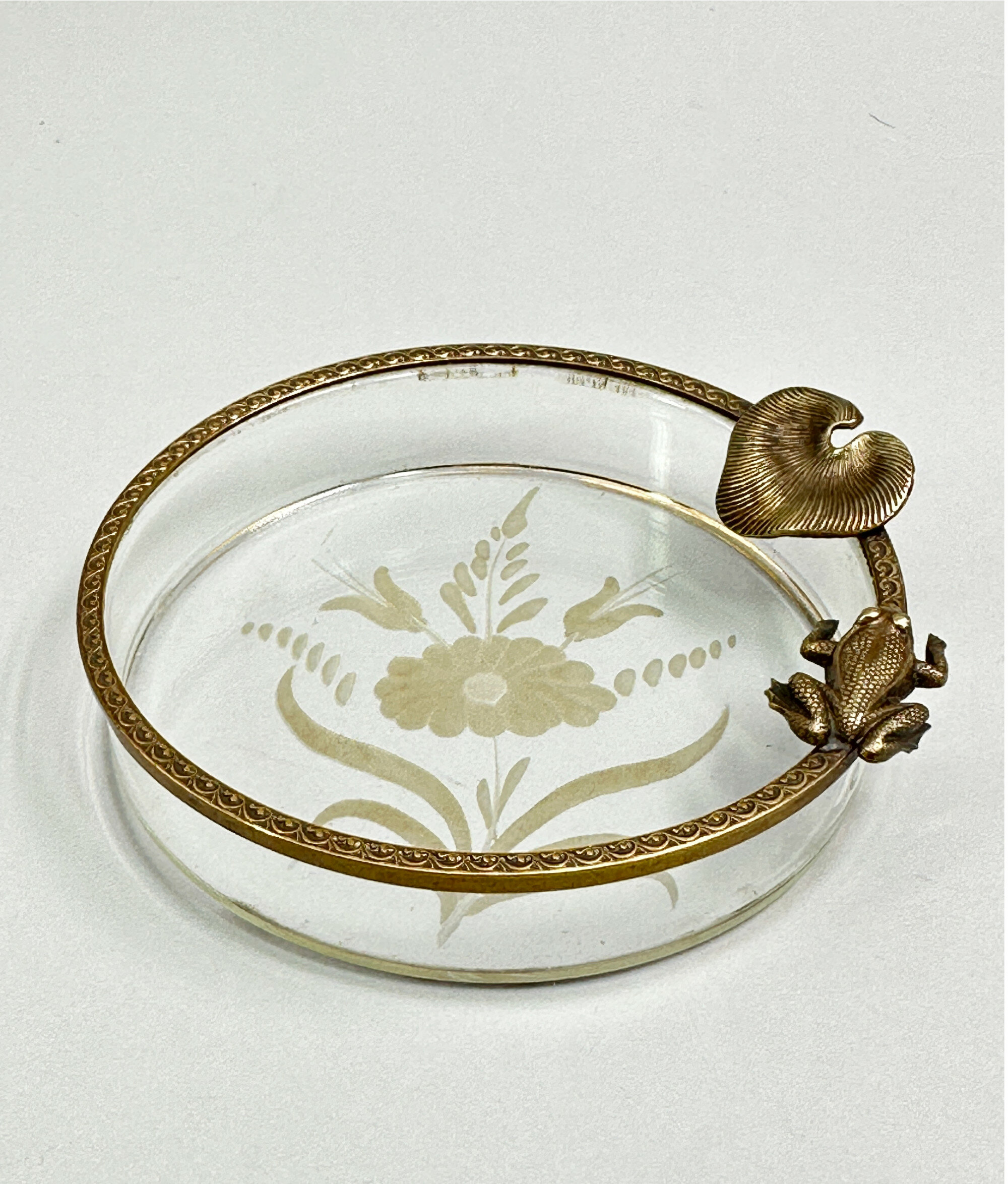
Fine Quality engraved French Glass Dish with naturalistic Ormolu Mounts, early C20th
Price: £25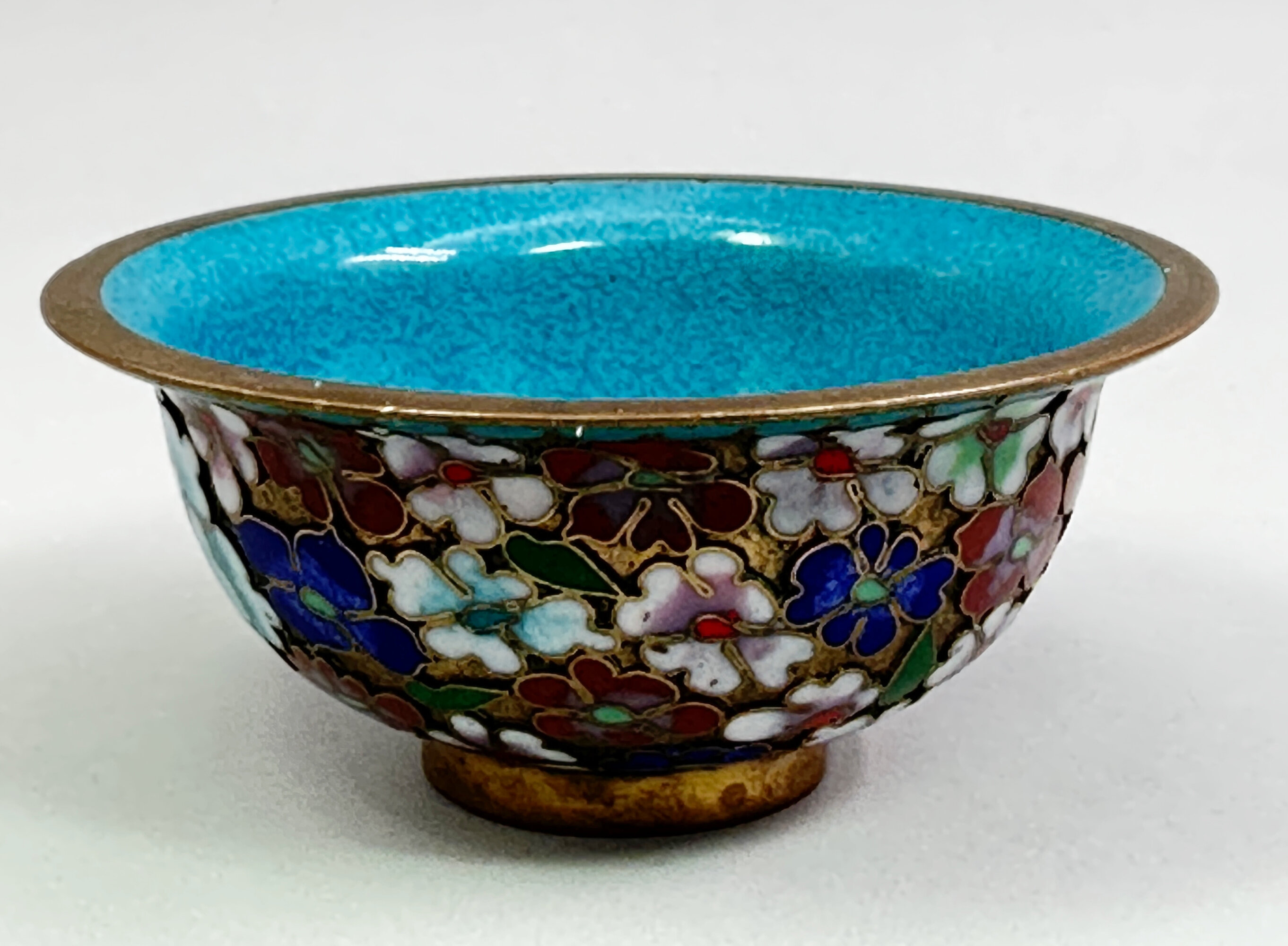
Small Chinese Gilt Ground Cloisonné Bowl, C20th
Price: £35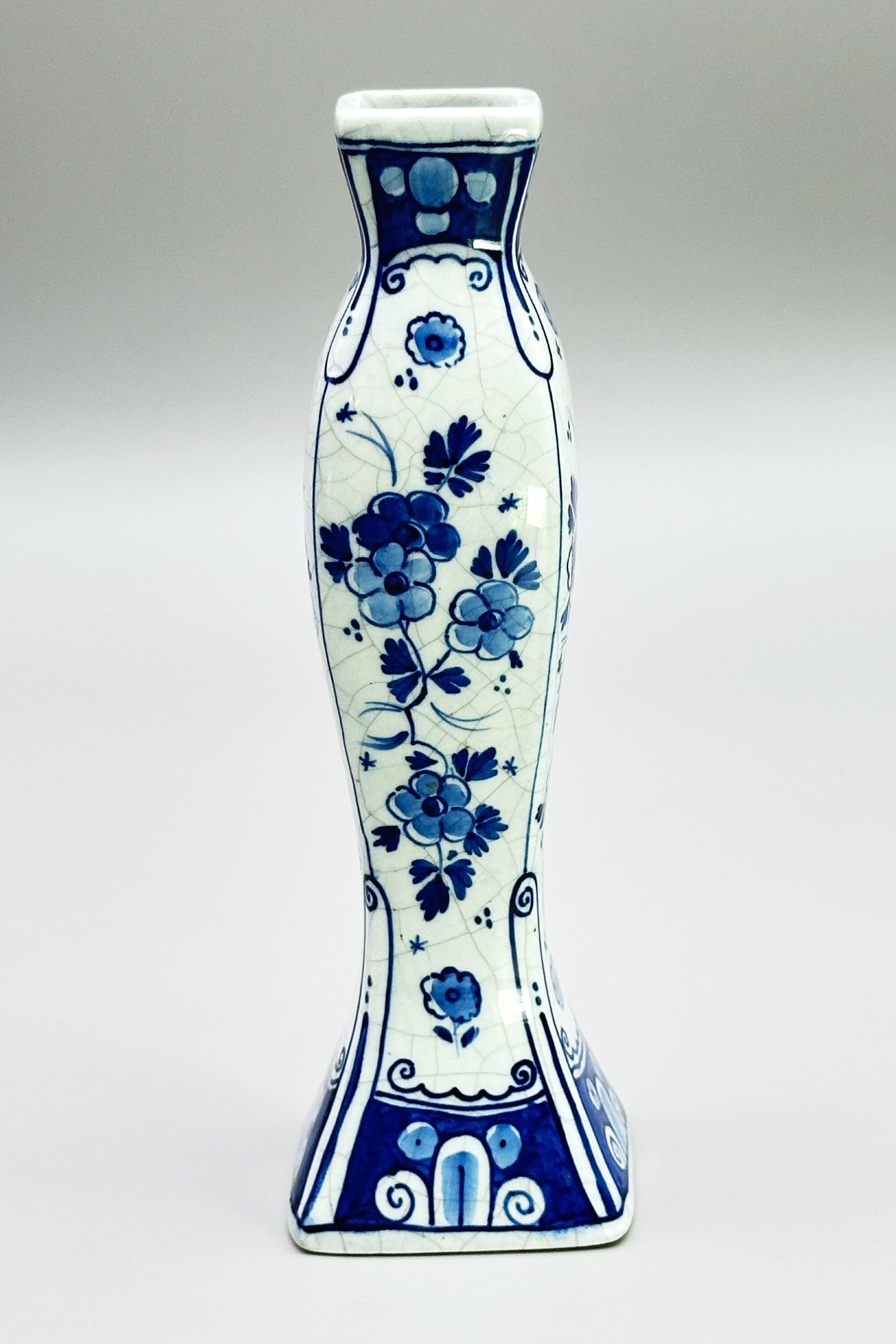
Delft style garniture vase, probably Chinese C20th
Price: £20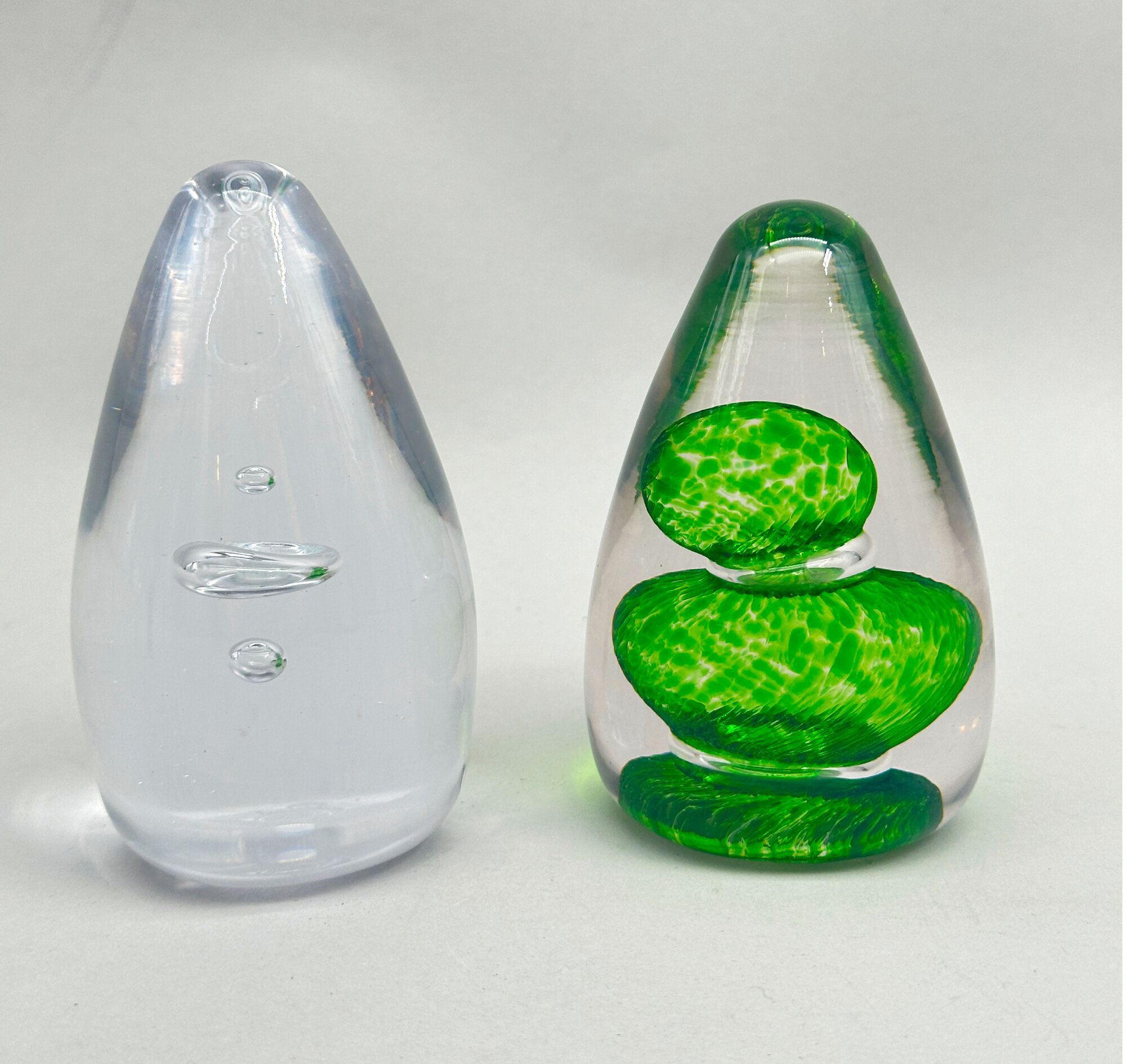
Two Wedgwood Glass paperweights designed by Ronald Stennett-Wilson, late C20th
Price: £40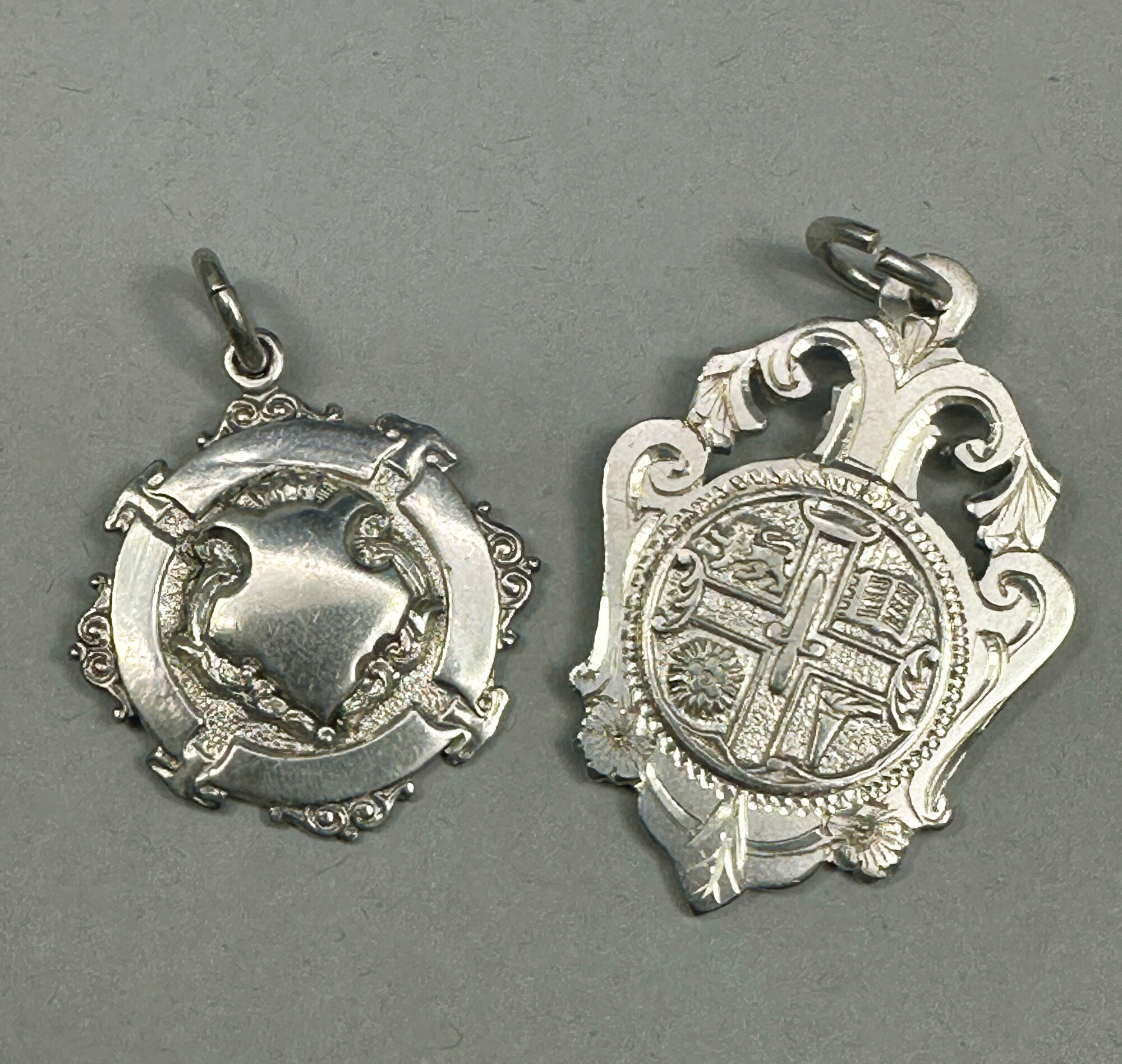
Two watch fobs 1912 and 1923
Price: £35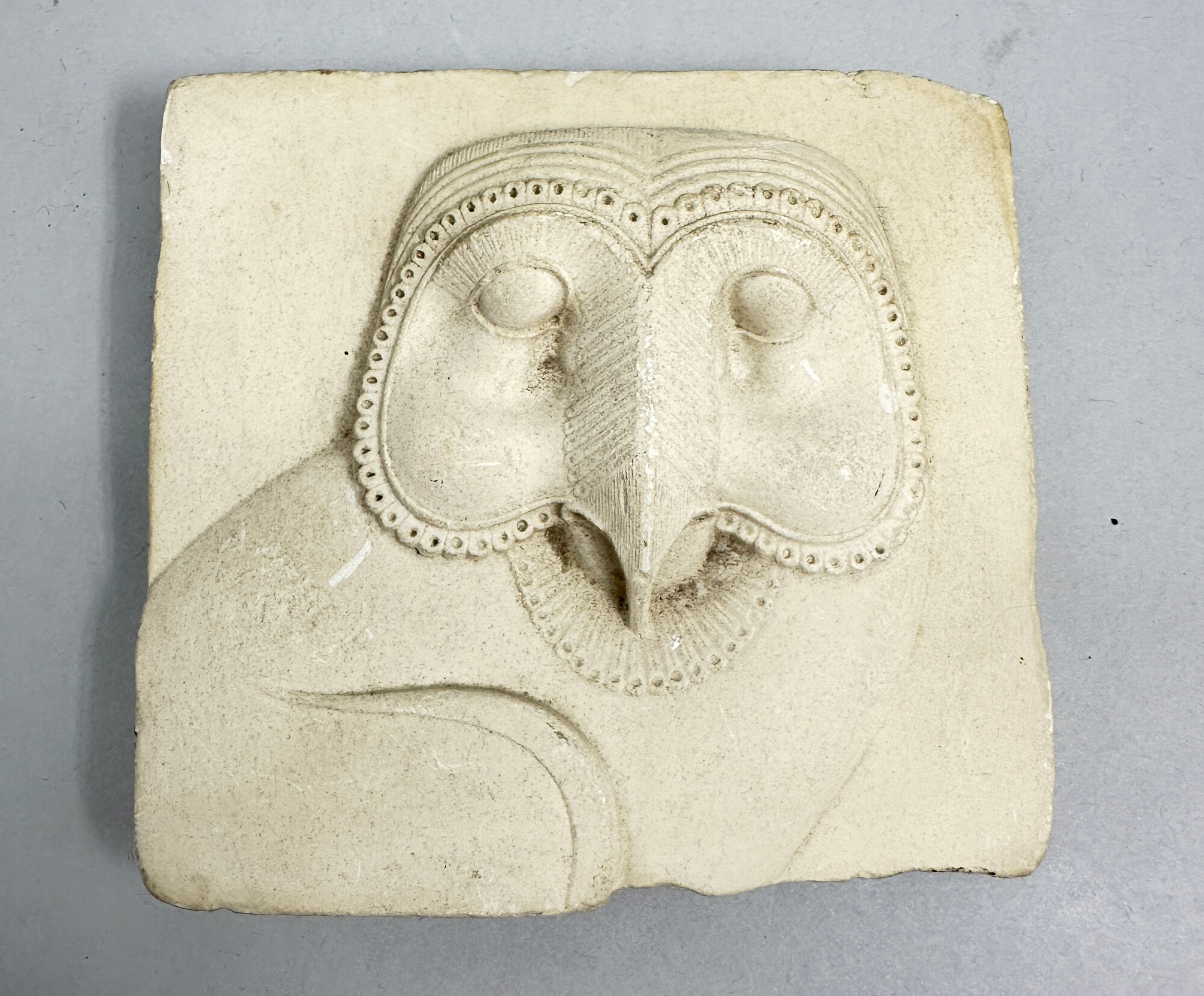
Metropolitan Museum of Art Egyptian Hieroglyphic wall plaque c2000
Price: £20
A pair of Art Deco style Onyx Bookends, C20th
Price: £35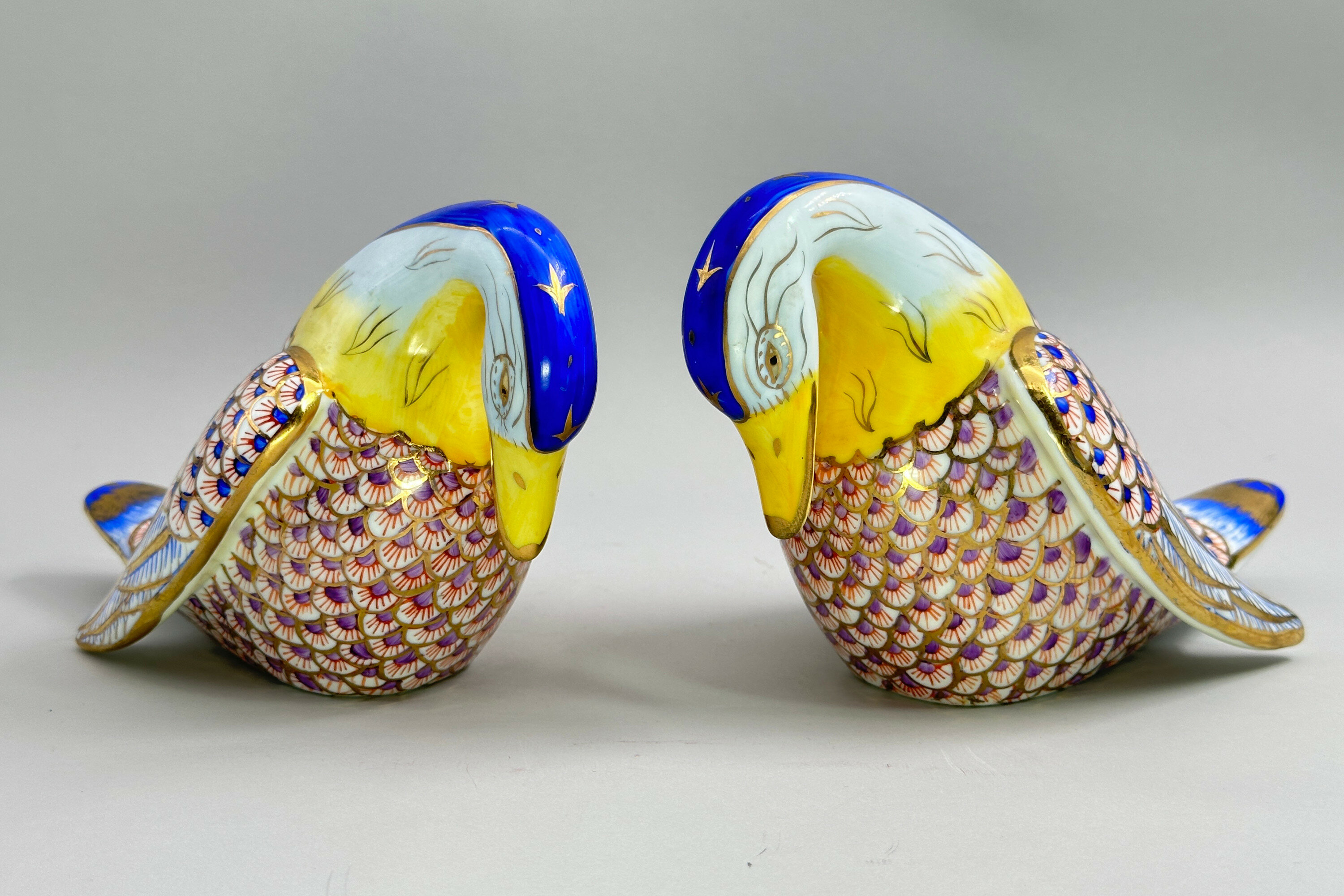
Pair of Ceramic Figures of Swans, probably continental, C20th
Price: £45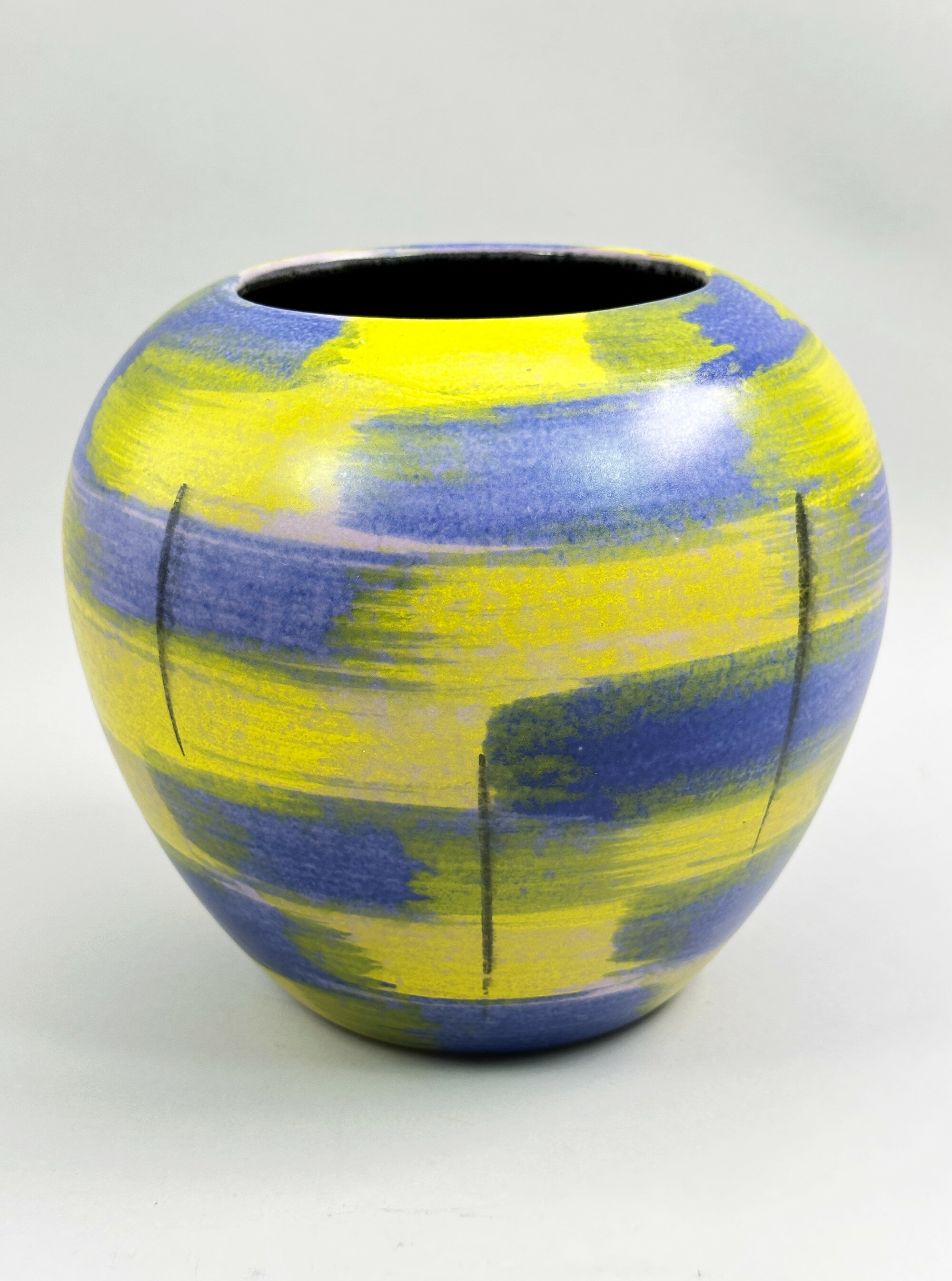
East German Ceramic Vase, VEB Haldensleben, 1950s
Price: £35The factory mark, a shallow dish superimposed over the letter 'H' inside a circle, is that of the East German pottery VEB Haldensleben. VEB stands for 'Volkseigener Betrieb', meaning a people-owned enterprise and used in relationship to the state owned workplaces in the GDR. Haldensleben is a town in Saxony-Anhalt, Germany and a ceramics factory was created there in 1945 with the nationalization of the Carstens Uffrecht plant that followed the division of Germany at the end of WWII. Halsdenleben focused primarily on the manufacture of vases. Its output tended to be of superior quality and employed more restrained glazes than those used by its West German counterparts. Upon the reunifucation of Germany in 1990, the factory was returned to its original owners, the Carstens family. The pattern number here is found on other pieces with the same shape but the abstract decoration used is quite individual and evocative of 1950s and early 1960s designs.

West German Ceramic Vase, Marei, 1970s
Price: £45While not stamped with a maker's mark, vases of this type are attributed to the West German Ceramics factory Marei which produced pieces from 1949 to 2016. Marei was the commonly used abbreviation for the firm's name which was Majolikafabrik Rheinbach Jean Fuss and Sohn. The pieces are distinguished by the use of a reddish clay but this was sometimes more brown or dark brown depending on the suppliers used. Marks are usually impressed into the base although these are often just pattern numbers, as here. Many pieces are unmarked and some are stamped 'MADE IN GERMANY' or 'W.GERMANY'. The pattern number here is '7104'and is found on similar pieces with the same shape but different decoration. This vase was probably made in the 1970s and is typical of the striking designs the firm produced.
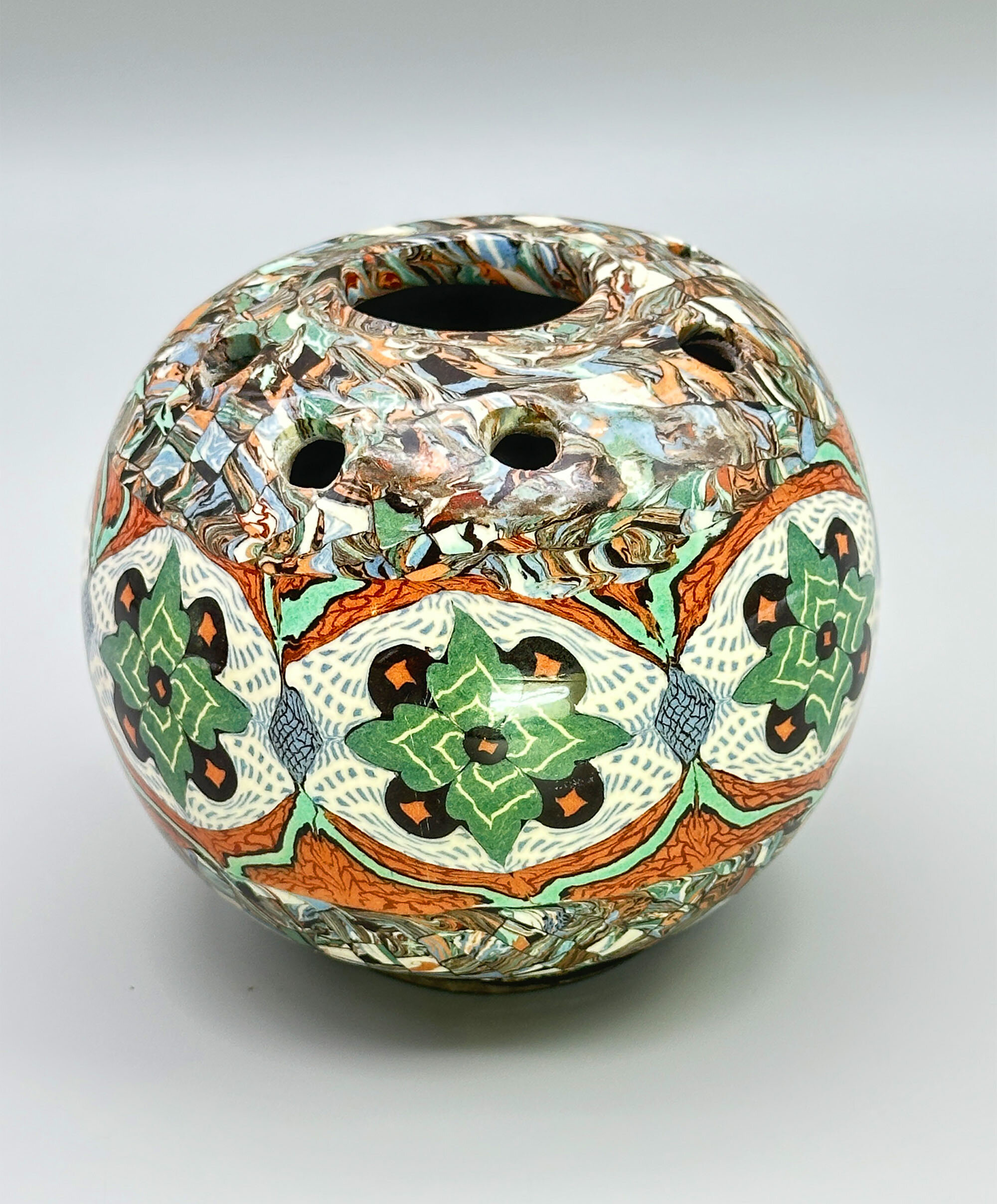
Vallauris Mosaic Pattern Vase, Jean Gerbino, signed, mid C20th
Price: £65Known for its ceramics since Roman times, when the deposits of clay found locally acted as stimulus for the production of pottery, the French Riviera town of Vallauris has been called the ‘city of 100 potters’. Pottery has been made there continuously since the classical period with a growth in production in the late nineteenth century followed by the establishment of various well known ateliers in the twentieth and the residence of Picasso himself who is said to have produced over 3500 pieces there.
Jean Gerbino Jean Gerbino (1876-1966) was a Sicilian ceramicist, who took French citizenship in 1928. He settled eventually in Vallauris and developed a unique technique combining mosaic and nériage (a mixture of coloured clays). The clays are coloured with oxides, hardened, and then assembled into plates to create colourful and distinctive mosaic patterns. These plates are then moulded, dried, and fired. The resulting forms are both distinctive and highly decorative, modern with a hint of the Art Deco era.
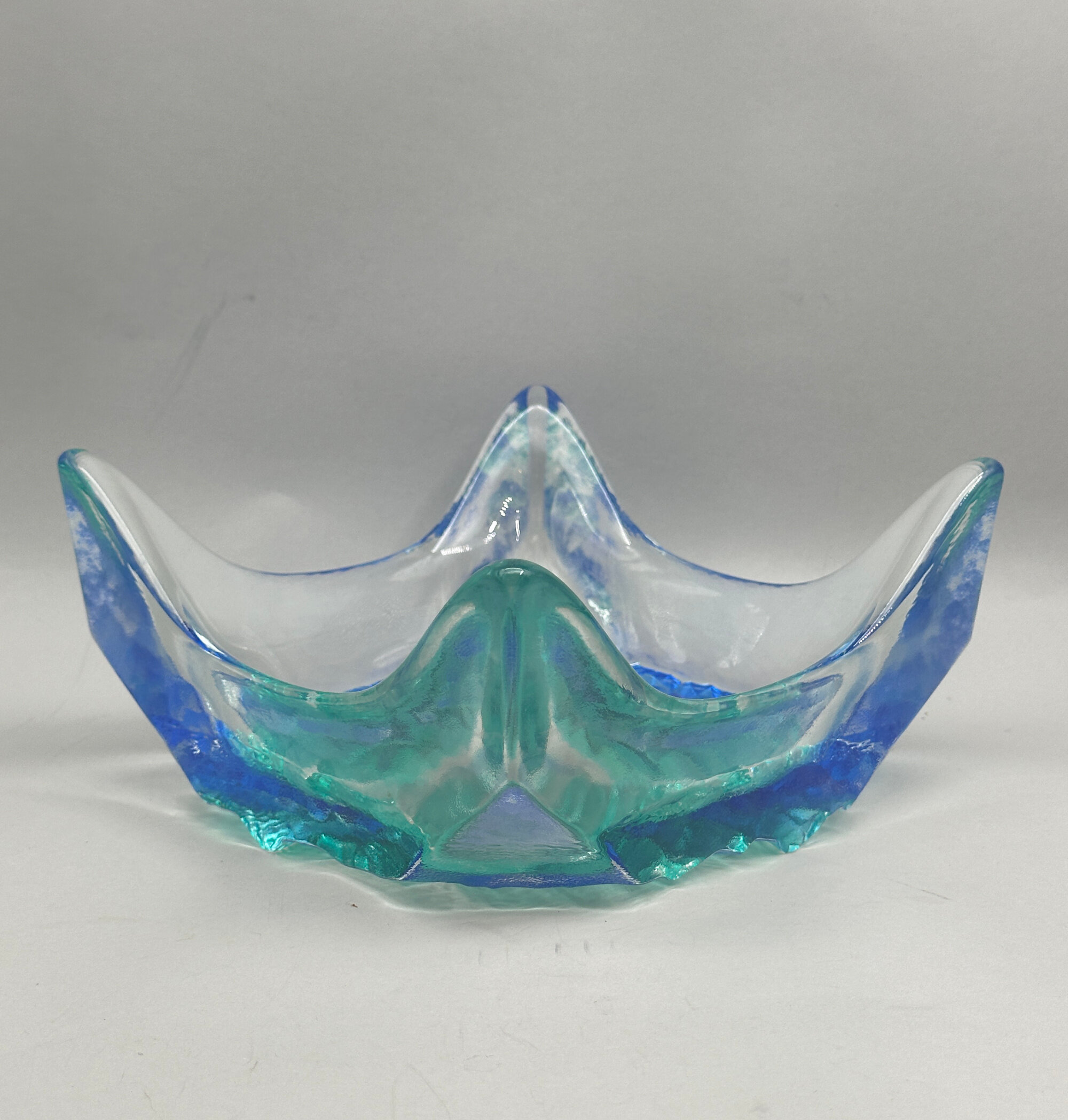
Blue and Green Ice Glass Square Bowl, designed by Tapio Wirkalla for Iitala Finland, late C20th
Price: £55The Finnish designer Tapio Wirkkala (1915–1985) was a major figure of post-war design, working in a wide variety of media including ceramics, wood and glass as well as postage stamps, bank notes and even light bulbs. His first piece for Iitala was produced in 1946 and the commercial ‘Tapio’ collection from 1954. Some of his ‘ice glass’ effects took the Iitala craftsmen many hours to perfect the glass blowing techniques required to produce them but enjoyed immense popularity. These chunky bowls, almost brutalist in style, were produced in the 1970s and 1980s and are an excellent example of his work for the popular market.
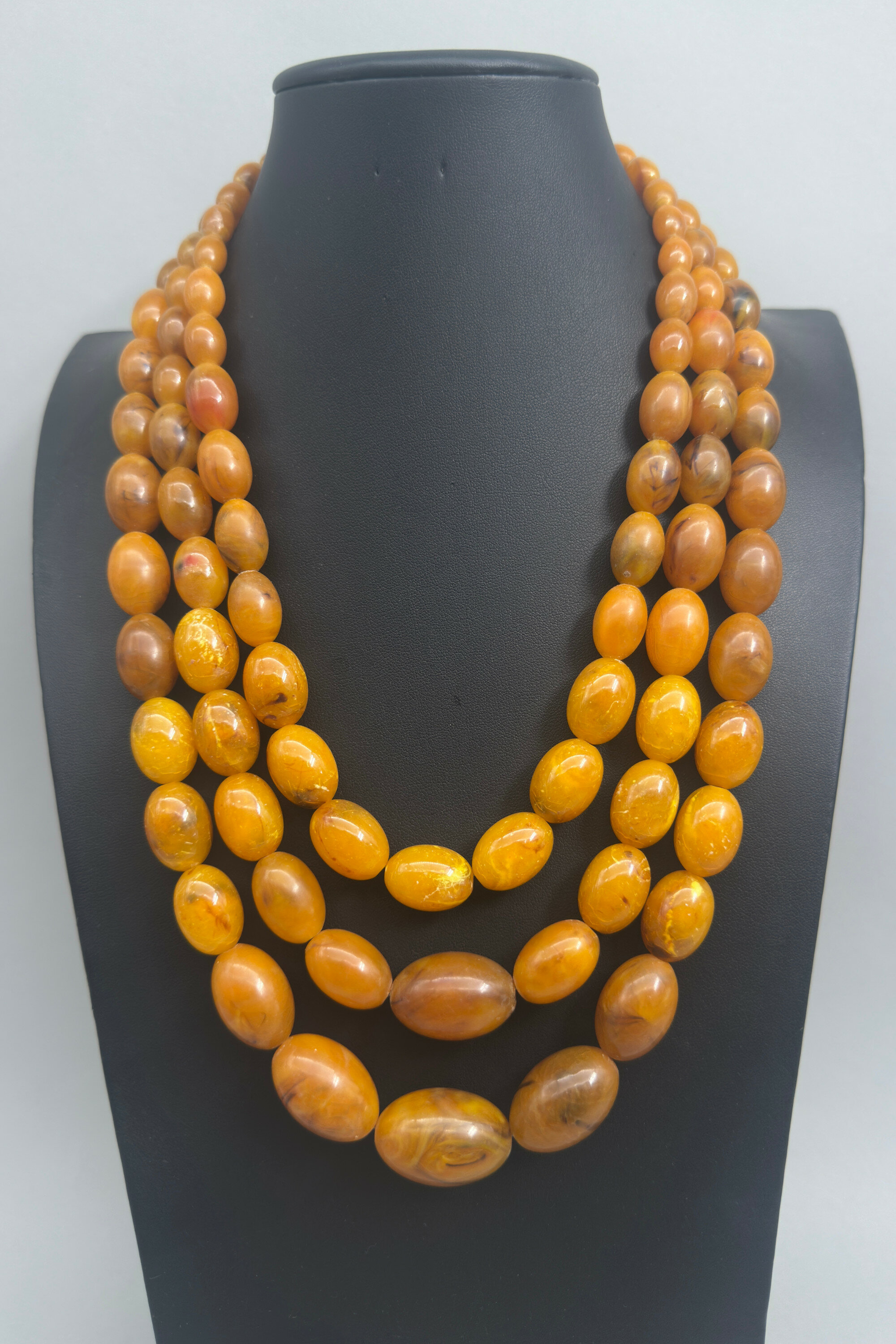
Triple strand of amber Bakelite beads, British 1930s
Price: £750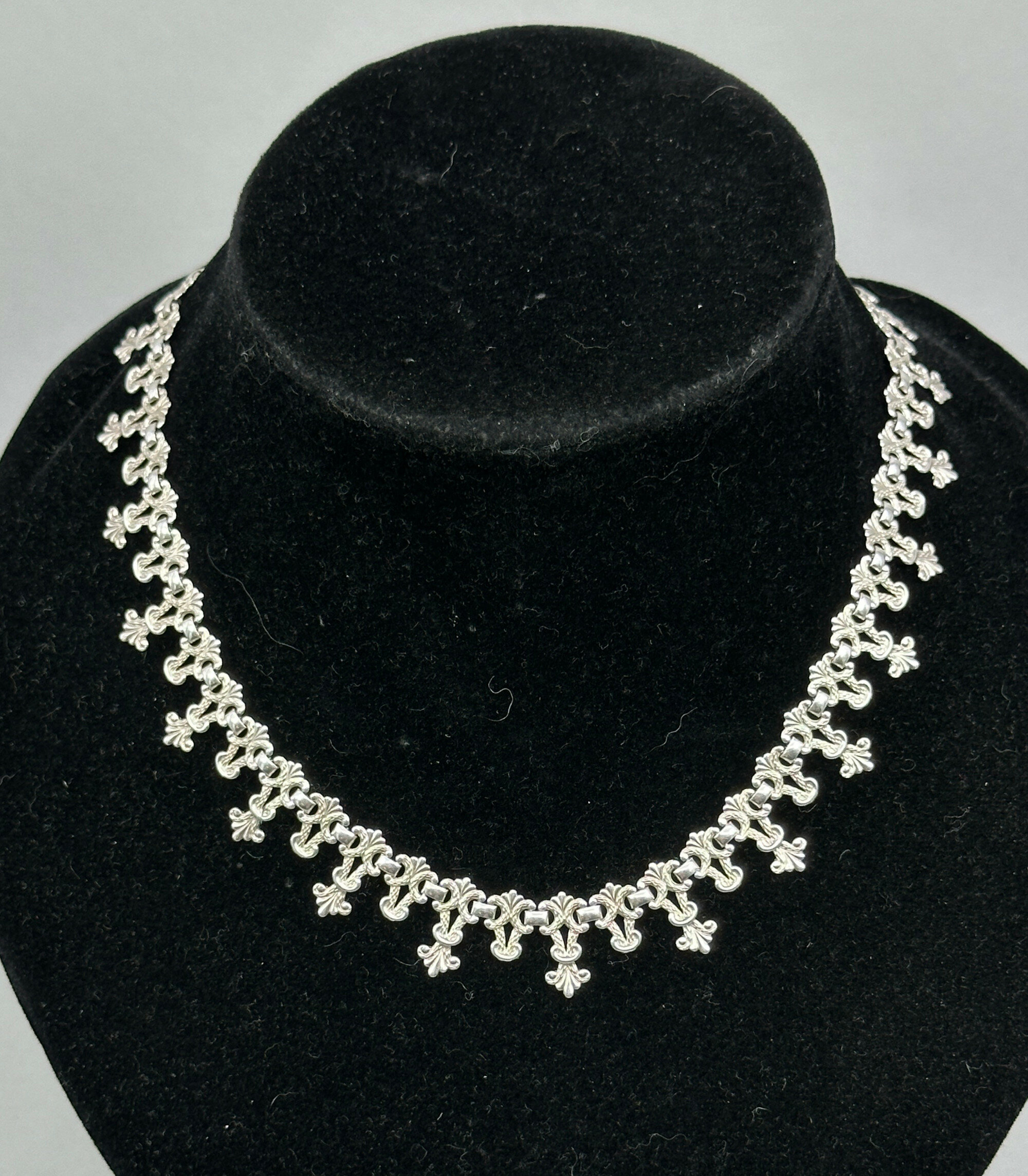
Edwardian silver fleur-de-lis collar necklace circa 1910
Price: £85Please note that the necklace is not marked for silver and has not been tested.

Japanese Arita Bowl decorated with panels of flowers and interior Scenes, circa 1820
Price: £45The rather more elaborate style of decoration here and the addition of enamel colours to the standard imari palette of underglaze blue, iron red and gold resembles 'kenjo imari' pieces produced in Japan in the eighteenth century and in the early nineteenth century, a specific type of Imari that was highly decorated and meant for domestic consumption, Kenjo, meaning 'for presentation'. The paste of the foot, harder and smoother than that used in the later nineteenth century, suggests a dating here to around 1820 before trade with the West was temporarily paused. The form suggests a cup for Sake and this piece was probably one of an original set of five, but it stands on its own as a decorative item in miniature.

Art Pottery Vase with Geometric Motifs, C20th
Price: £55The style of decoration suggests Art Nouveau designs but there are no obvious parallels. Continental manufacture seems likely, perhaps France or Germany.
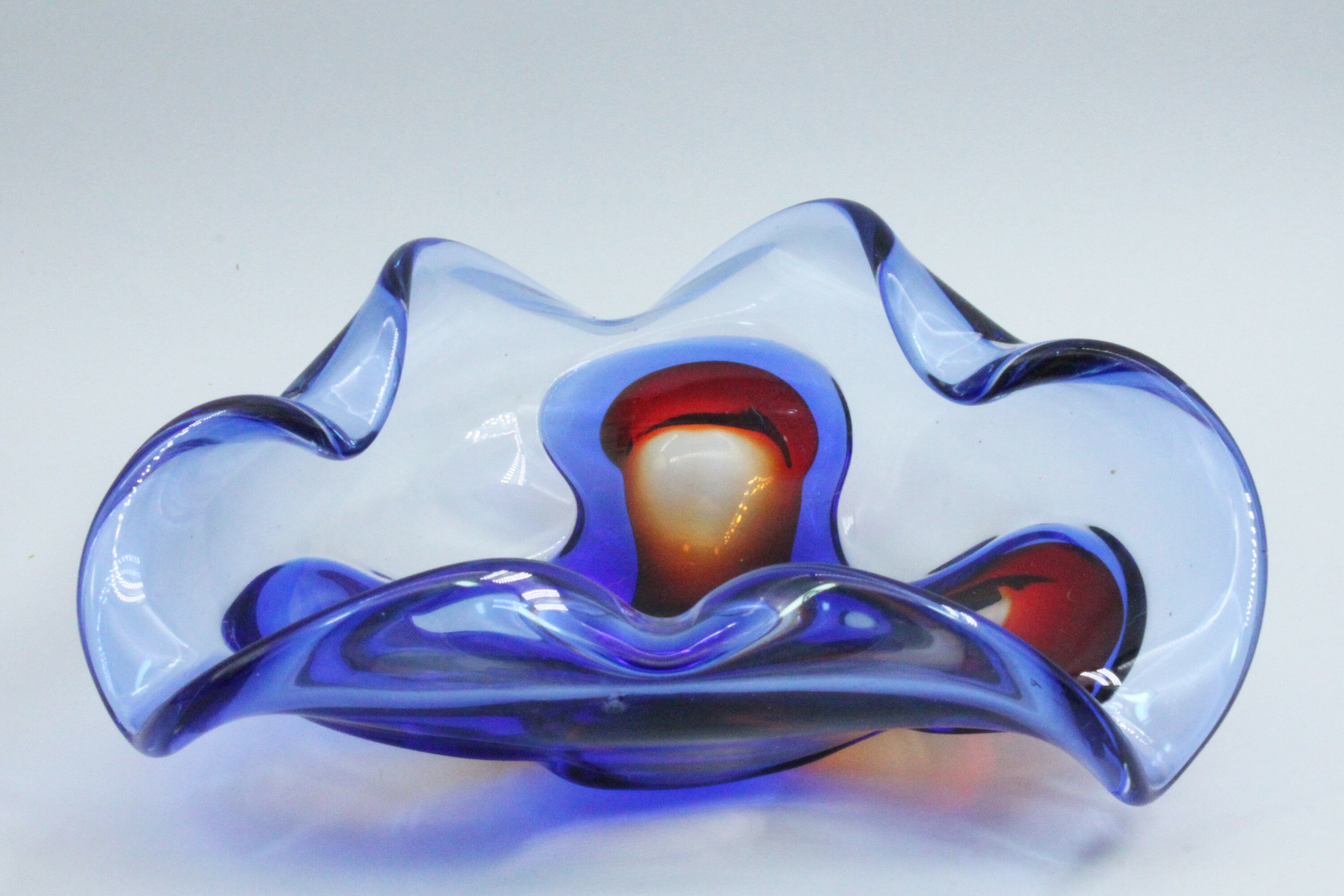
Murano Art Glass Dish, 1960s
Price: £55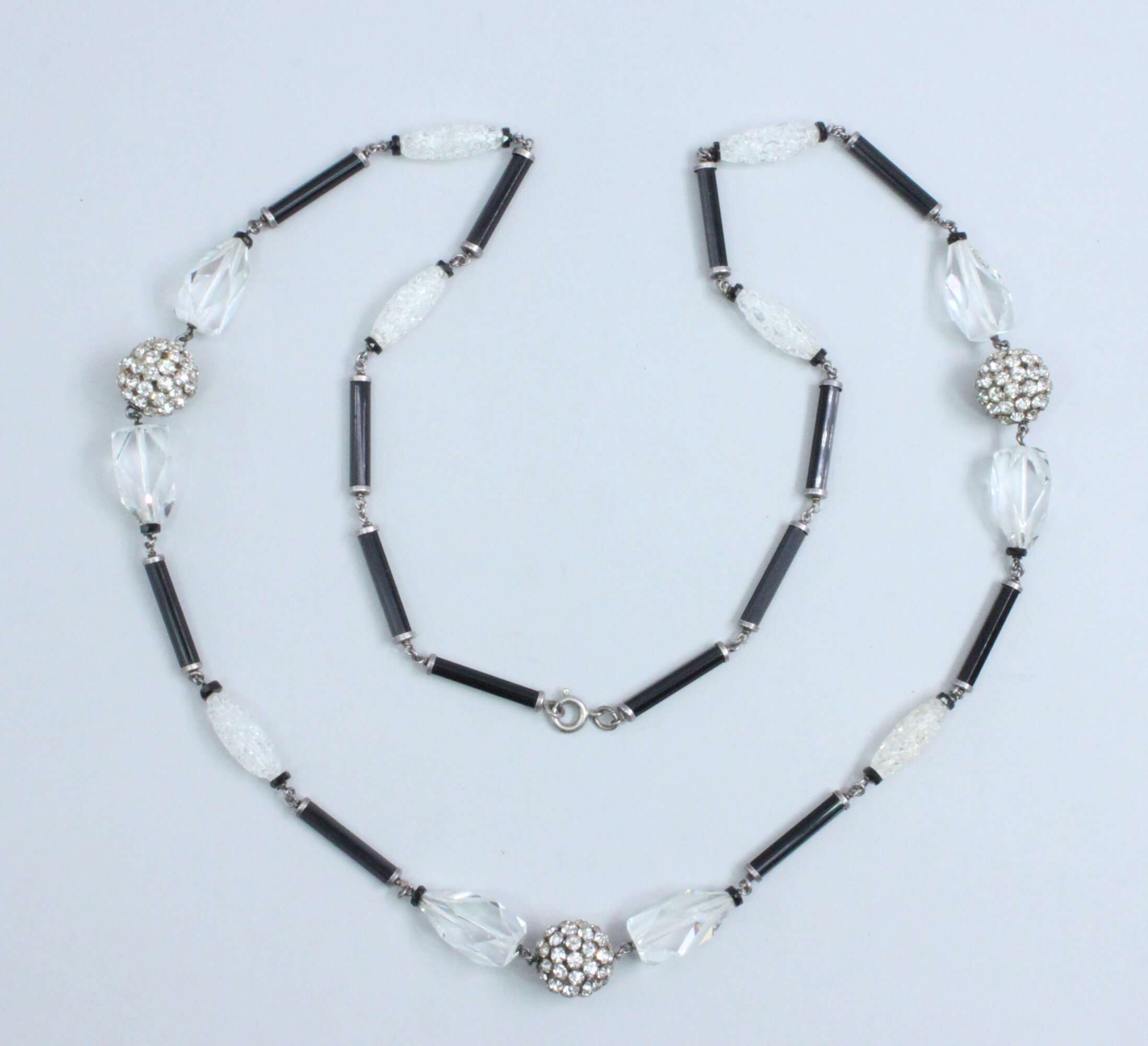
Art Deco necklace with French Jet and paste stations
Price: £25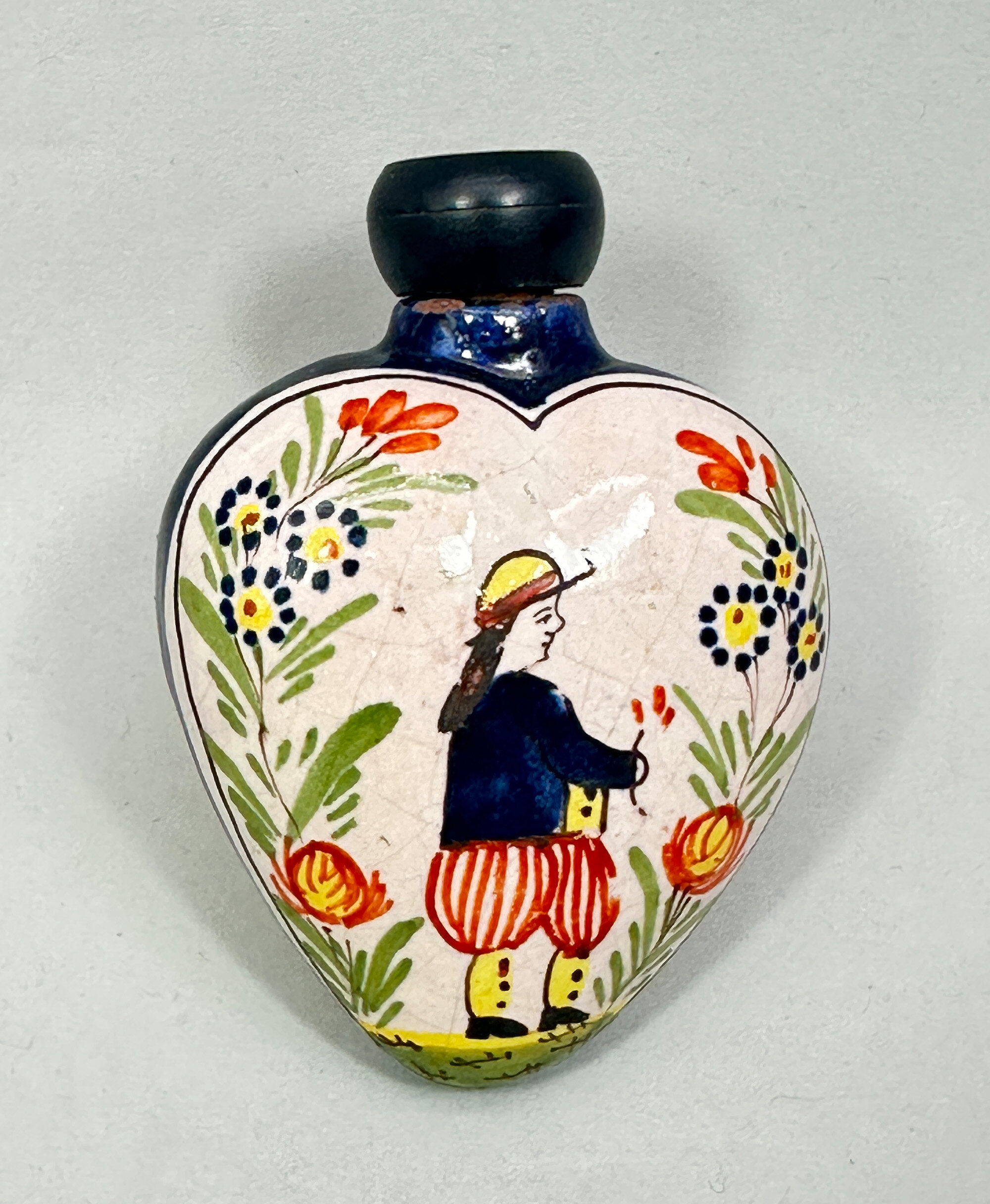
Faience Perfume Bottle and Stopper, Quimper France, C20th
Price: £75This bottle has the Breton gentleman on its front face and a fleur de lis to the reverse. The stylised lily, known as fleur de lis, became a symbol of the French royal family and France in general. It occurs, for example, on the Canadian flag but was also regularly used as a decorative motif by the Quimper potteries. These bottles can date to as early as the beginning of the twentieth century but a later time of production is probably a safer assumption here, perhaps to the 1950s. Few of these bottles survive with their fitted stoppers and the traces of cork to the top interior suggest that this stopper has been in place for some time and probably since the date of manufacture.
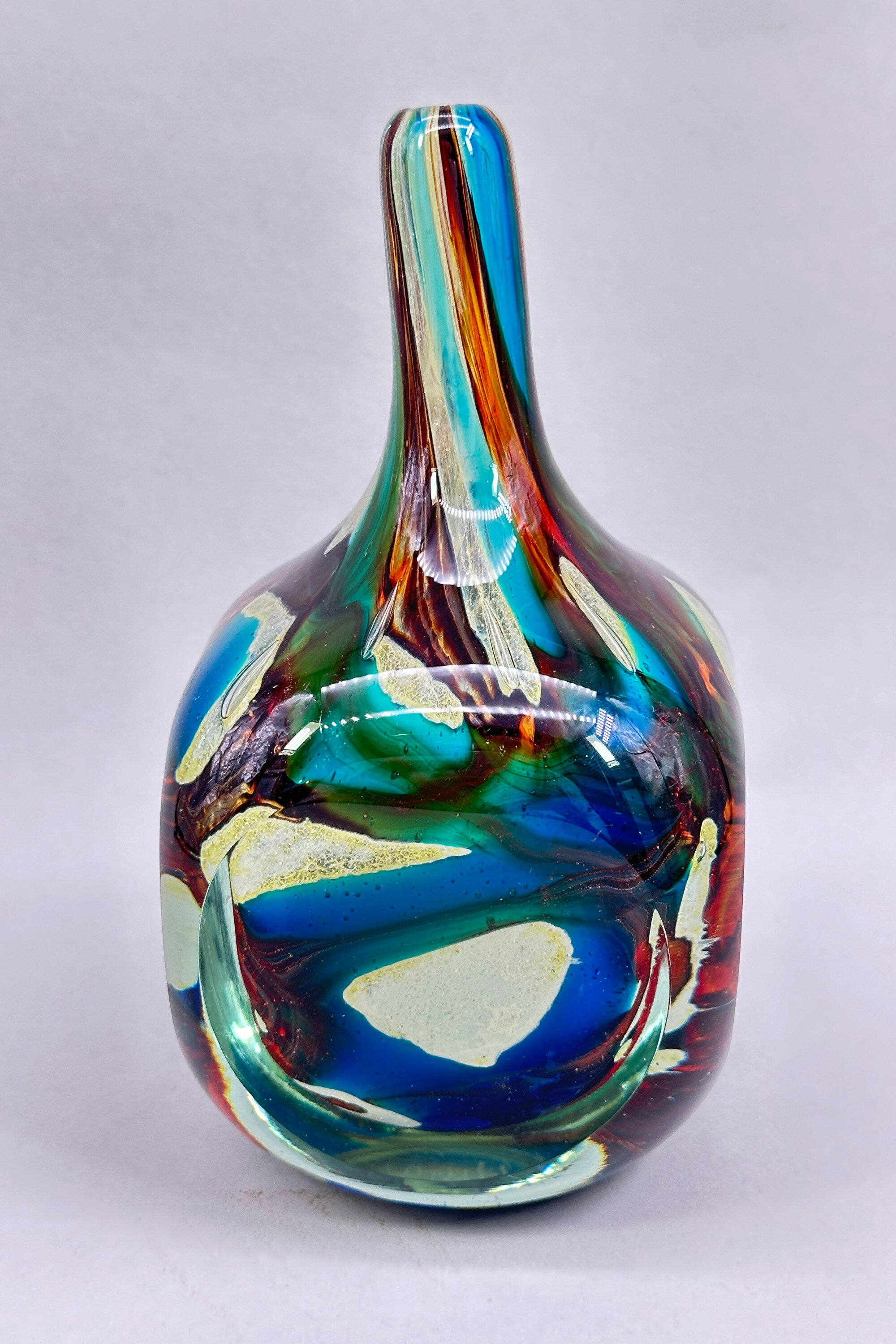
Mdina Art Glass vase, signed and numbered 1979, late C20th
Price: £95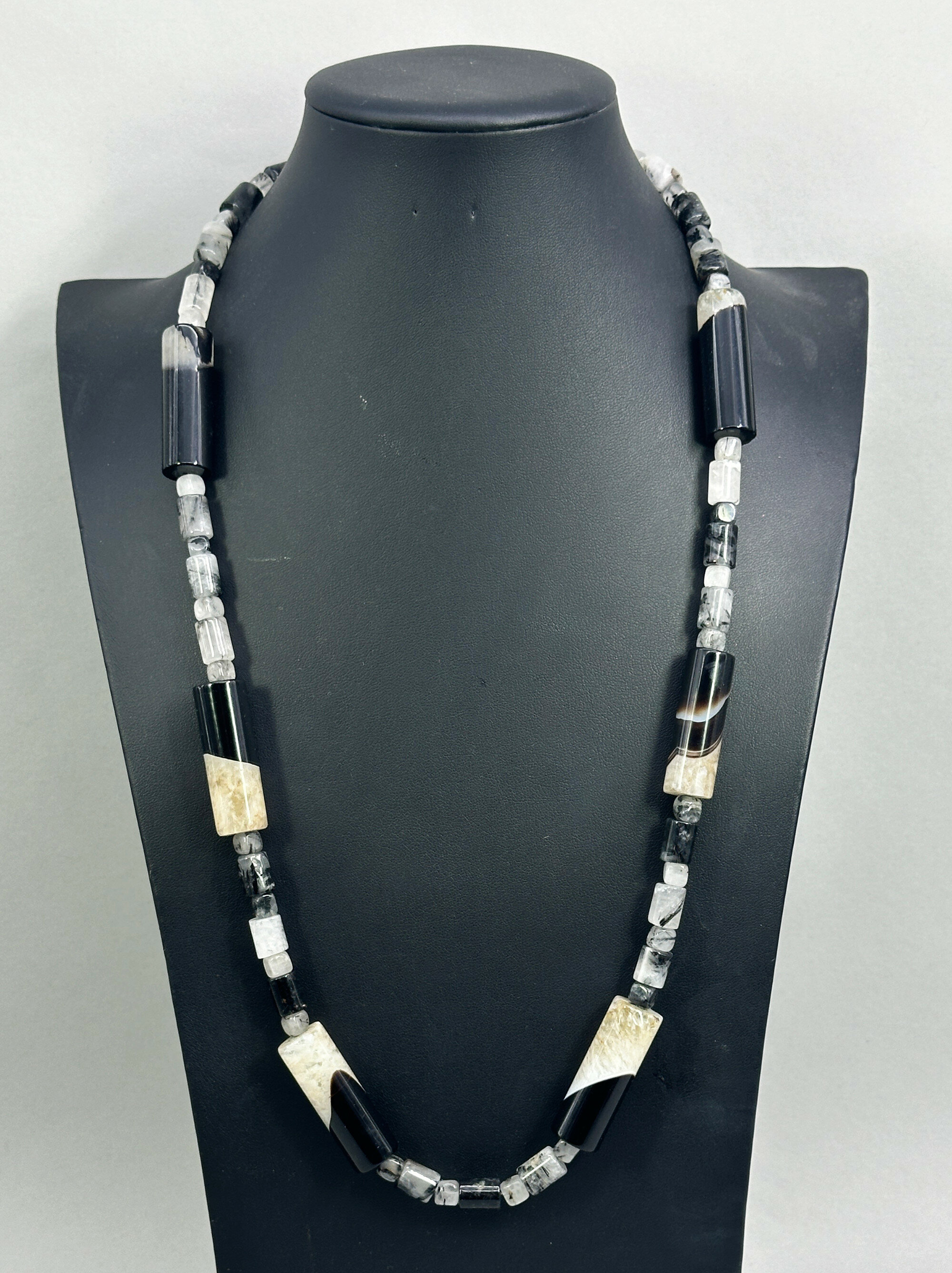
Monochrome tubular bead necklace, Modern
Price: £95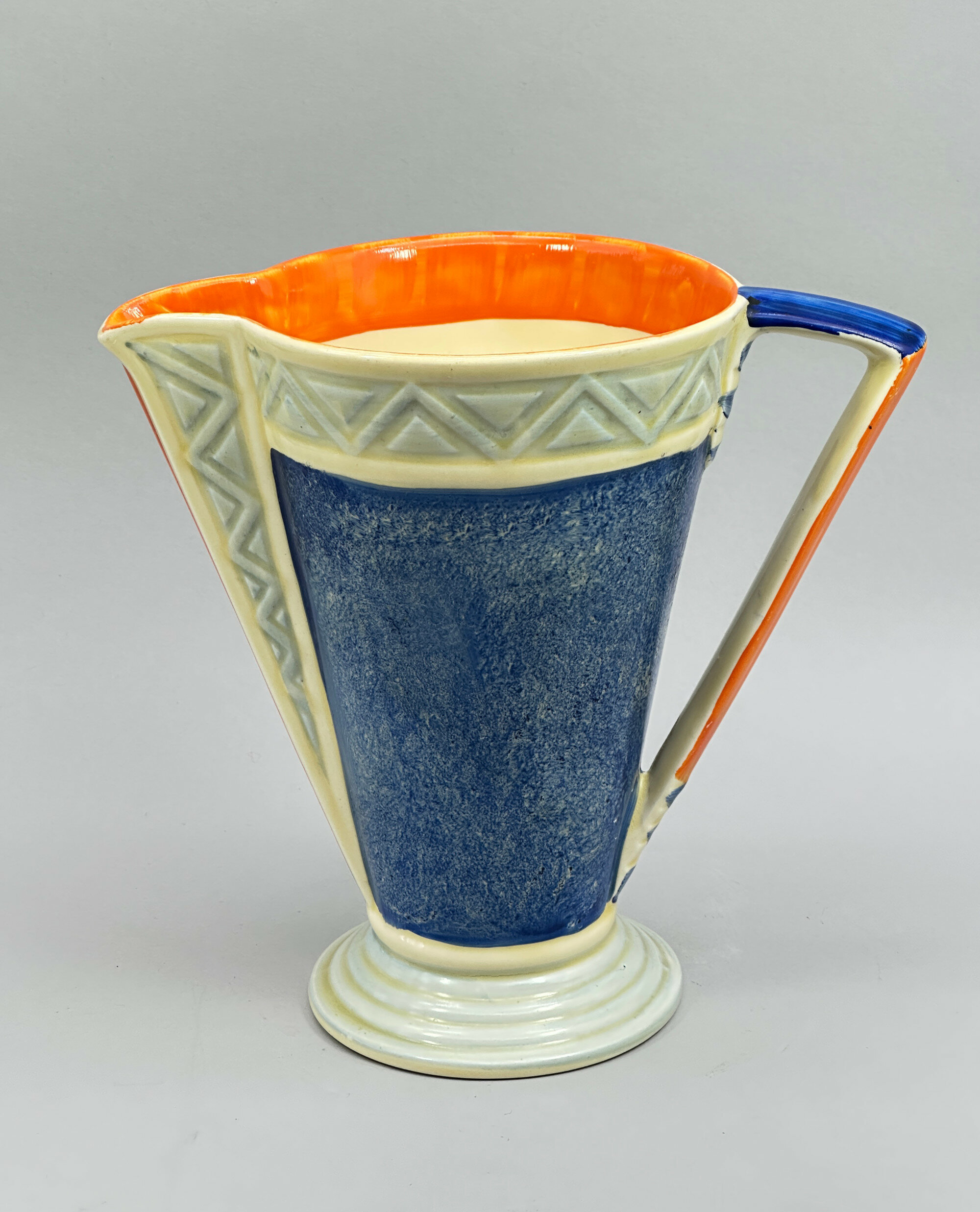
Myott Son & Co Art Deco style Jug, 1930s
Price: £75Myott Son & Co was one of famous the Staffordshire Potteries and traded for over 90 years. Founded in 1898, it began production in Stoke moving to Cobridge four years later. Its output was continuous but in 1949 the firm suffered a disastrous fire which reportedly destroyed the firm's records and pattern books and probably for this reason it relocated to Hanley. In 1969 it was bought by the American firm Interpace, but the Myott name was retained until 1976 when the company merged with Alfred Meakin Ltd, who were based in Tunstall, to form Myott-Meakin Ltd.
Myott now are best known for their Art Deco inspired designs from the 1930s. Following the success of their competitors, most notably the designs of Clarice Cliff, Myott established their own popular following and produced pieces which could rival the output of their celebrated competitors. This jug, with its clean lines and bold colours is an excellent example and like others of the same form bears the pattern umber ‘8498’. Some of their glazes were easily subject to wear and blue was less commonly used so both the condition and the colour range of this jug make it a highly desirable collector’s item.

Silver Monogram Celtic Style Brooch Hallmarked 1878/1879
Price: £45An advert for Edwin Umfreville appeared in 'The Bazaar, The Exchange and Mart - 19th April 1879' where one of his pieces is described. "Like all the “ E. U." jewellery that we have seen, the workmanship is first-class, and the design most tasteful."

Two mounted Wedgwood blue jasperware Cameo Brooches, C19th, C20th
Price: £10PLEASE NOTE THAT THERE IS FREE UK SHIPPING ON THIS ITEM. For international buyers the shipping cost will be reduced by the UK shipping cost, so don't worry if you are outside the UK, you still receive this benefit!

A Celtic or Pictish Brooch decorated with Horses, St Justin of Cornwall, circa 1980
Price: £10Inverurie is a town in Scotland where Pictish carved stones are found in the graveyard dating from the 7th Century. The Picts were a tribe of peoples living in the East and North of Scotland. Little is known of their origins but they were called 'Picts' by the Romans because of their painted and tattooed bodies. The Inverurie horse is the inspiration for this brooch. The actual design of the three horses was created by George Bain (1881-1968) the Scottish artist and teacher, famous for chronicling Celtic Art.
St Justin of Cornwall is well known for the production of 'craft' pieces in a variety of forms and materials. This piece probably dates to the 1980s and certainly cannot be found in their current catalogue.
PLEASE NOTE THAT THERE IS FREE UK SHIPPING ON THIS ITEM. For international buyers the shipping cost will be reduced by the UK shipping cost, so don't worry if you are outside the UK, you still receive this benefit!
Two lacquer bird brooches 1980s
Price: £15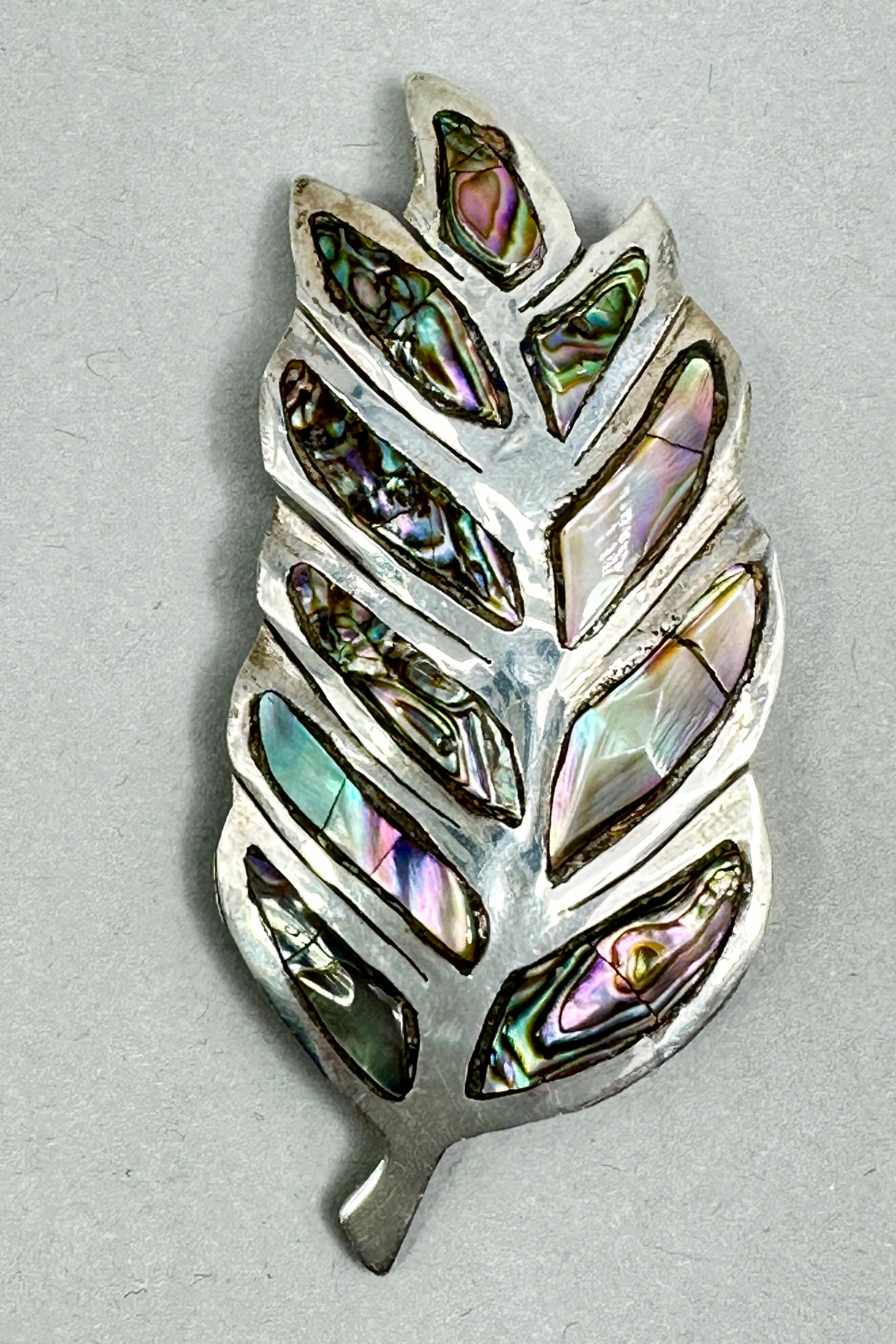
Taxco leaf shape brooch set with Abalone, c1950
Price: £45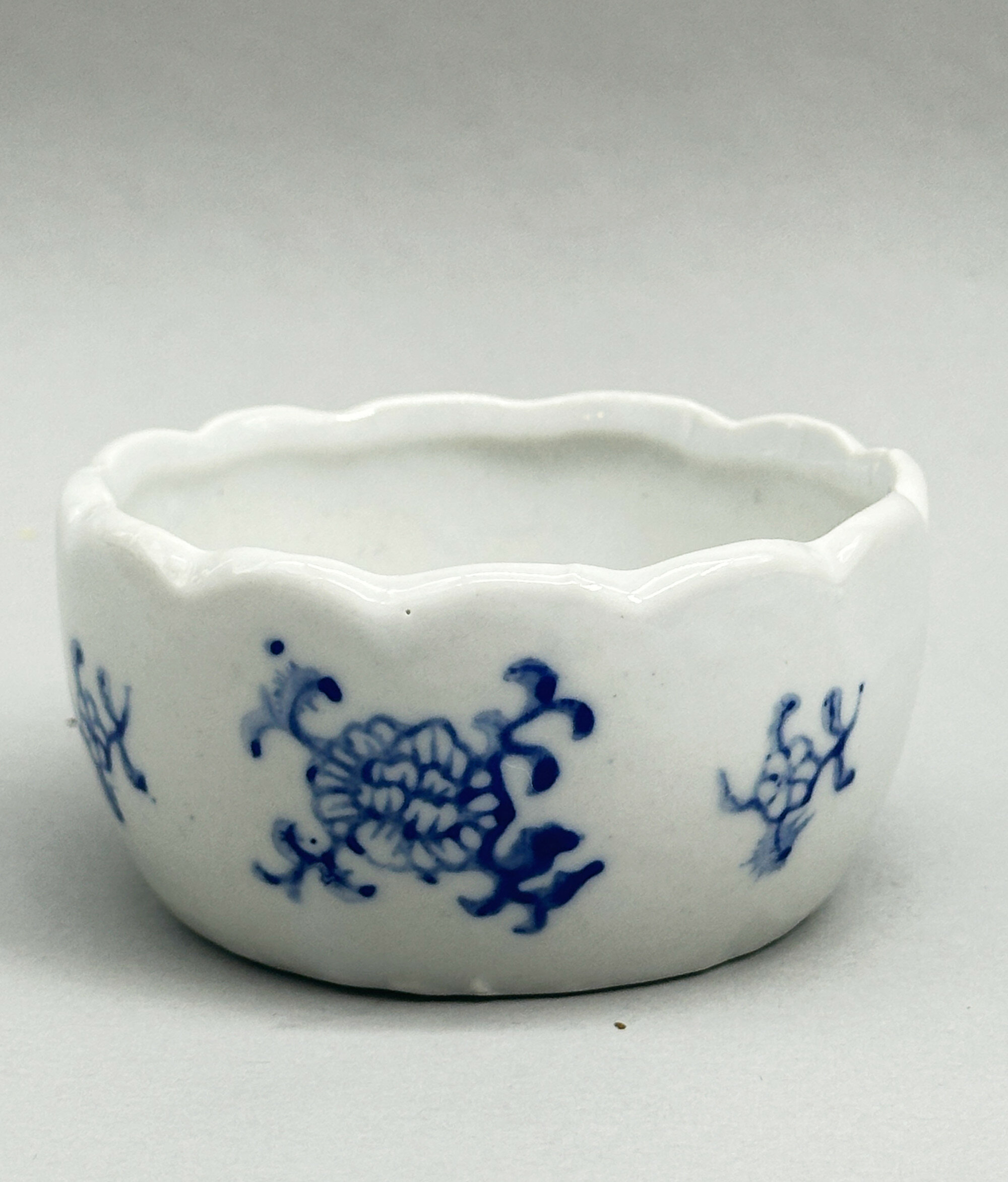
Japanese Arita Brushwasher, C20th
Price: £25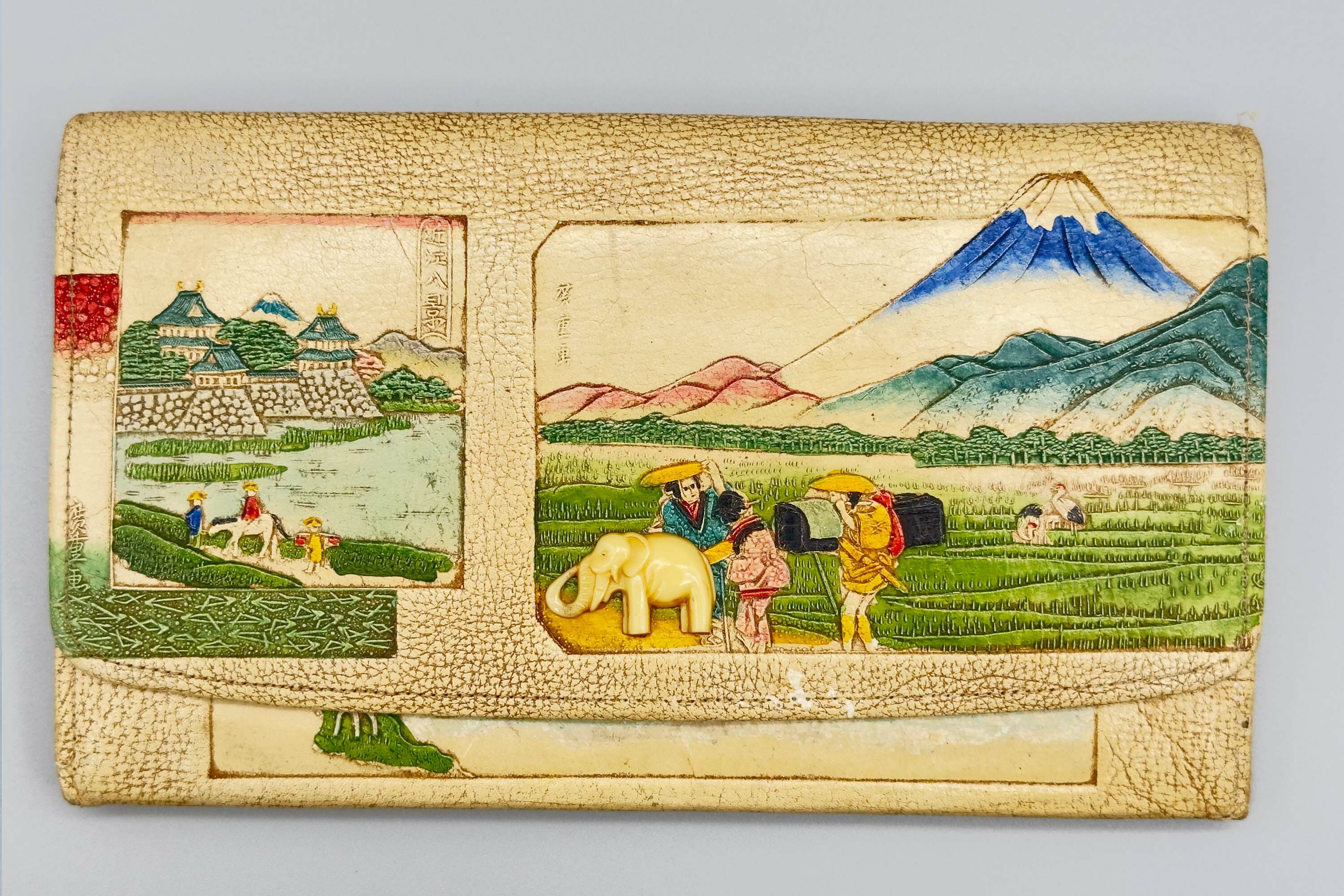
Japanese tooled and painted Leather Clutch Bag, 1930s
Price: £85
Vintage Wicker and Plastic Woven Basket with Handles, probably mid C20th
Price: £45
Beautiful paste evening necklace c1940
Price: £25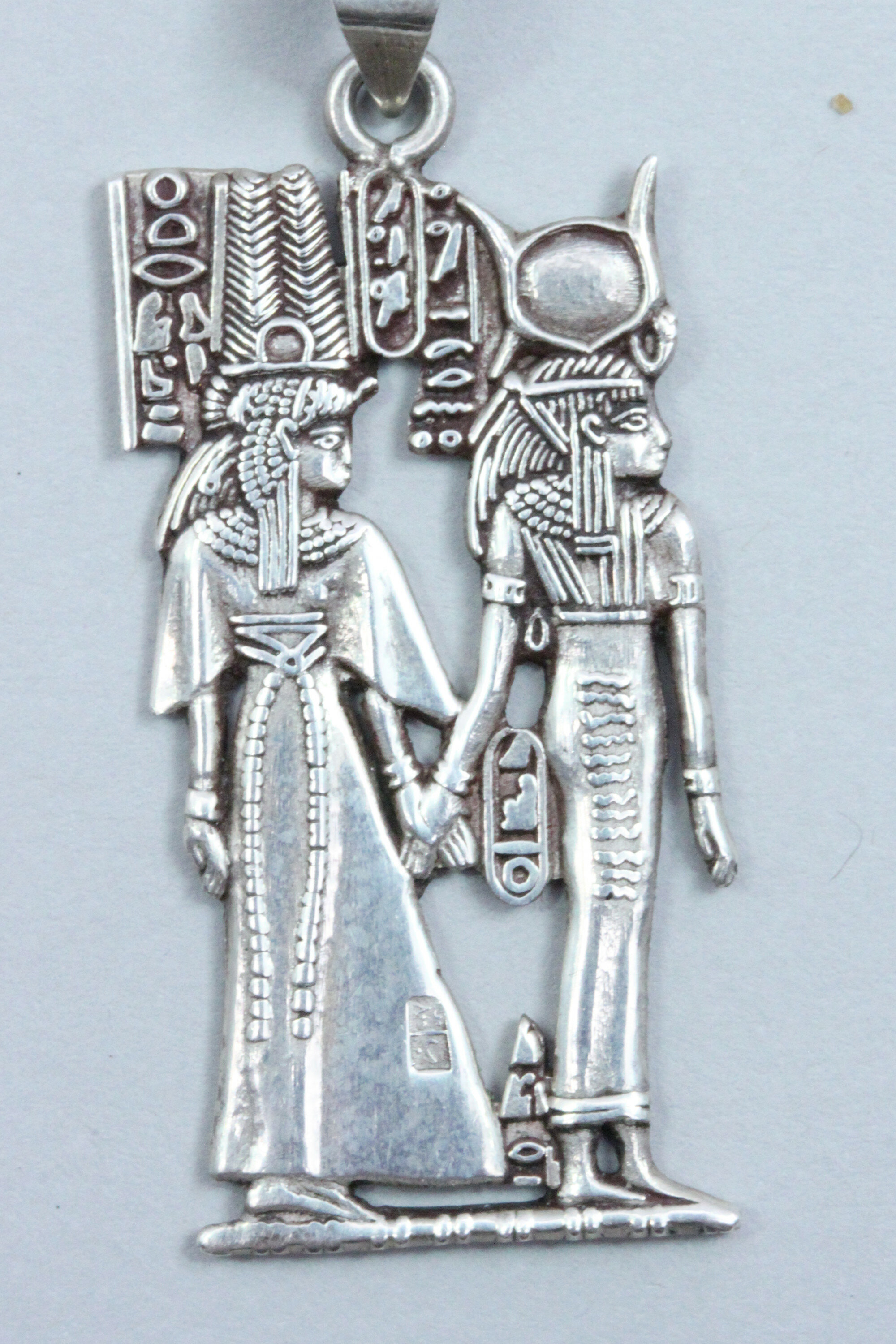
Silver Pendant, Tutankhamun and Ankhsenamun, Egyptian 1950s
Price: £35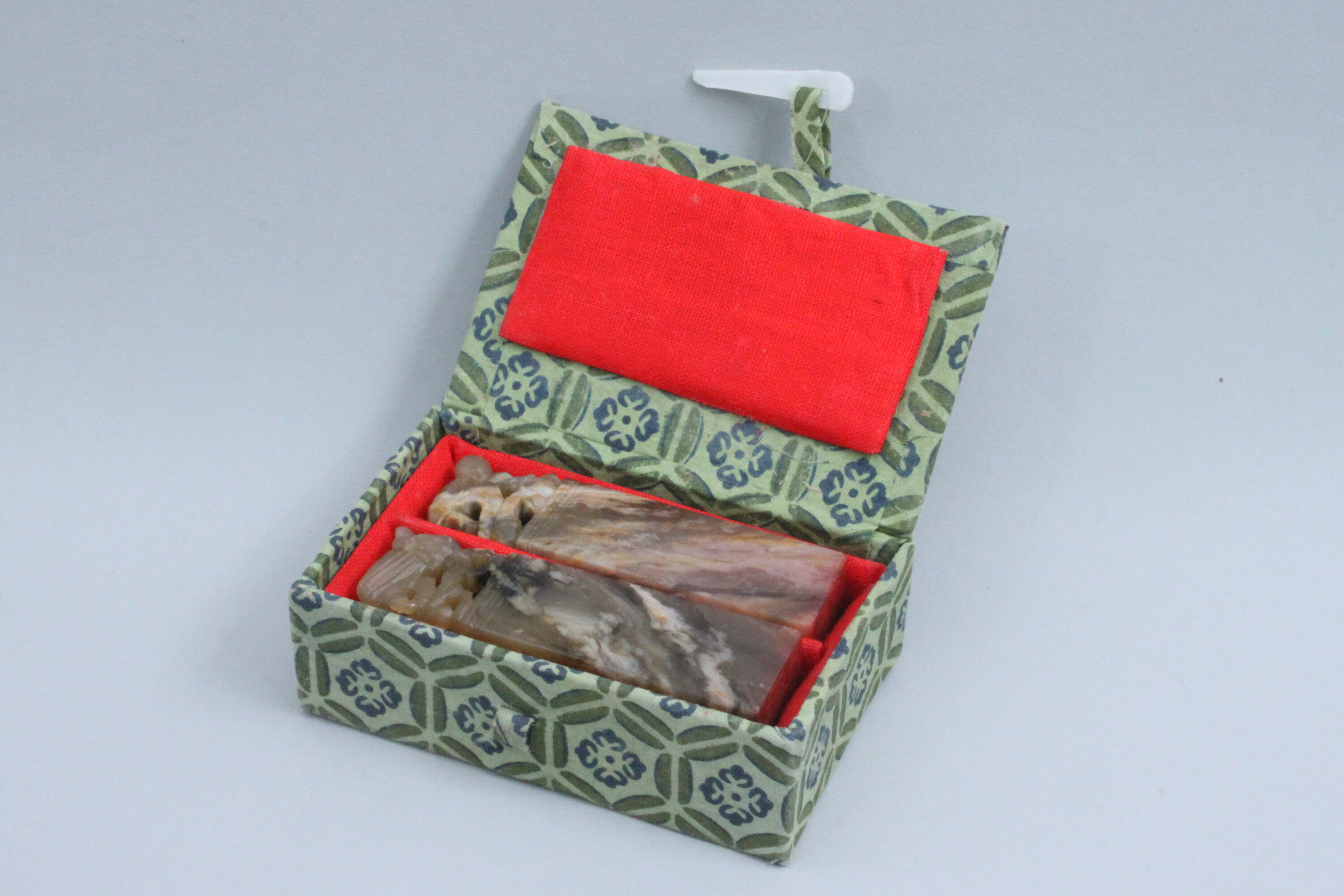
Pair of Chinese Soapstone Seals in a fitted box, C20th
Price: £45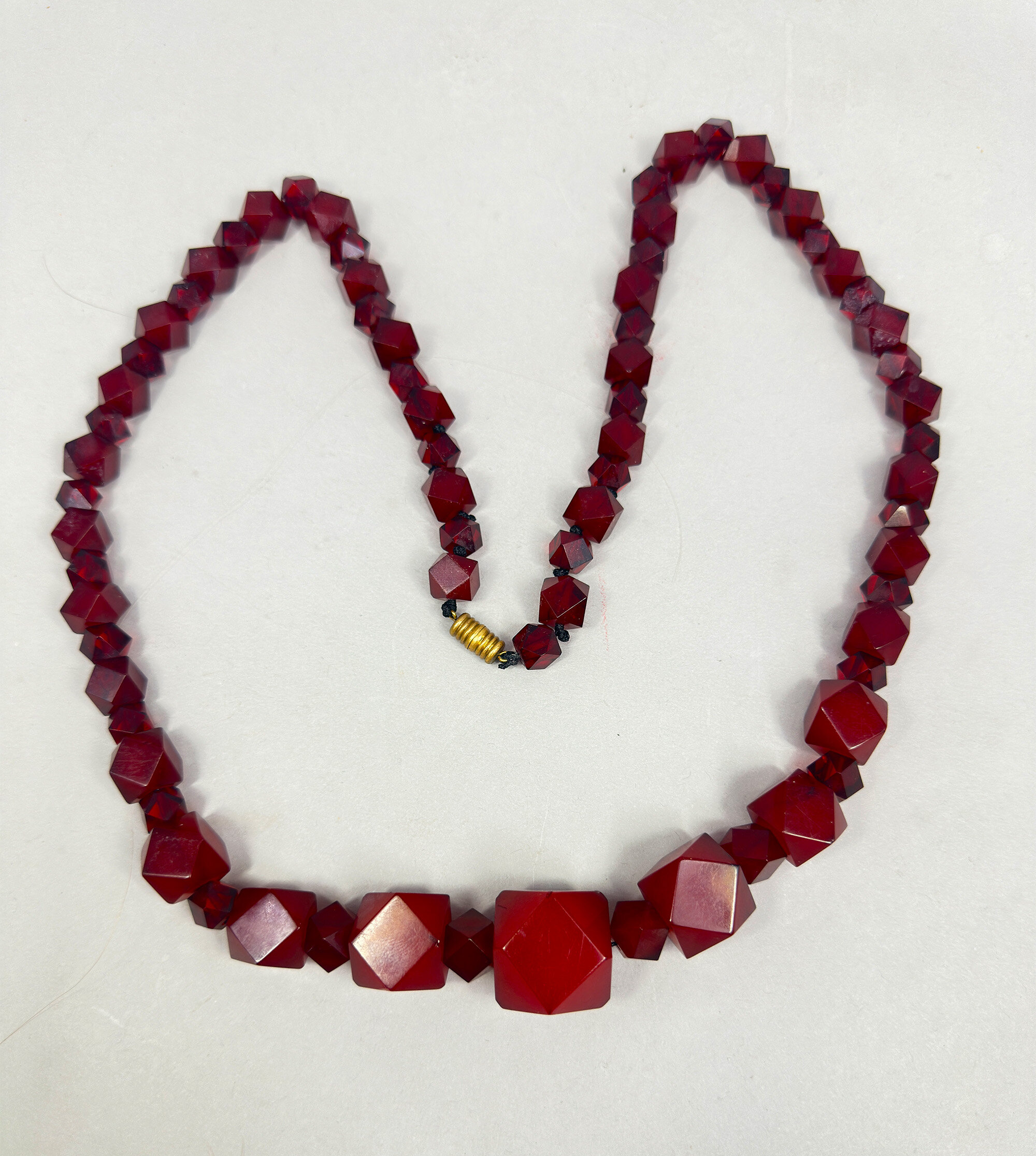
Art Deco Bakelite beads c1930
Price: £150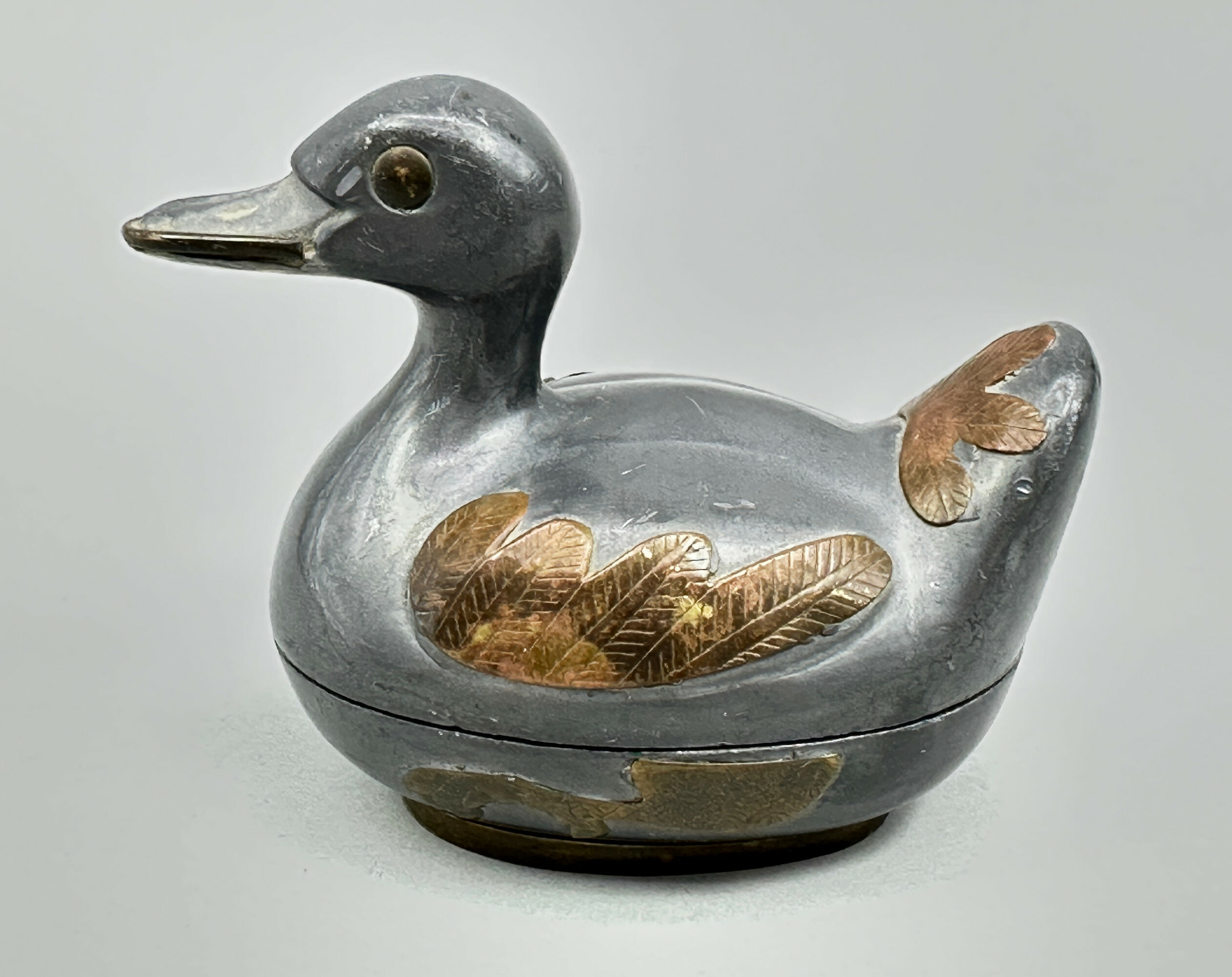
Pewter and brass box and cover in the form of a Mallard Duck, Gatco, Hong Kong, 1960s
Price: £25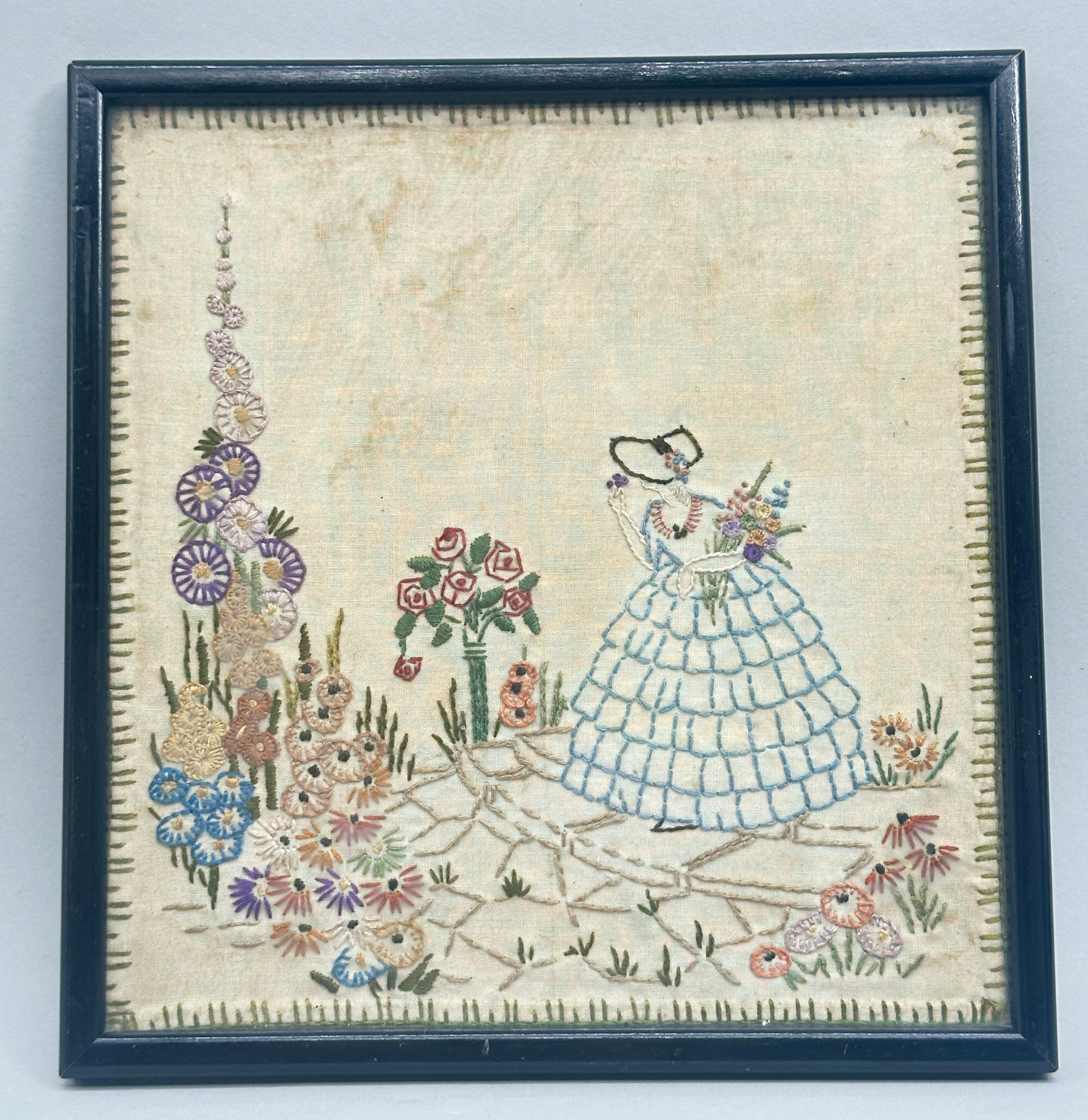
Vintage Needlepoint Picture of a lady dressed in a crinoline, framed, probably 1930s
Price: £25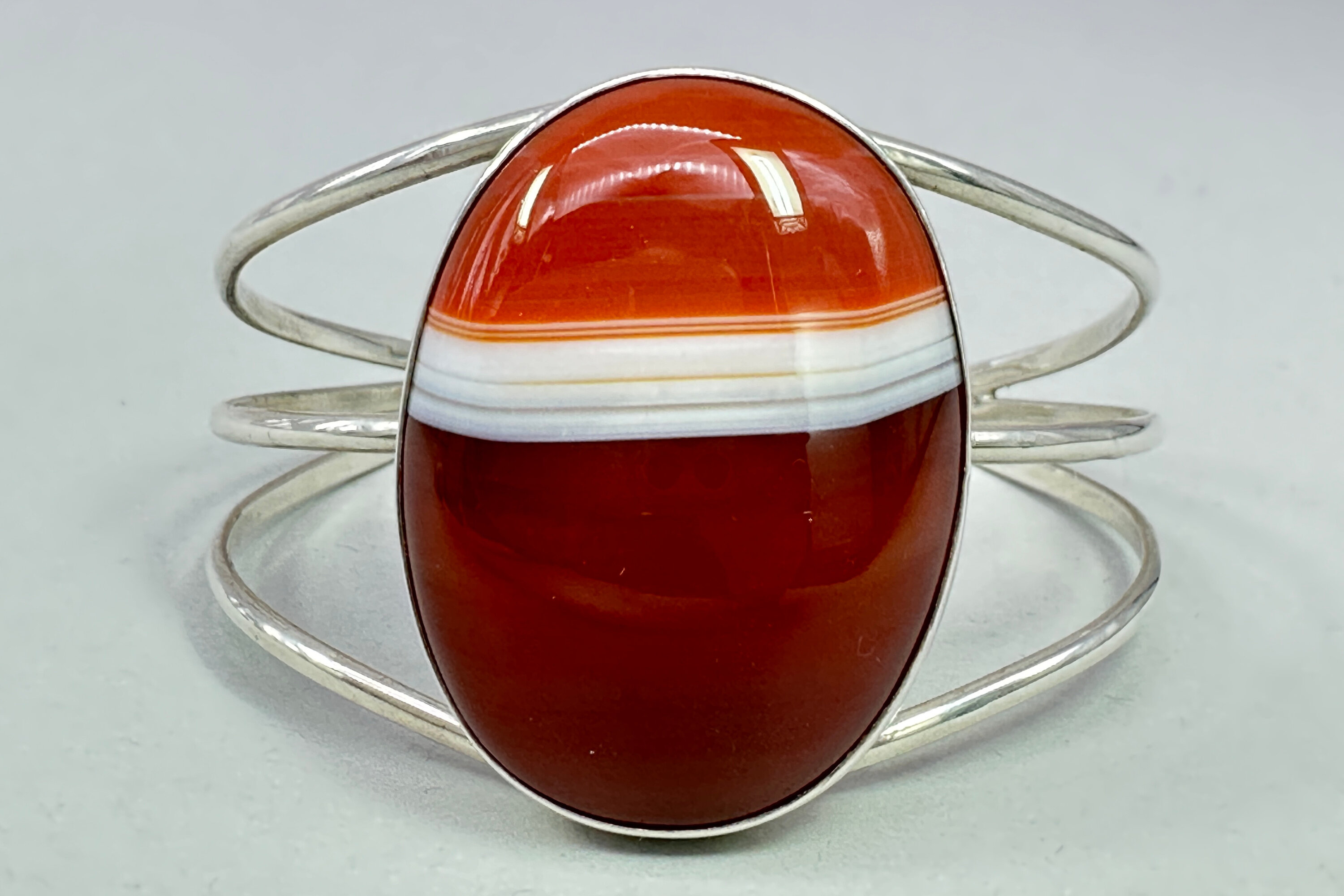
Silver cuff bracelet set with Scottish banded carnelian stone, Birmingham 1975
Price: £85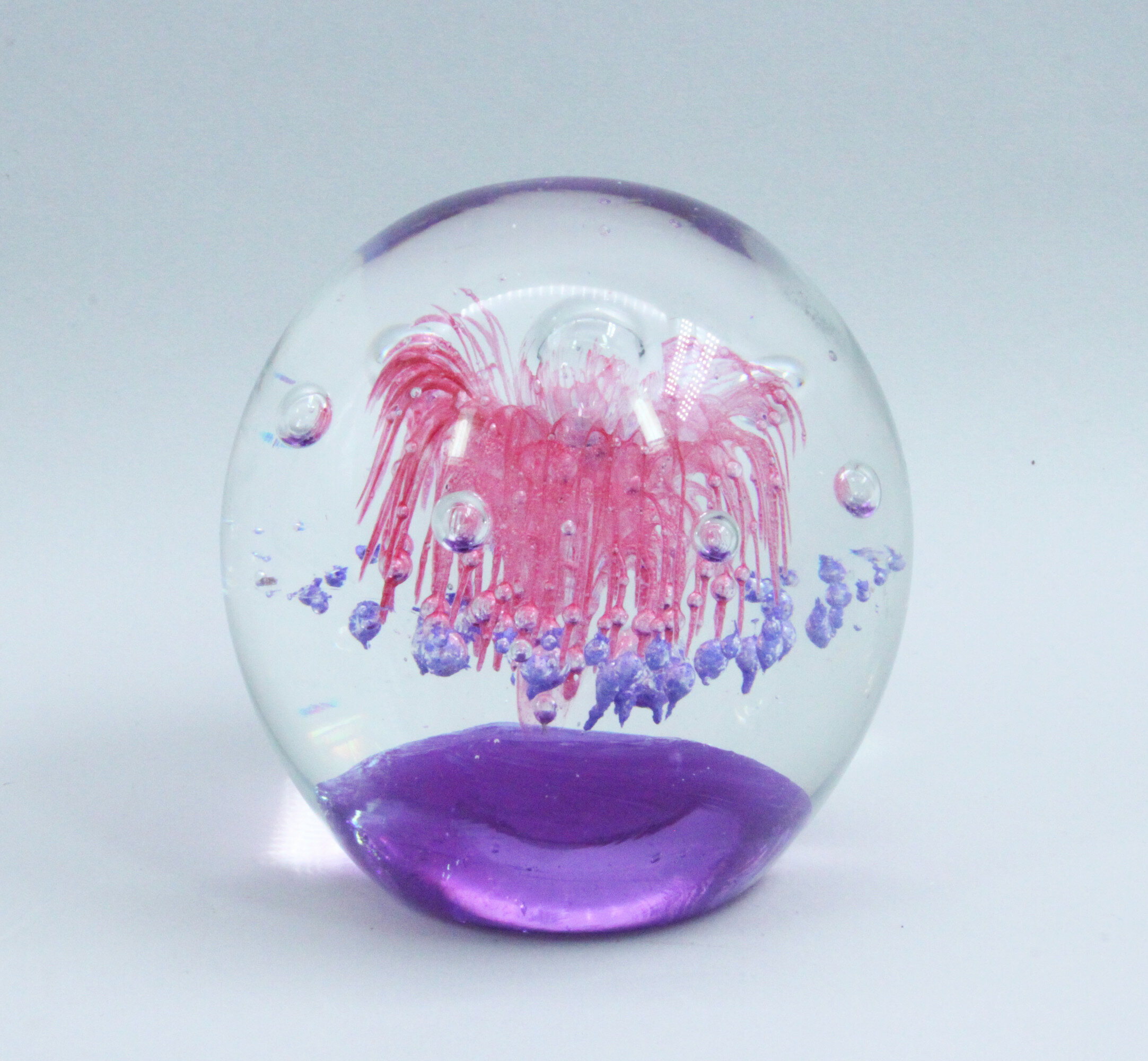
Art Glass Doorstop with Starburst and Bubble designs, perhaps British, late C20th
Price: £45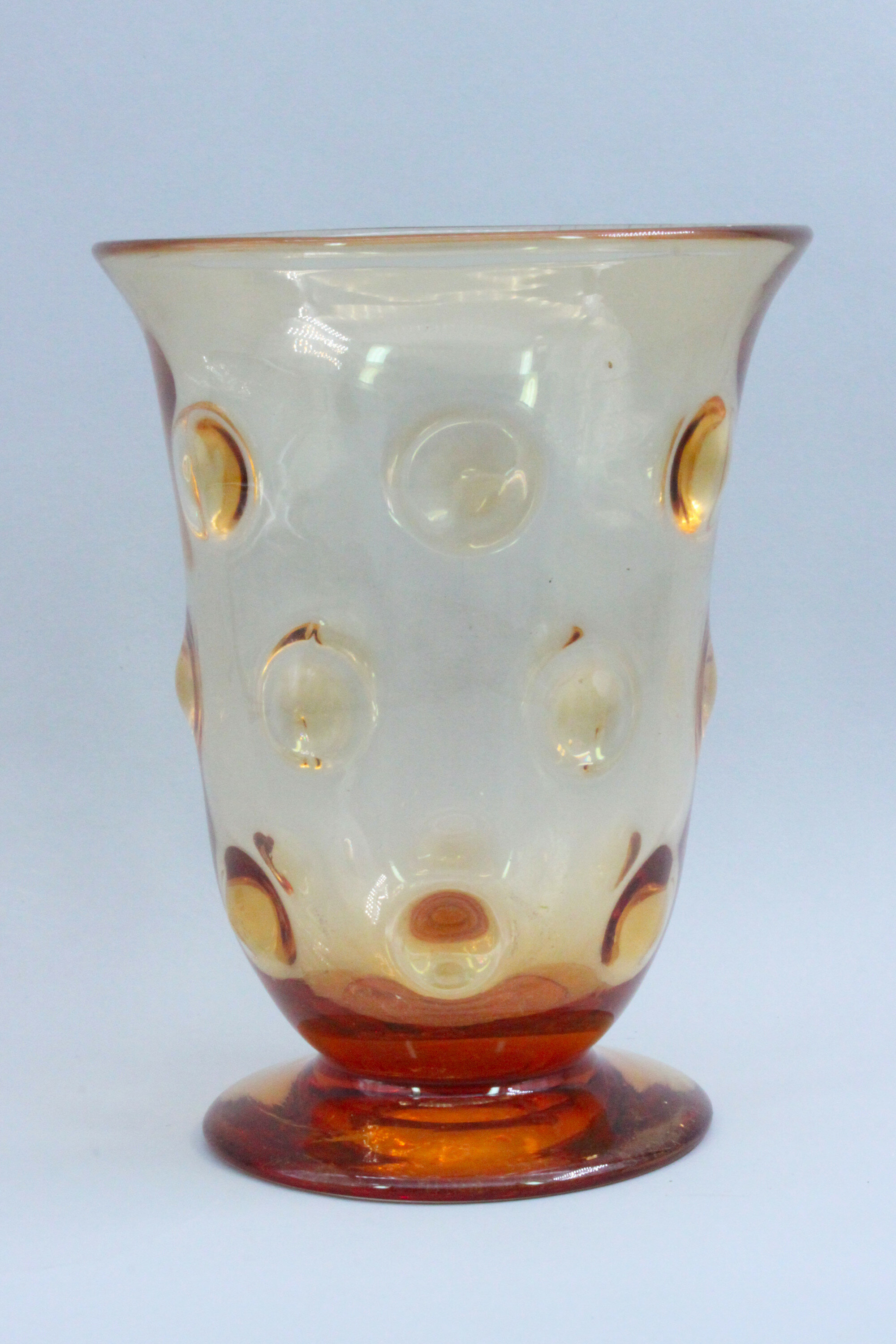
Golden Amber Webb Glass Vase, marked, 1950s
Price: £45Thomas Webb began his glass career in 1829, when he became a partner in the Wordsley Glassworks. Various career changes followed and in 1859 he was joined by his sons Thomas Wilkes Webb and Charles Webb and began trading as Thomas Webb & Sons based in Stourbridge. The firm was run by various family members until mergers started to occur in the early twentieth century and Sven Fogelberg, previously from Swedish glassworks Kosta, became manager in 1932. Production continued with more mergers in the 1960s and 1970s until the firm closed in 1990. This vase was made by Thomas Webb during the 1950s as part of their 'Gay Glass' range in a design called 'Old English Bull's Eye' and has the typical 'Webb England' mark to the base.

Chinese Majolica Style Brush Holder modelled as a Crane, mid C20th
Price: £25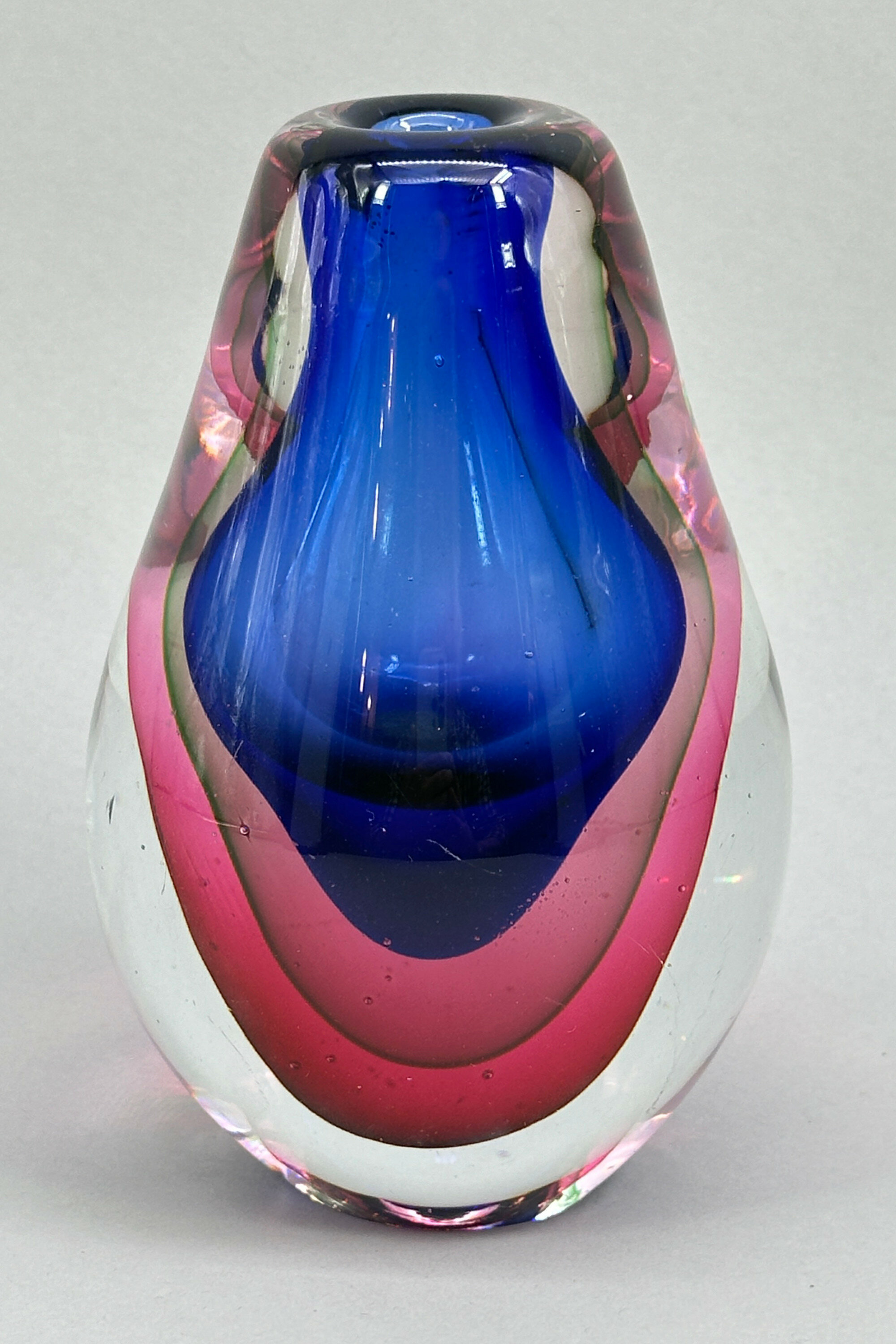
Murano glass four layer Sommerso tear drop shape Vase, 1960s
Price: £55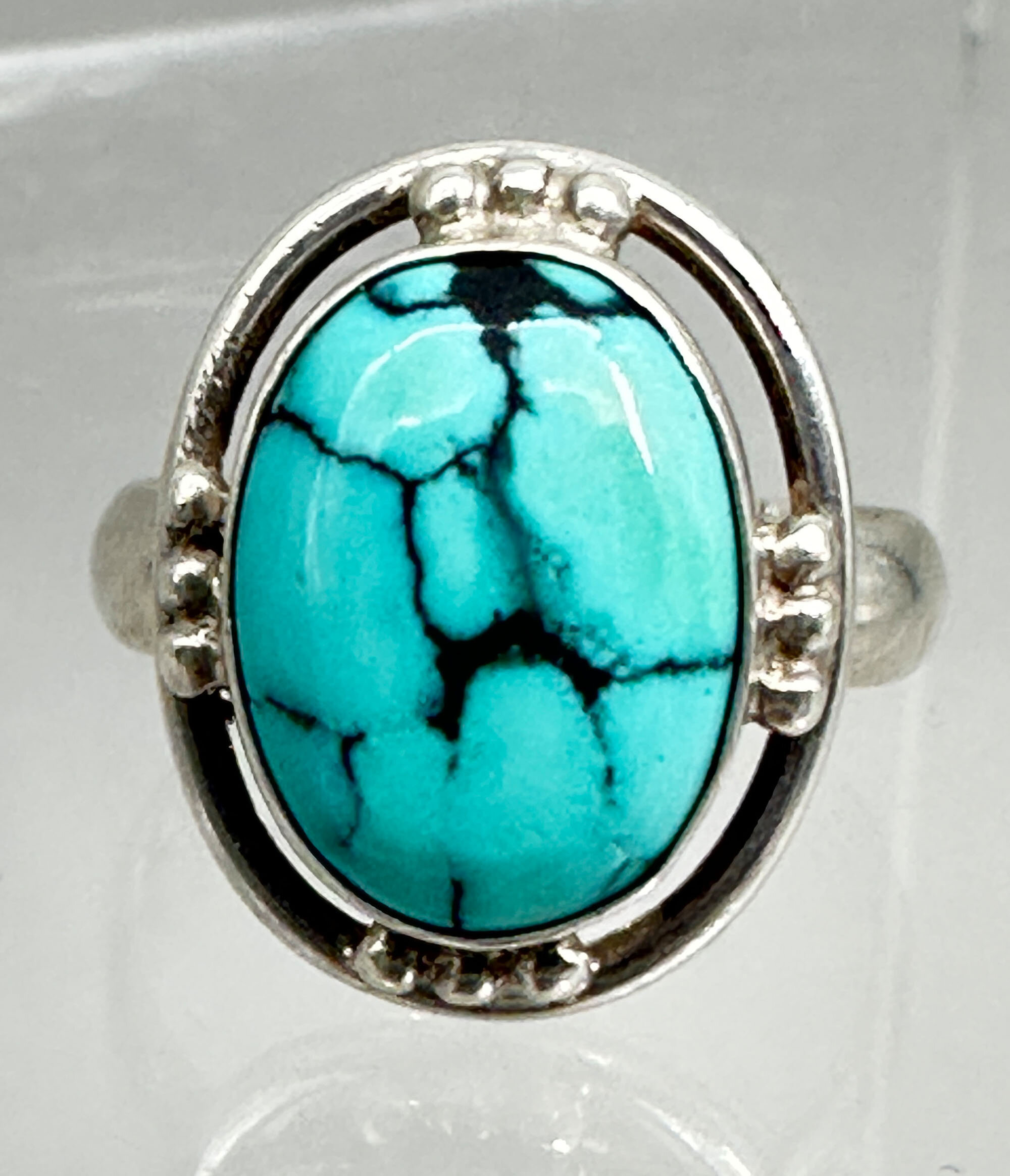
North American turquoise ring c1990
Price: £75
Pewter and brass box and cover in the form of a Mallard Duck, Gatco, Hong Kong, 1960s
Price: £25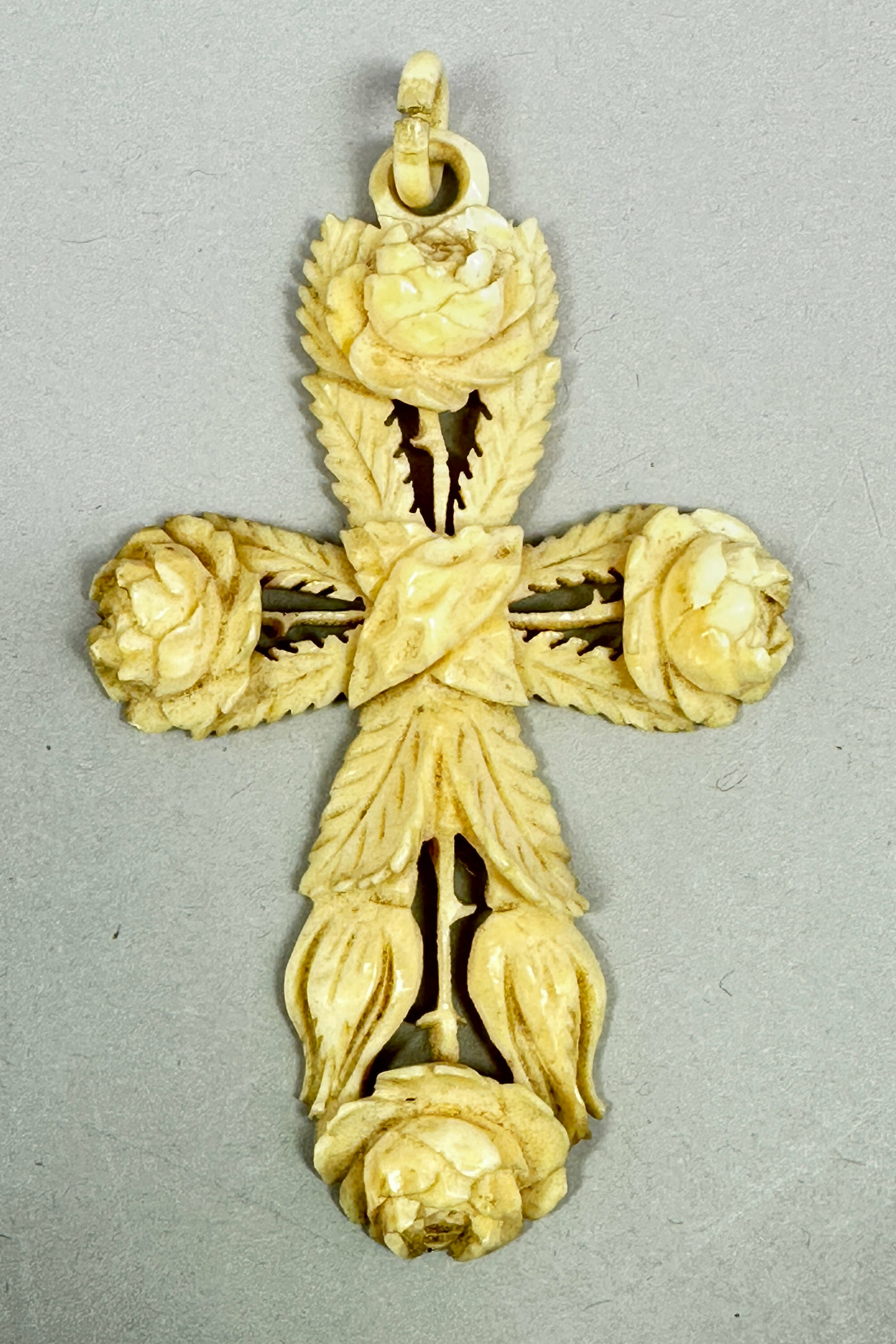
Victorian carved celluloid cross c1900
Price: £45
Pair of silver fobs adapted as earrings, Birmingham 1904 & 1905
Price: £75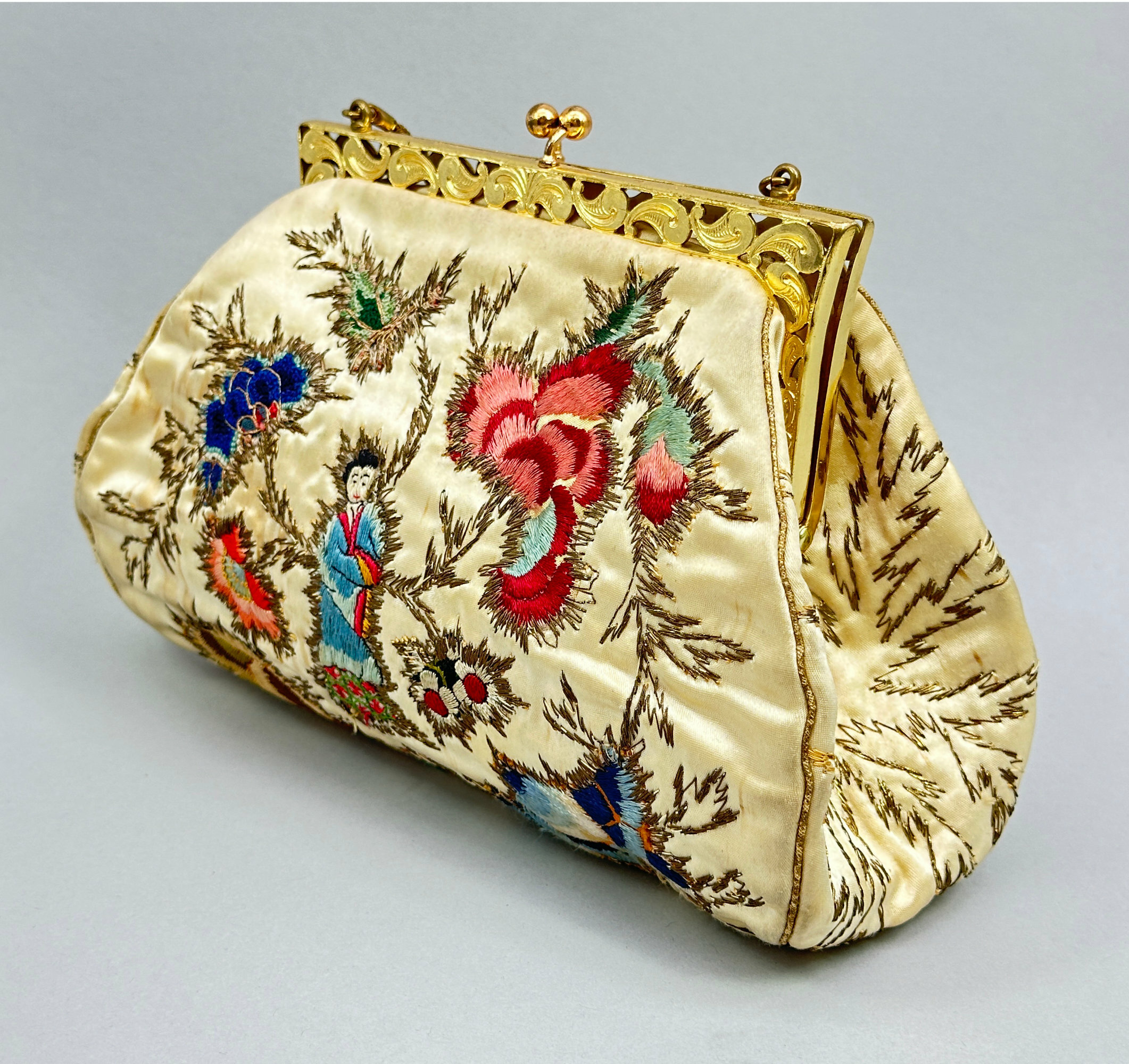
English silk handbag with embroidered Chinoiserie design c1950
Price: £95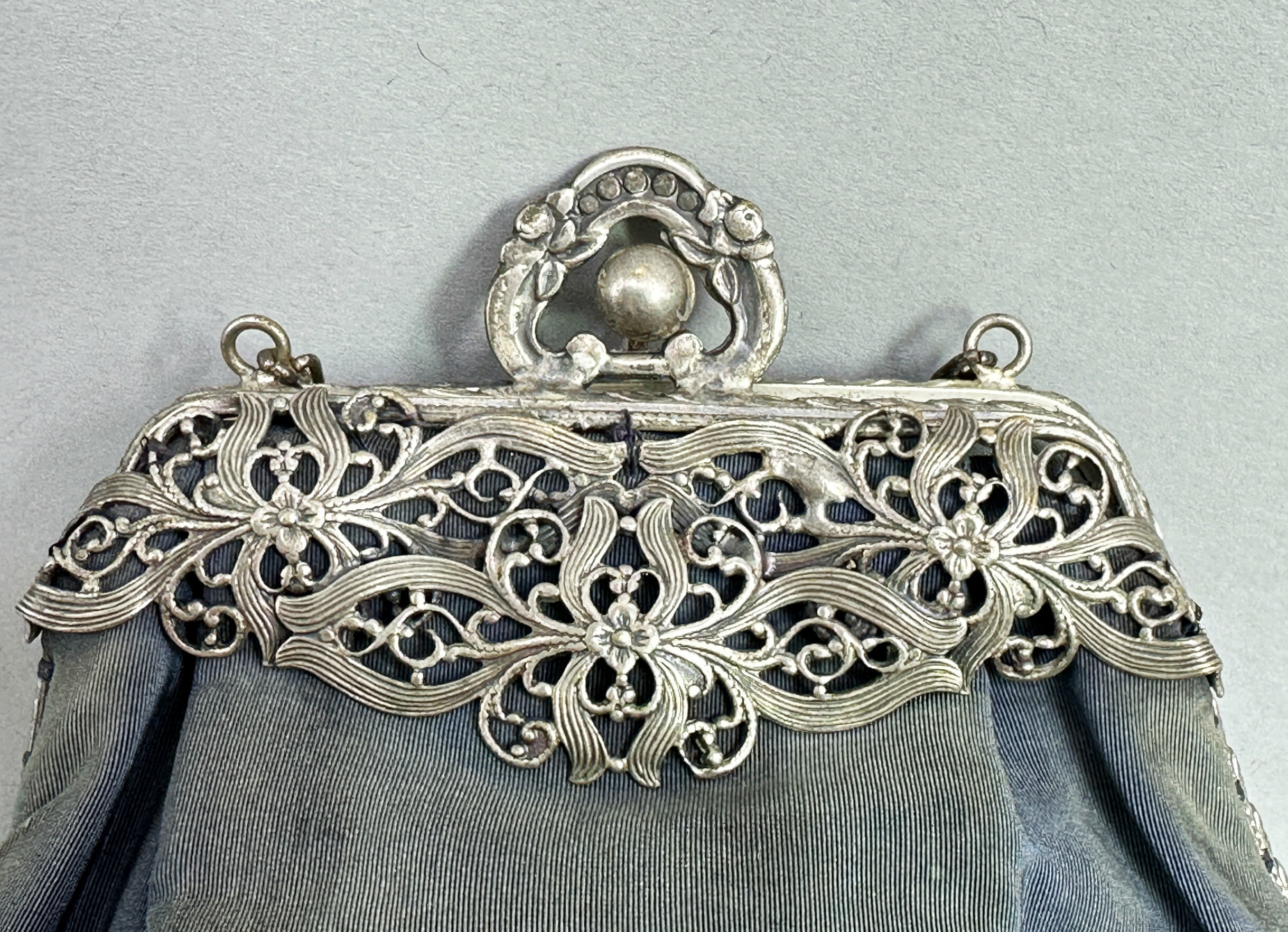
Victorian filigree style handbag c1900
Price: £25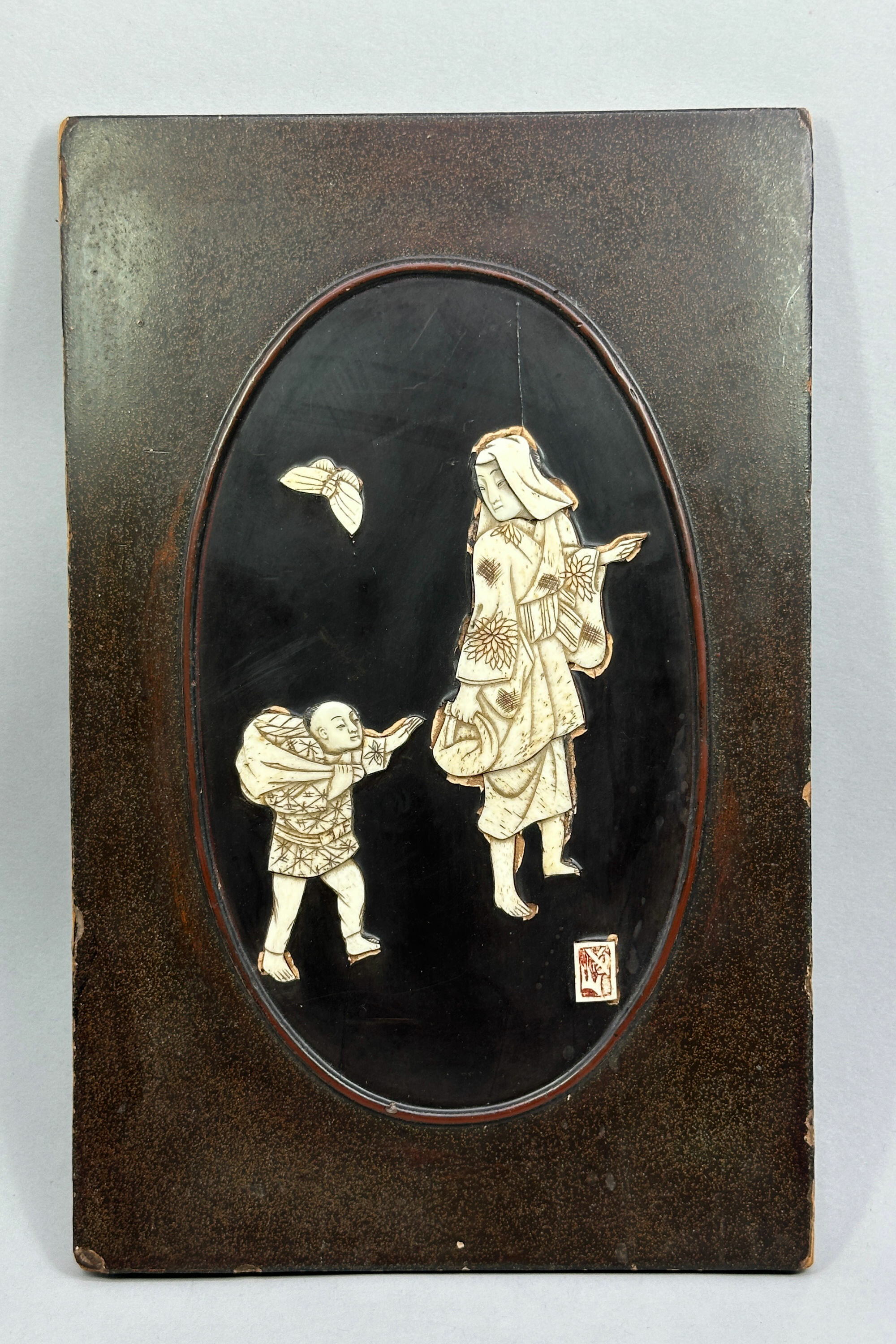
Japanese Bone and Lacquer Plaque, Lady and Boy, signed, late C19th
Price: £45These bone and lacquer plaques were produced in great quantities by Japanese artists in the late nineteenth century for export to the West and became a familiar feature of the European drawing room. The medium was easily subject to damage and loss, especially in respect of the bone inlay, and while this example has some slight damage this is confined to a crack in the lacquer ground of the panel itself and some chipping to the extremities of the panel. The decoration of the figures remains intact (the surround seems to have been cut away in some places to give added definition to the composition) and allows appreciation of the skill with which they were carved, presenting a genre scene of great charm.

Framed Chinese painting on silk, two Silk Dyers, C19th/C20th
Price: £15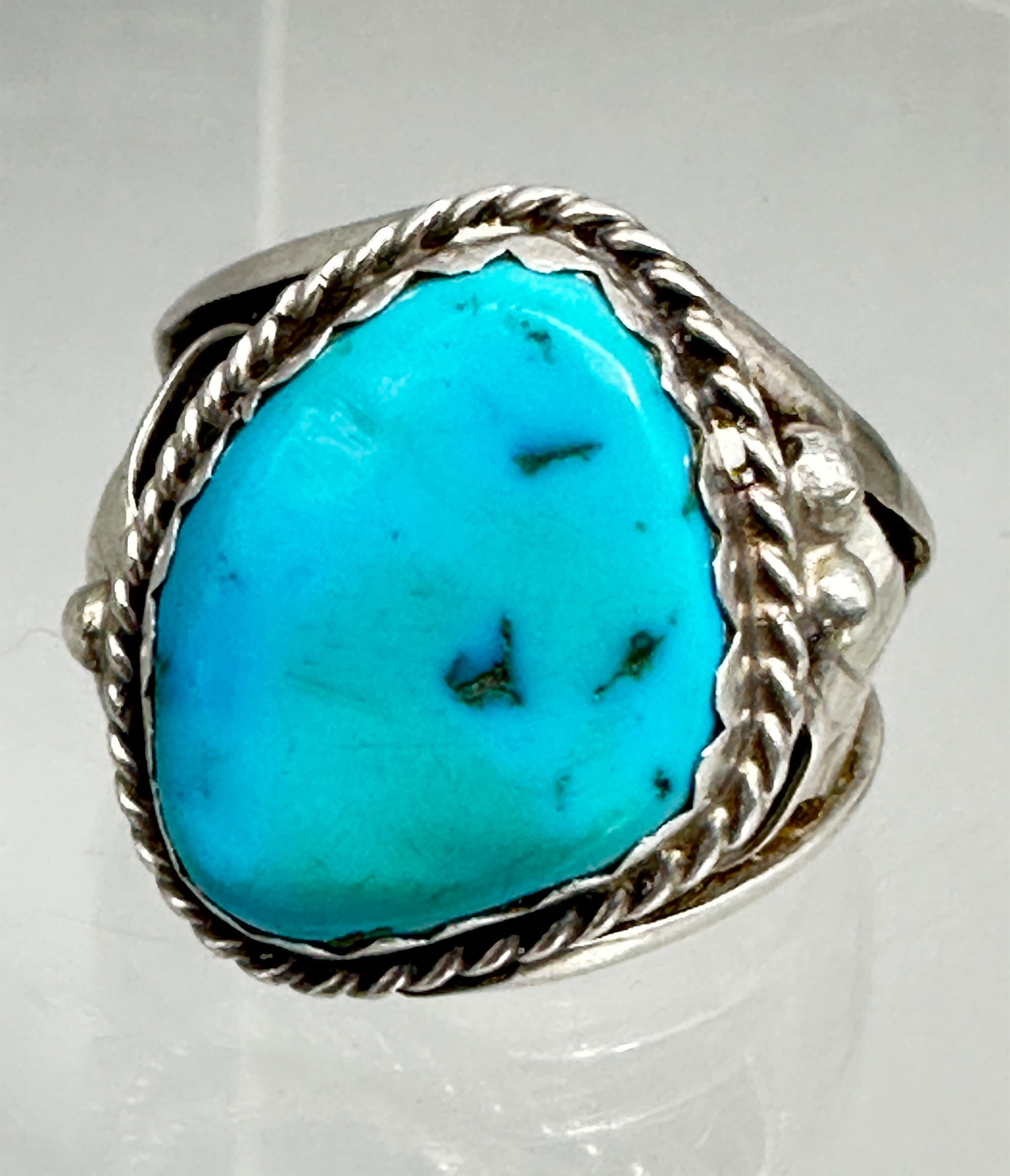
Navajo turquoise ring c1960
Price: £125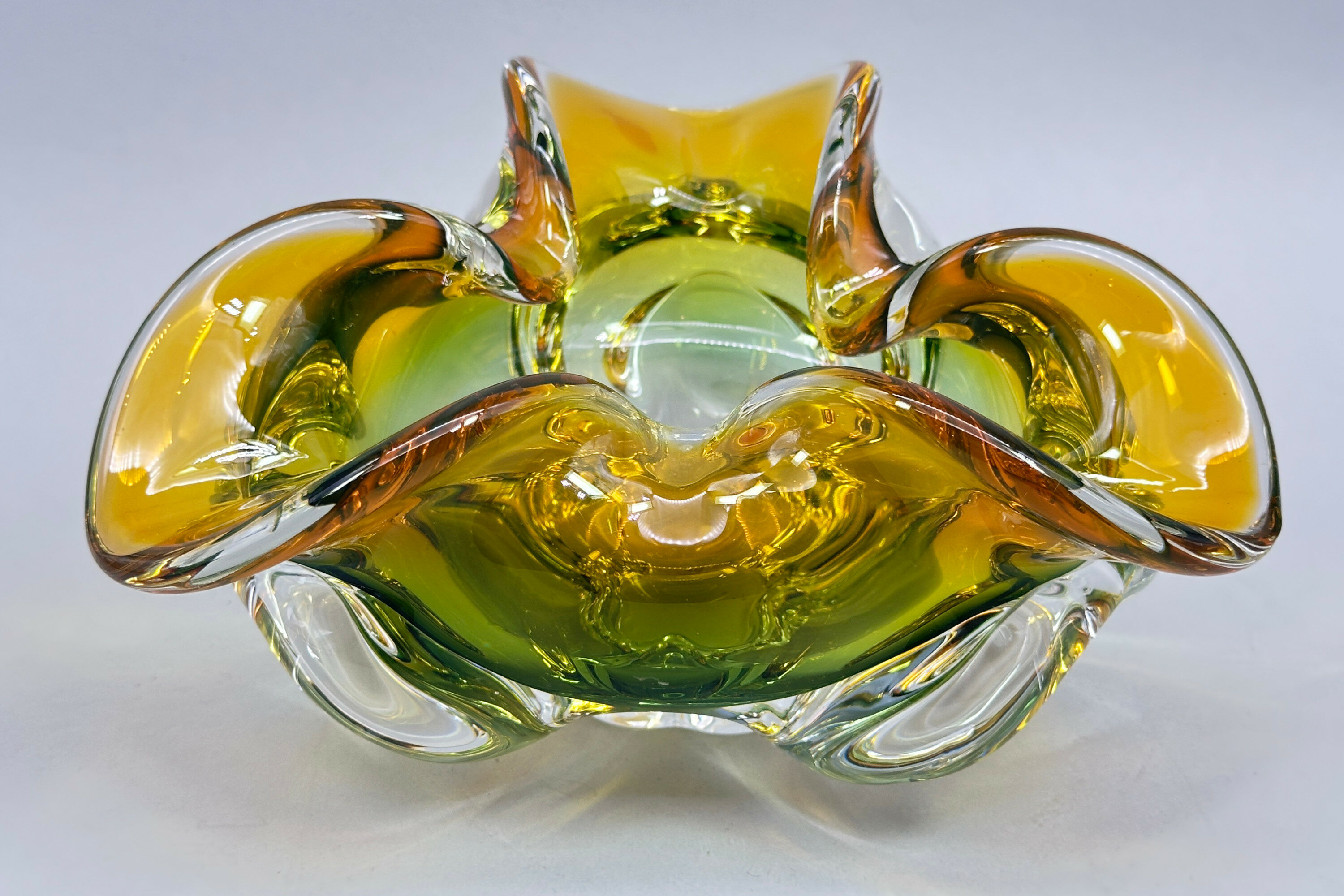
Chřibská Glass bowl designed by Josef Hospodka, Czech 1970s
Price: £75
